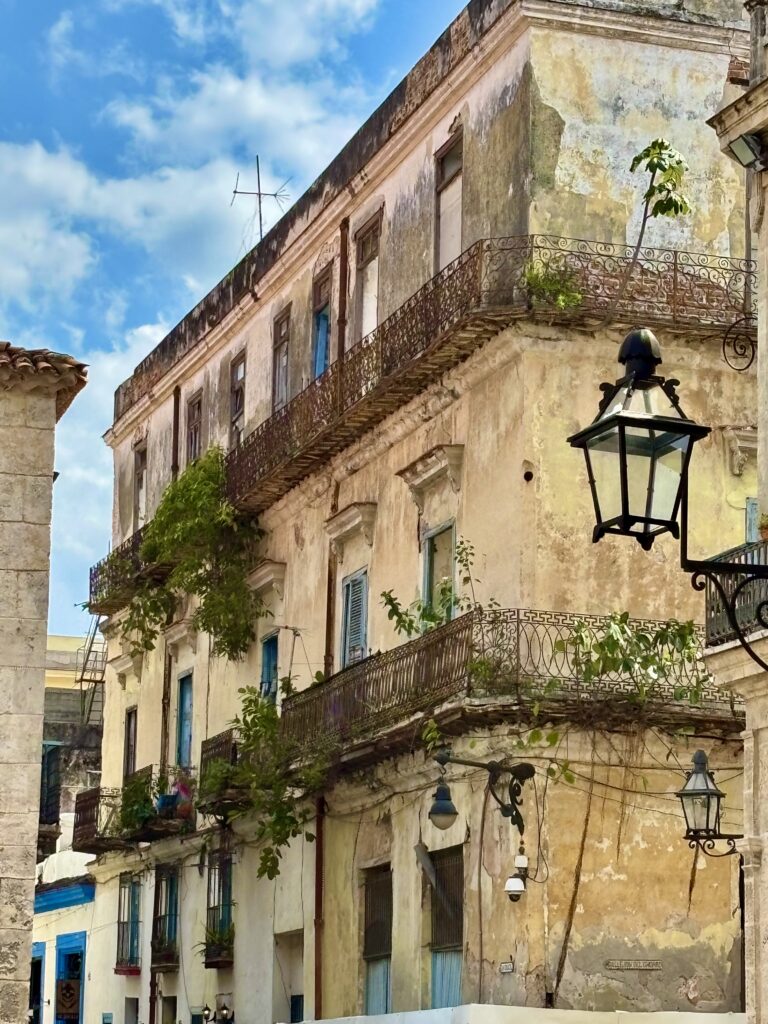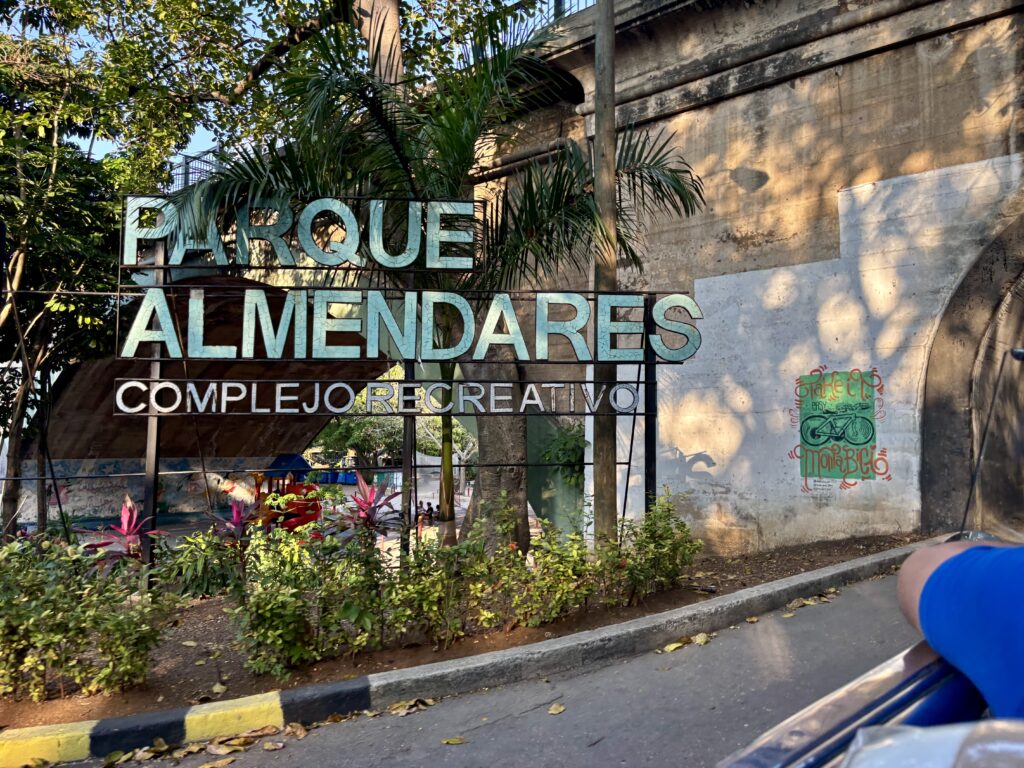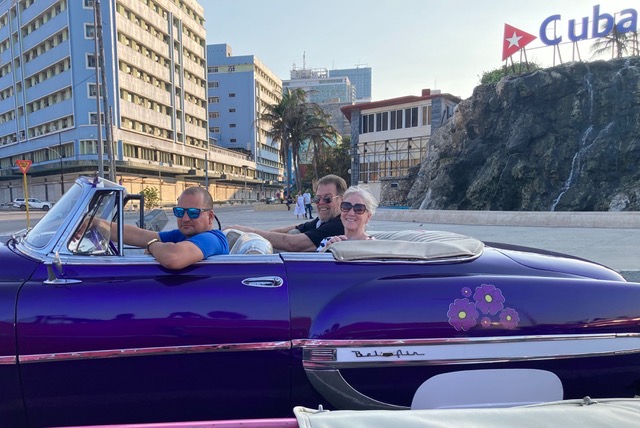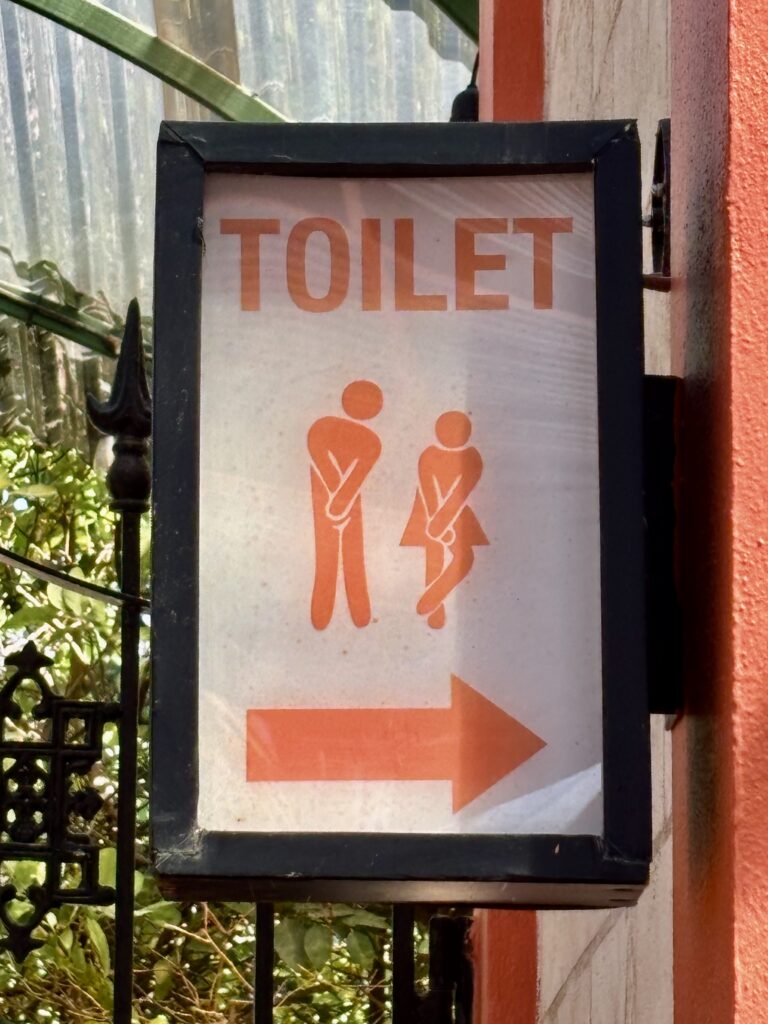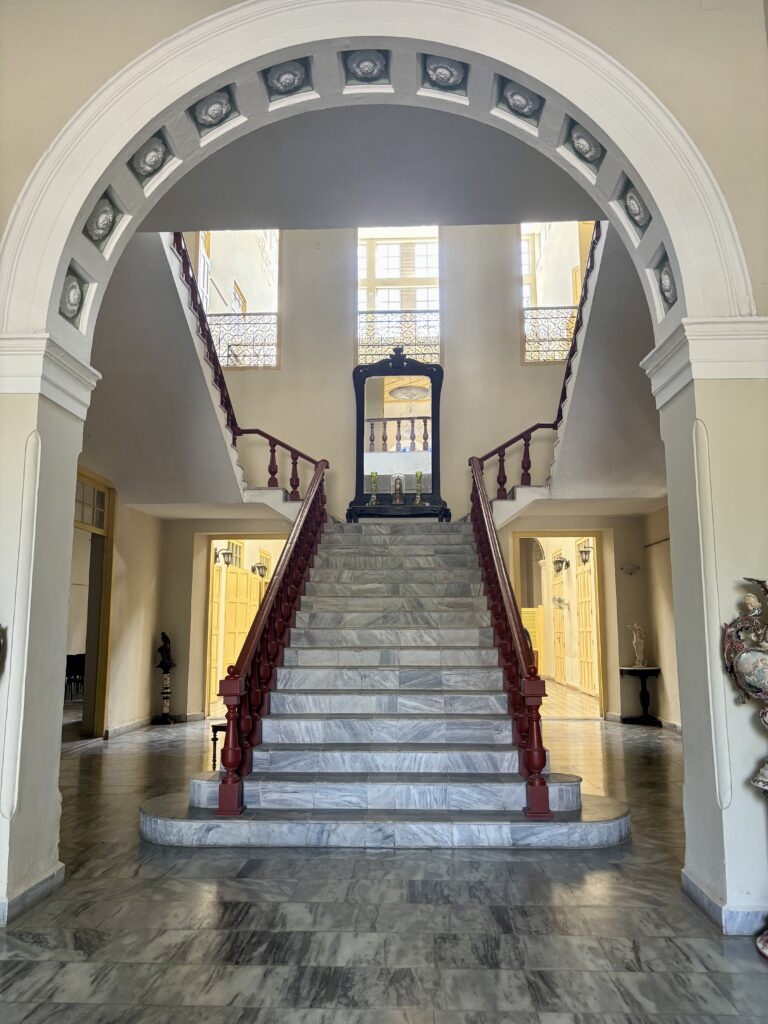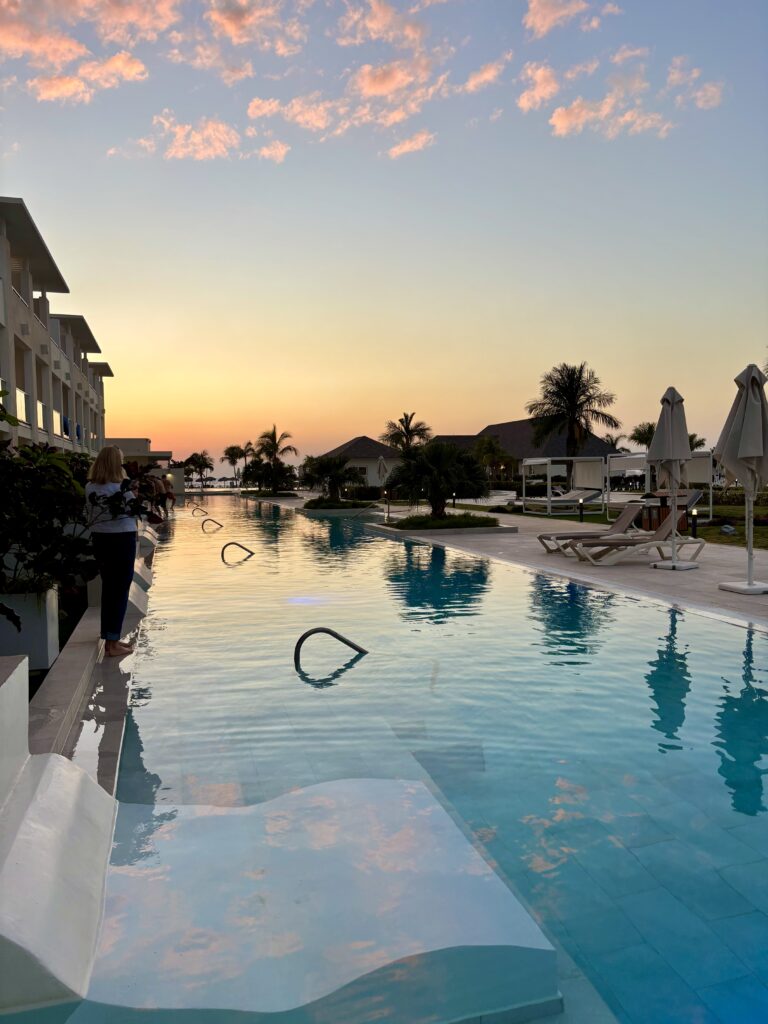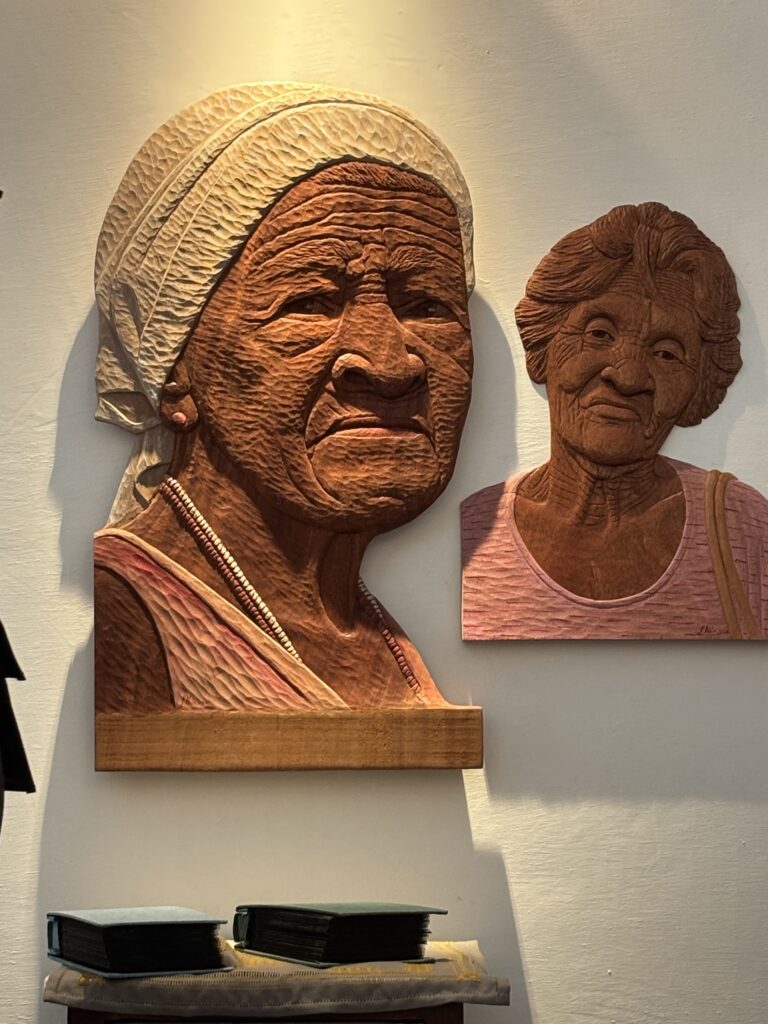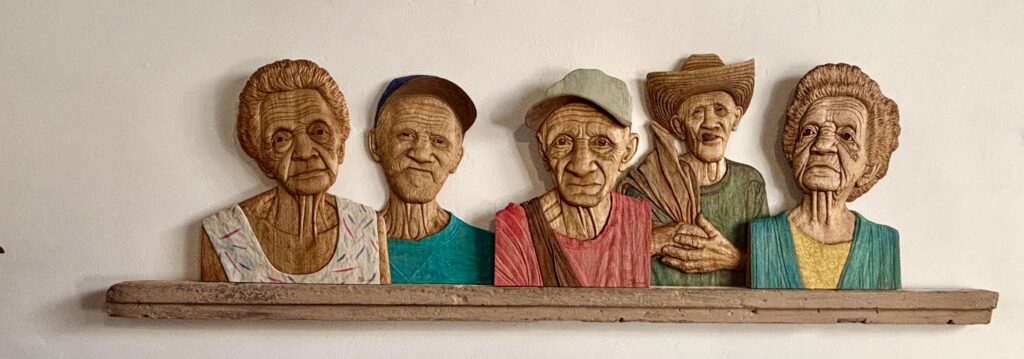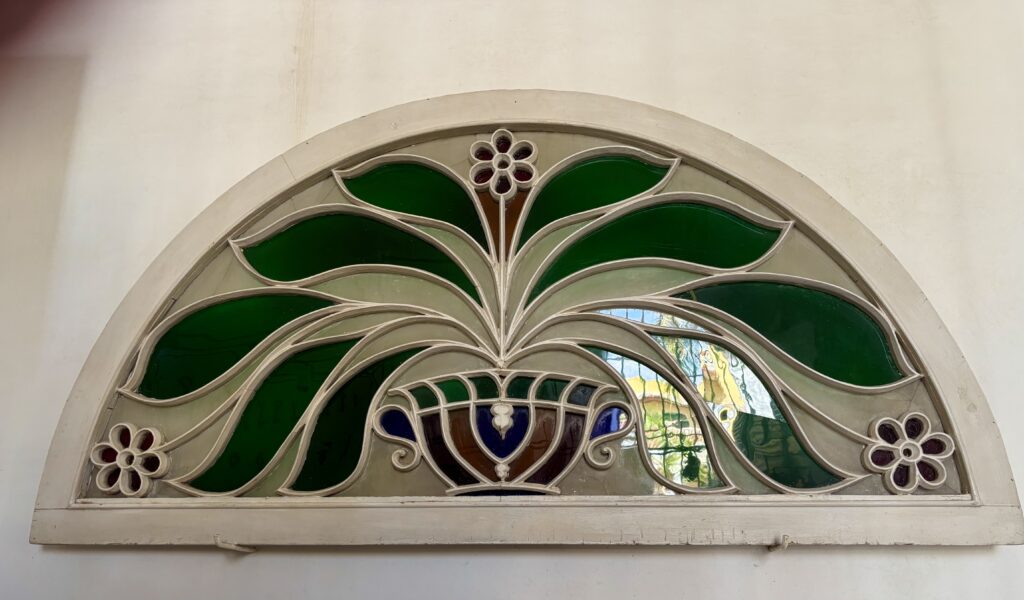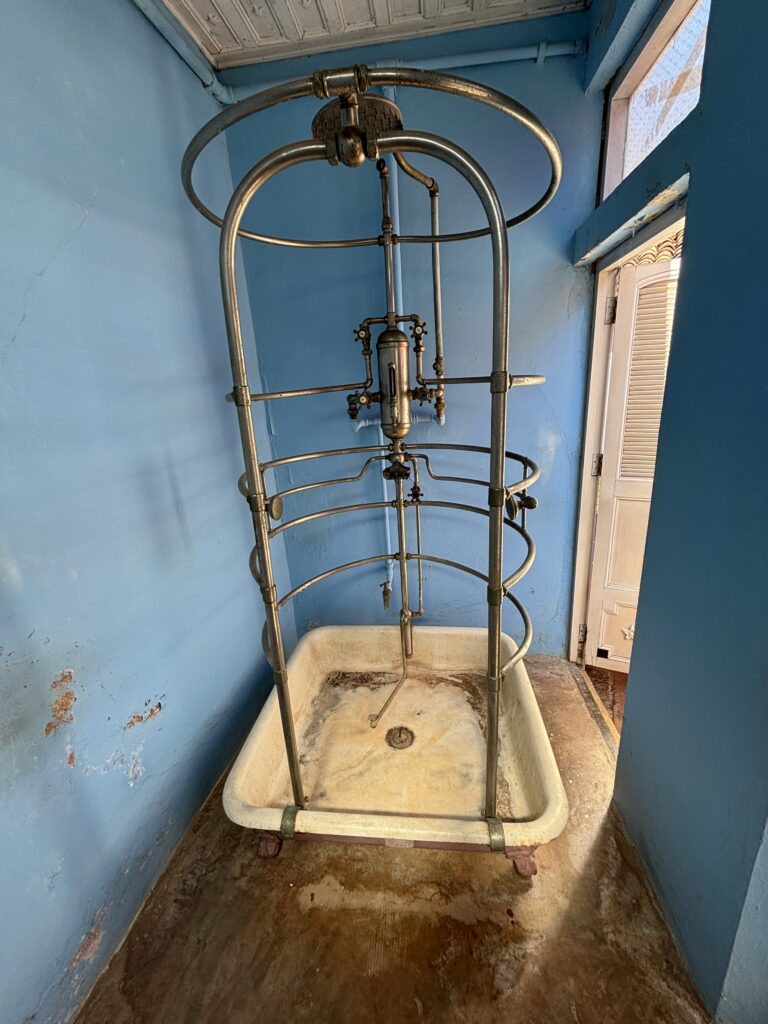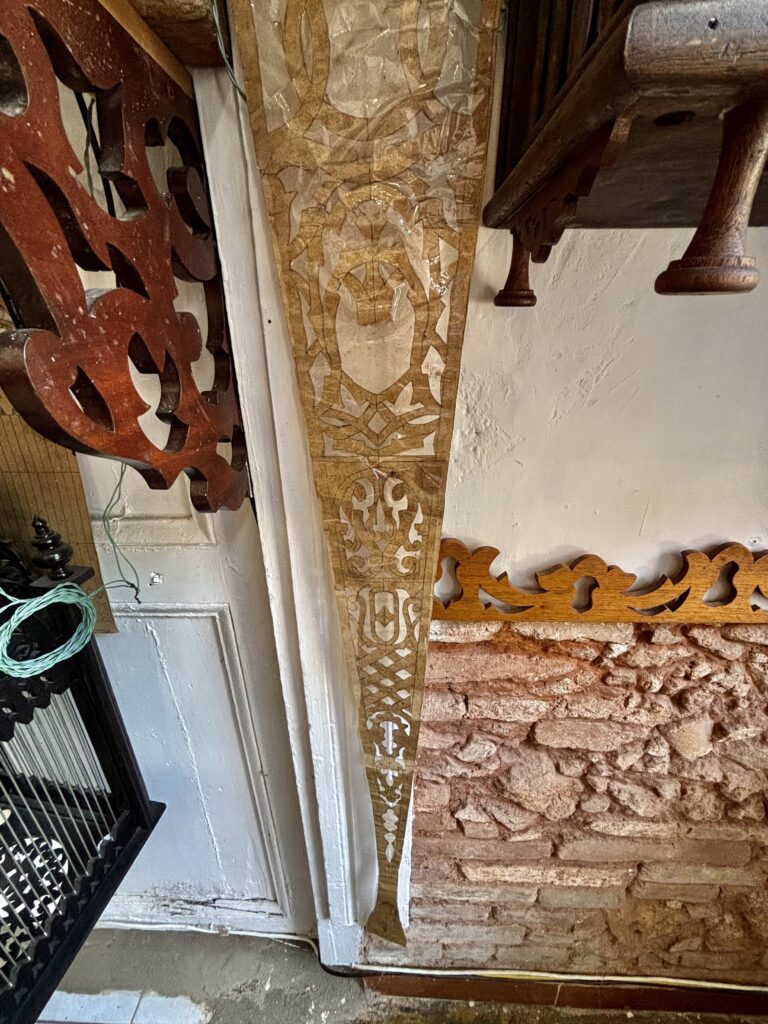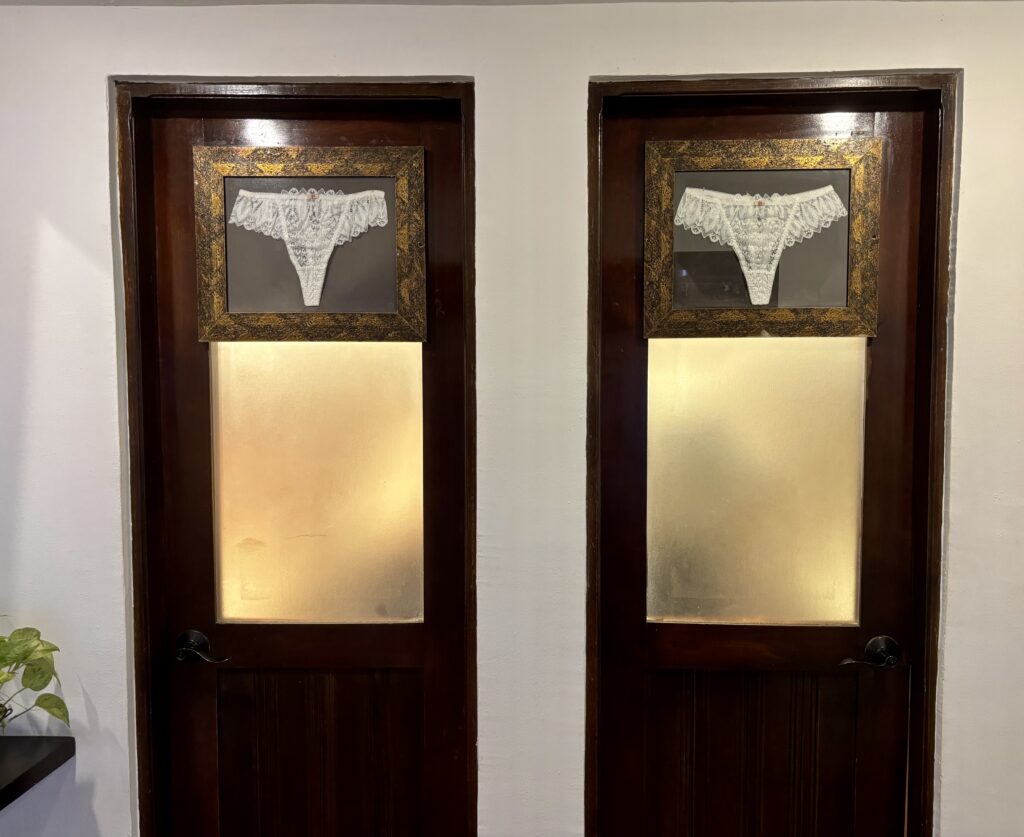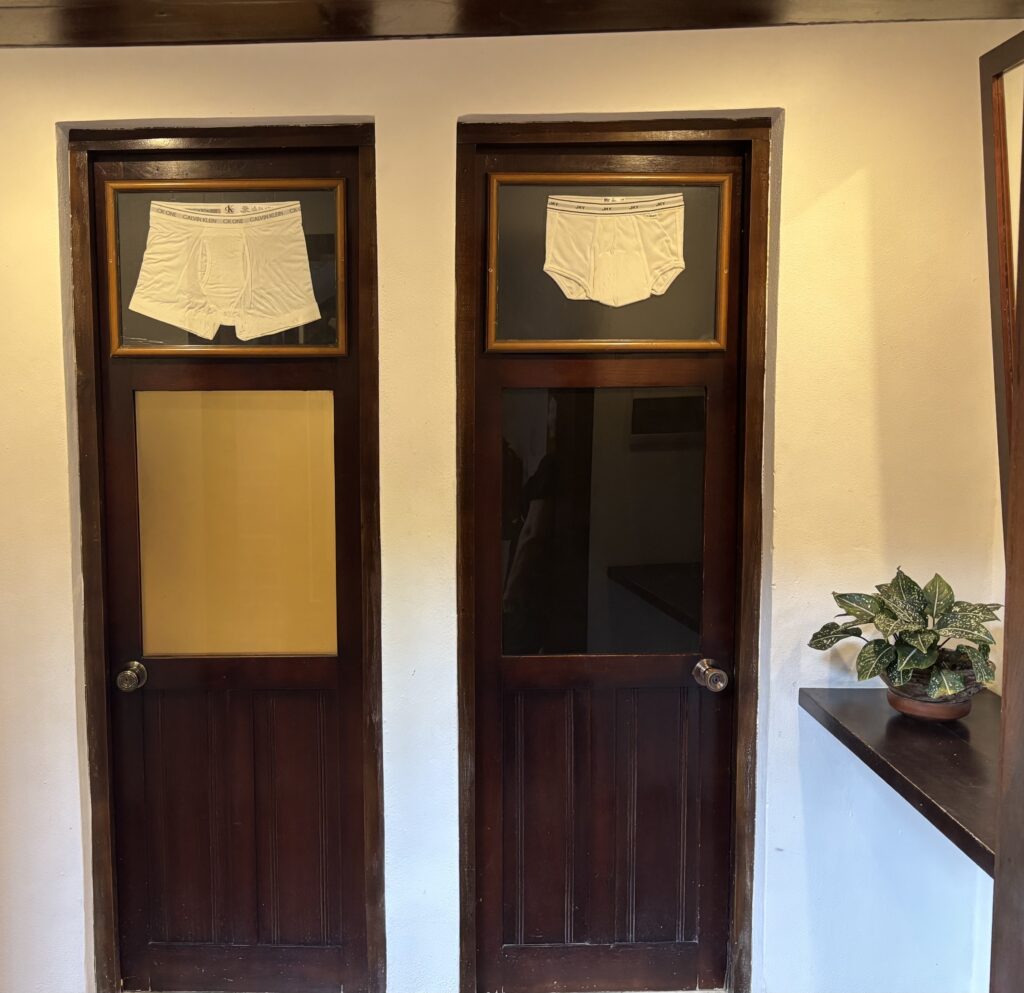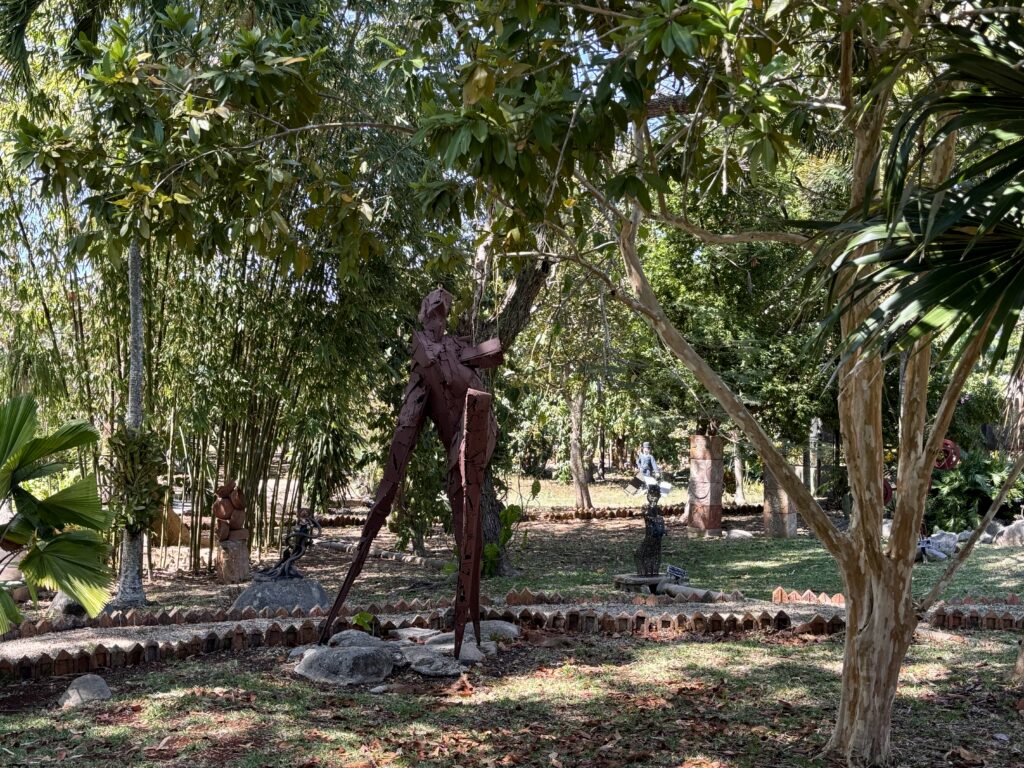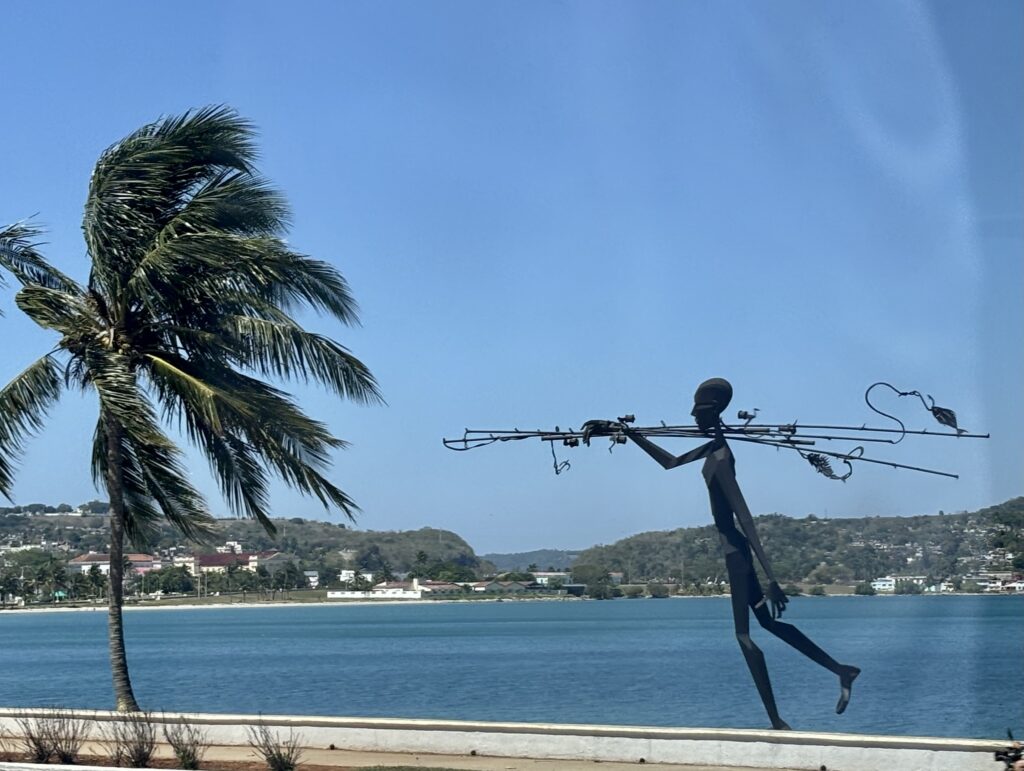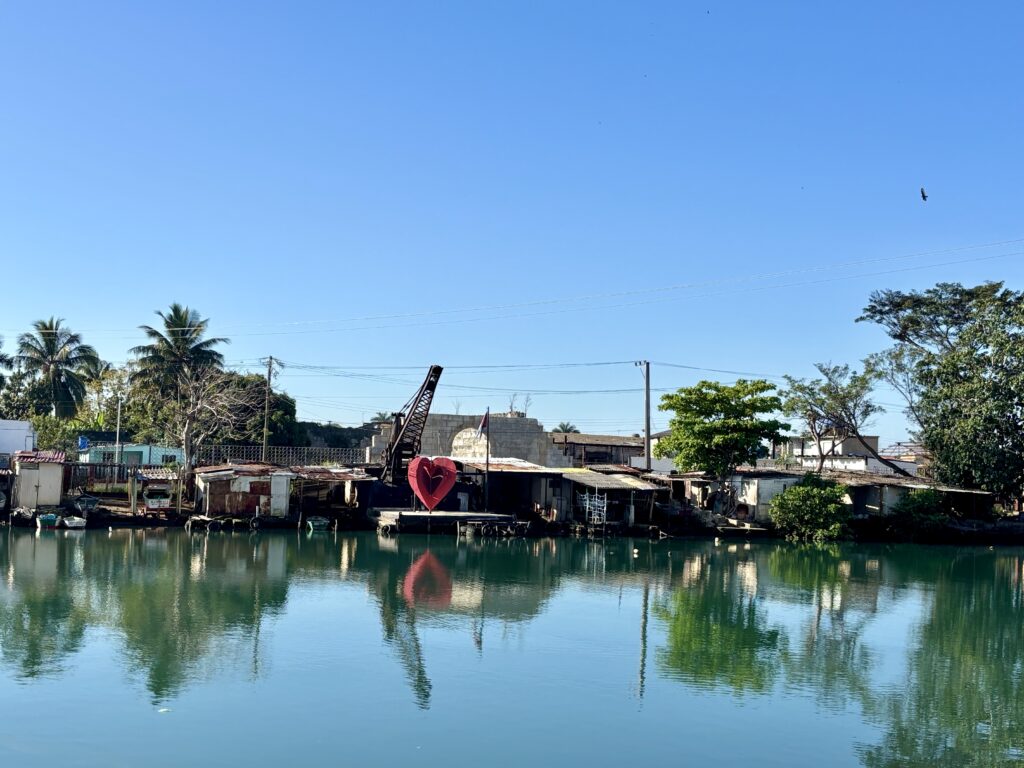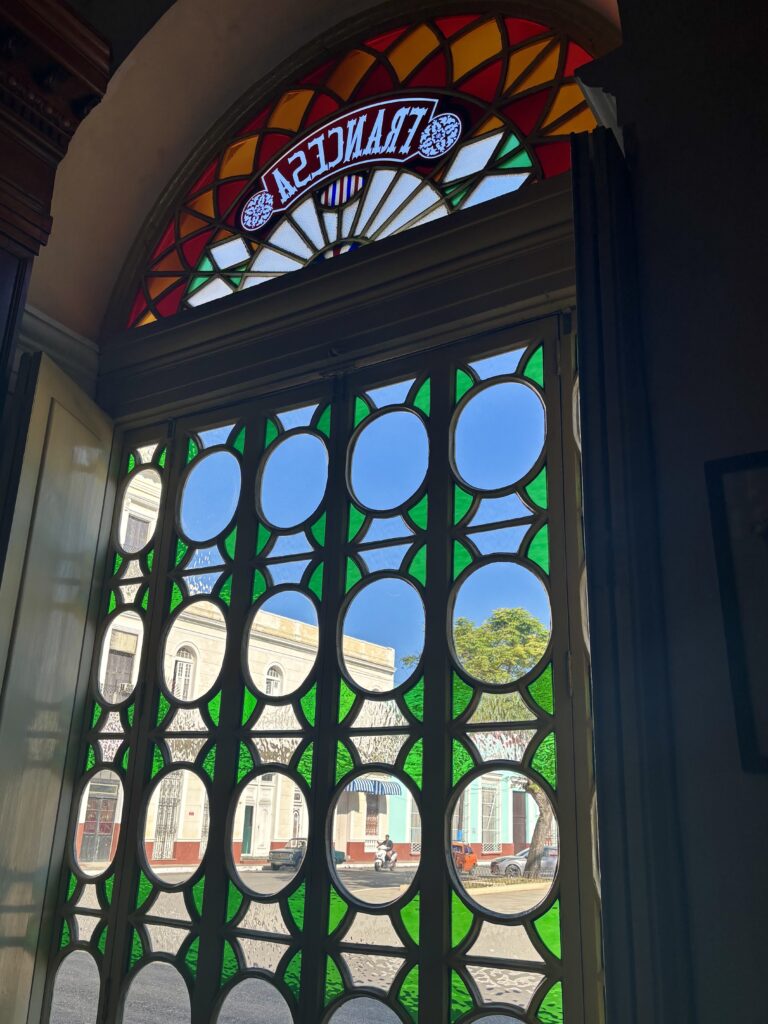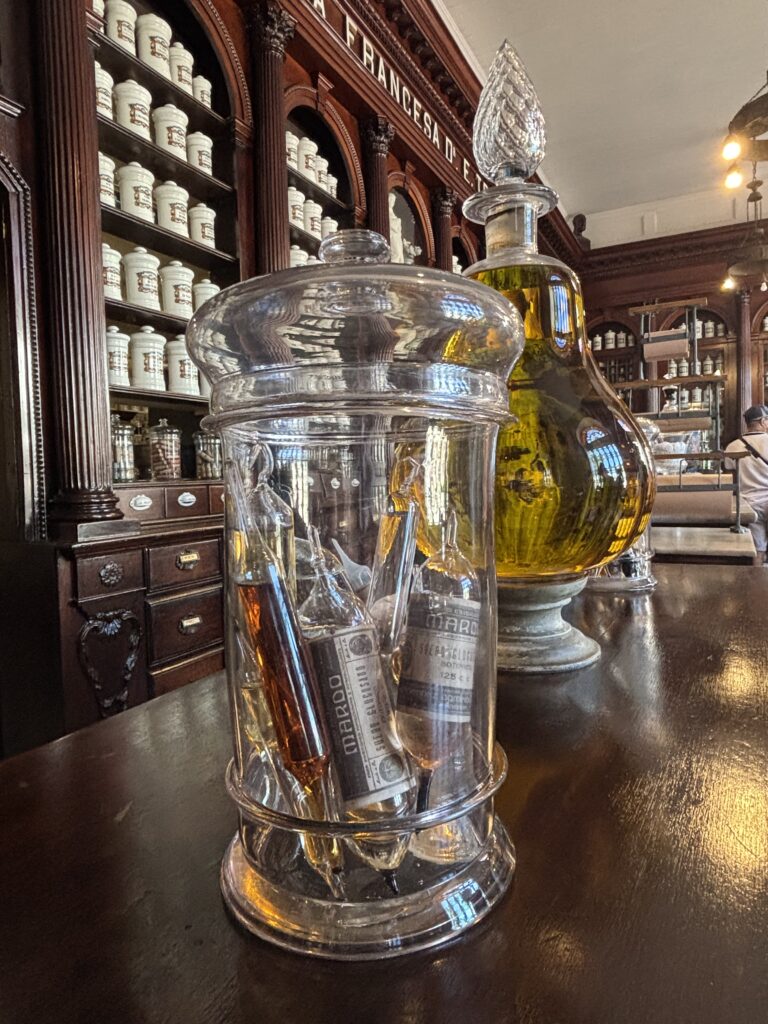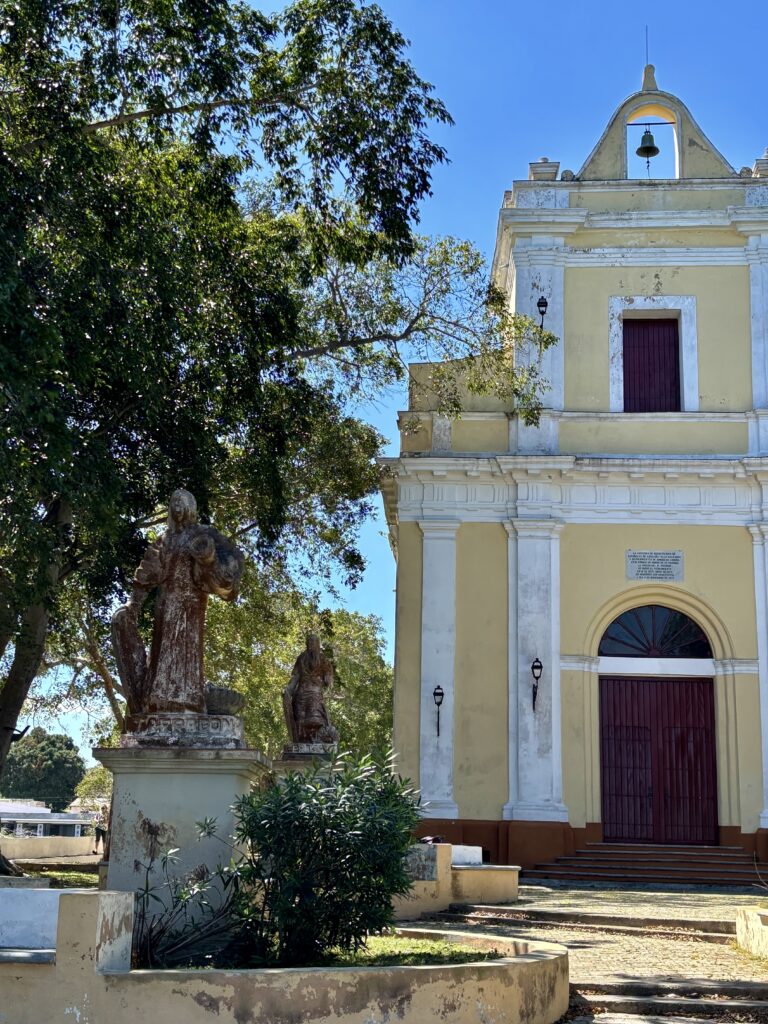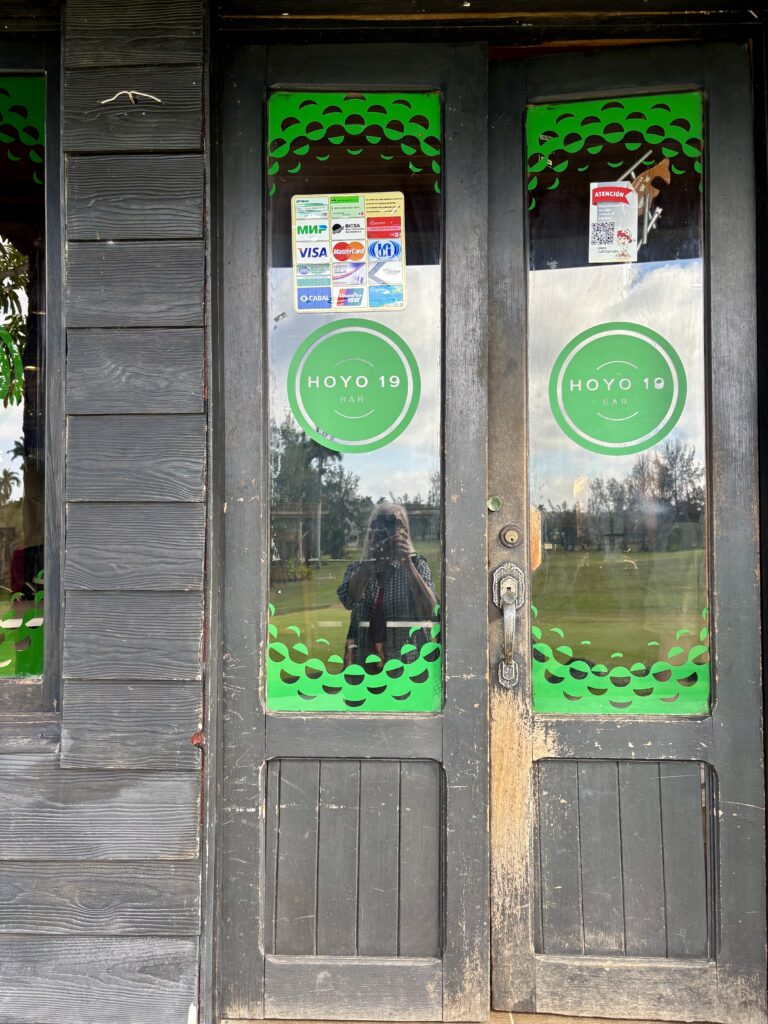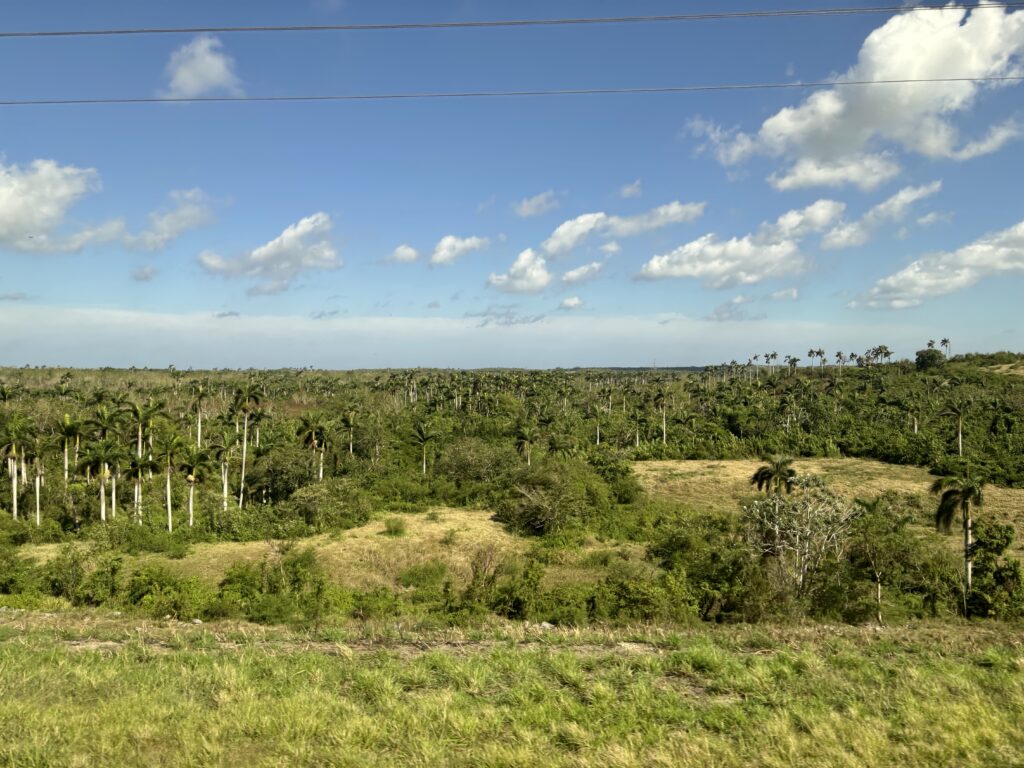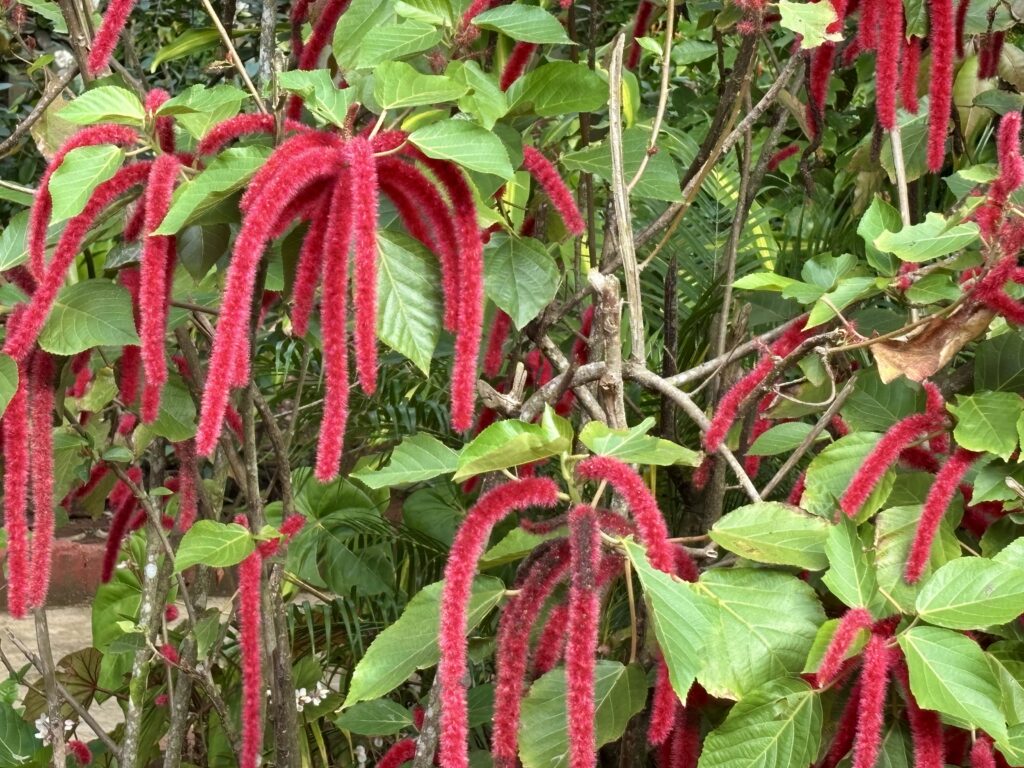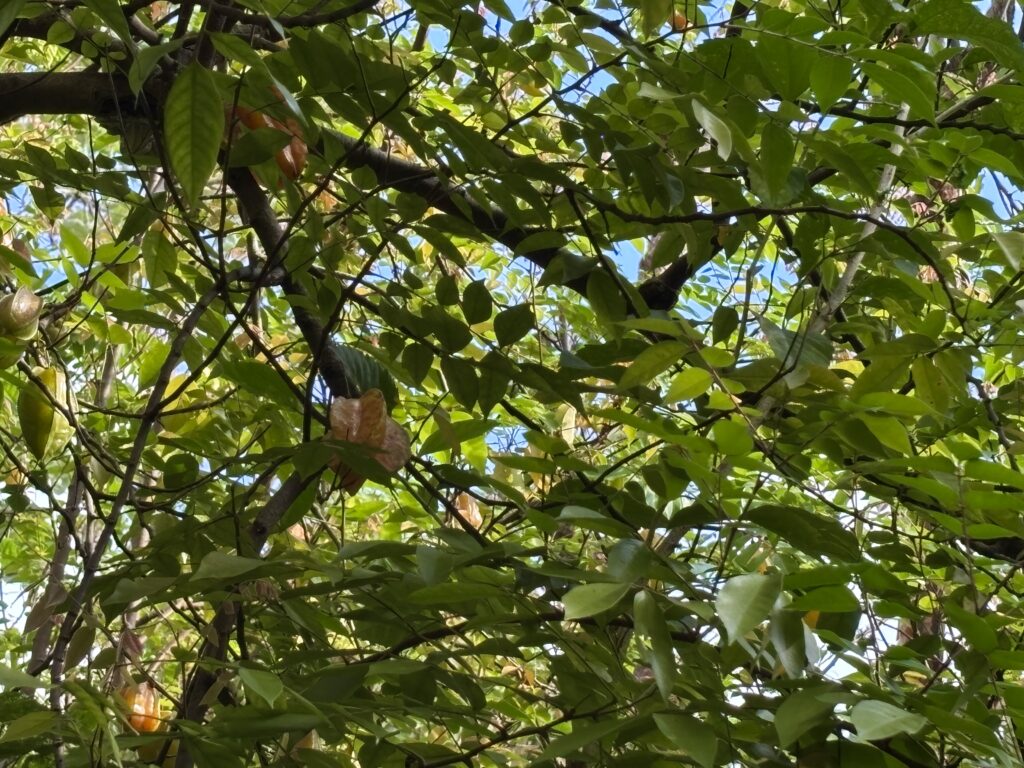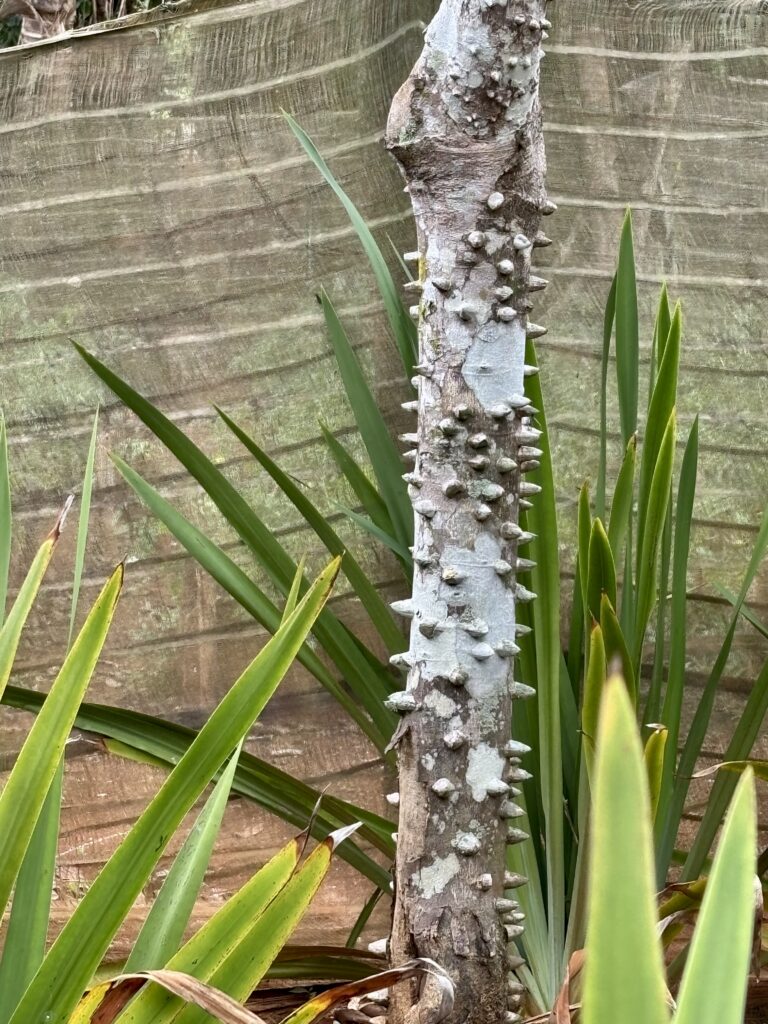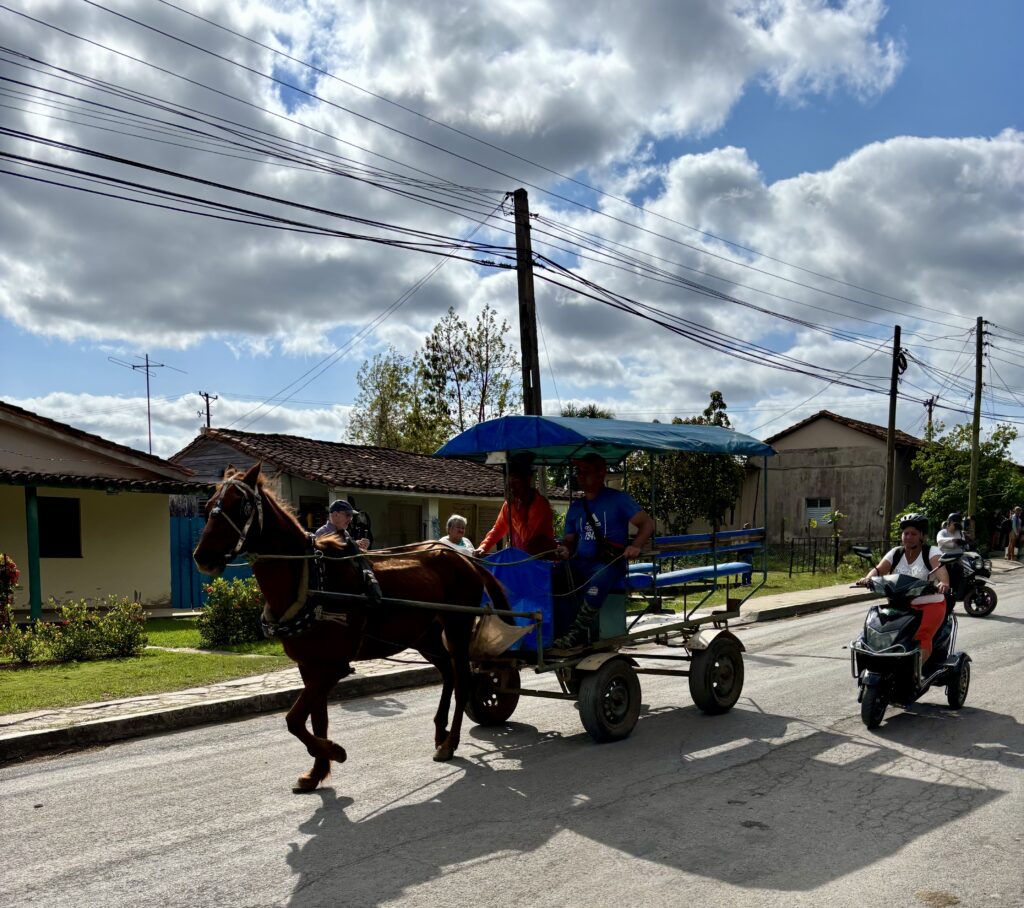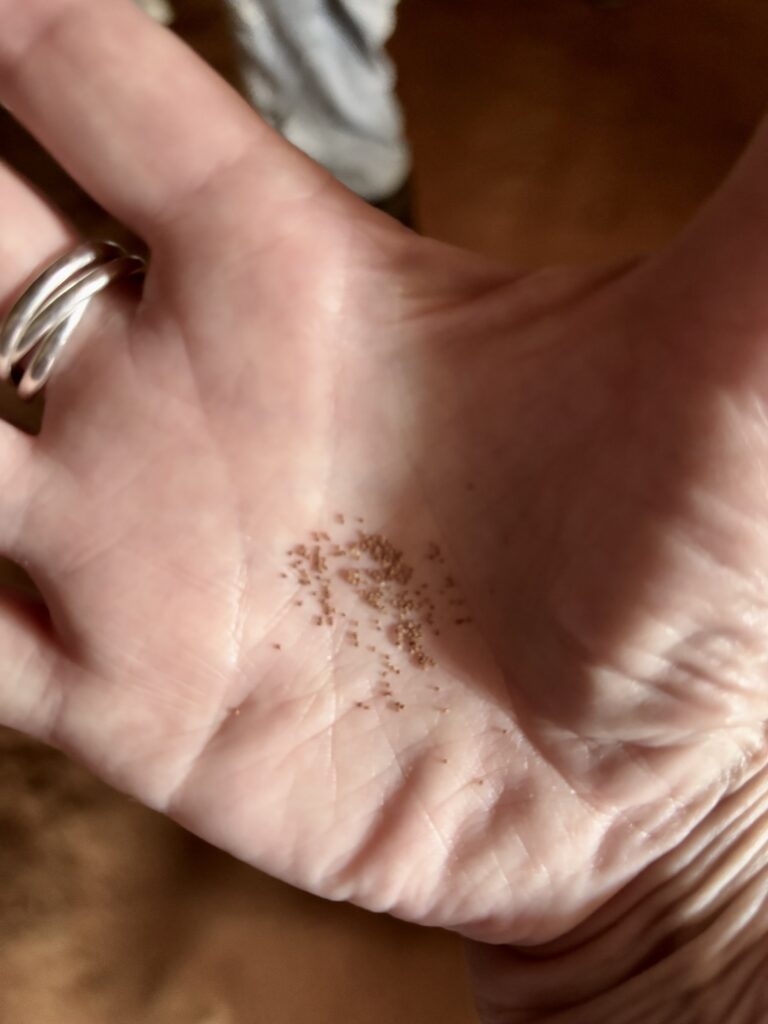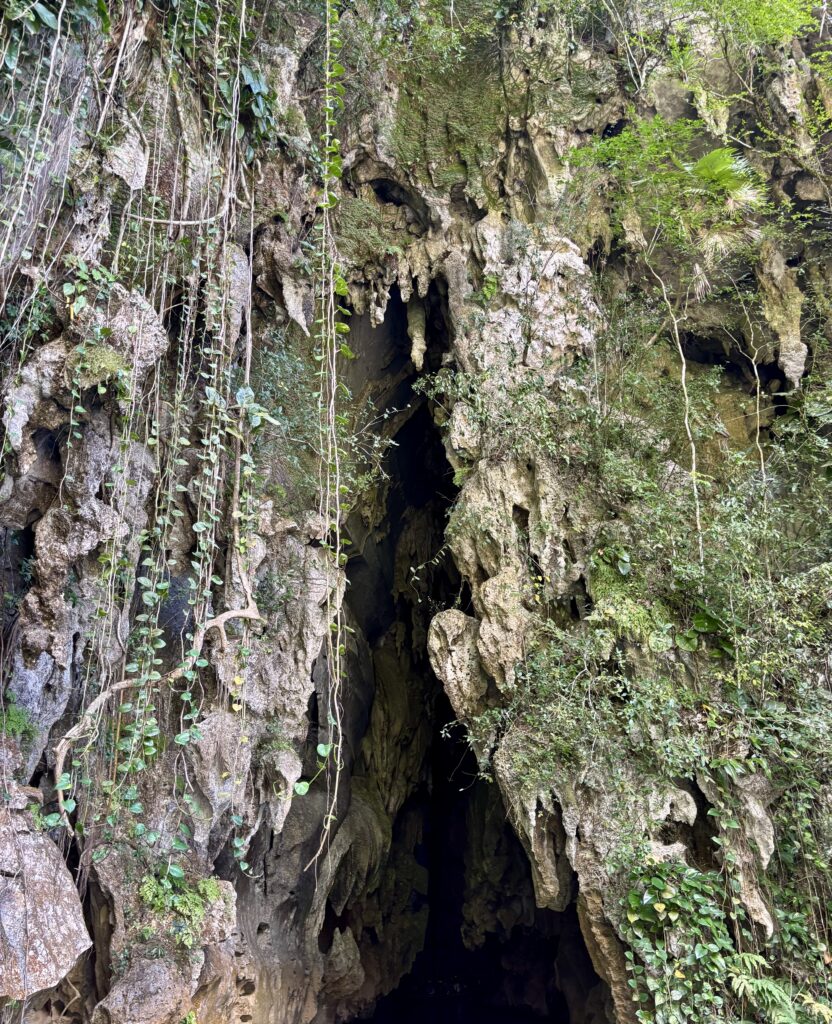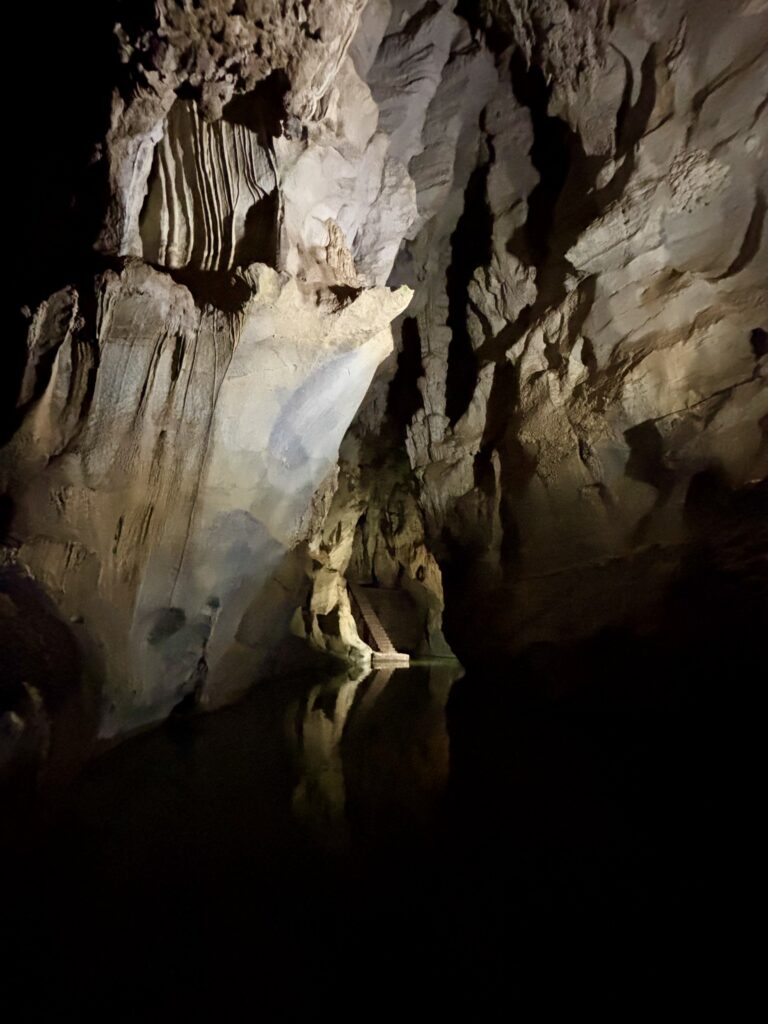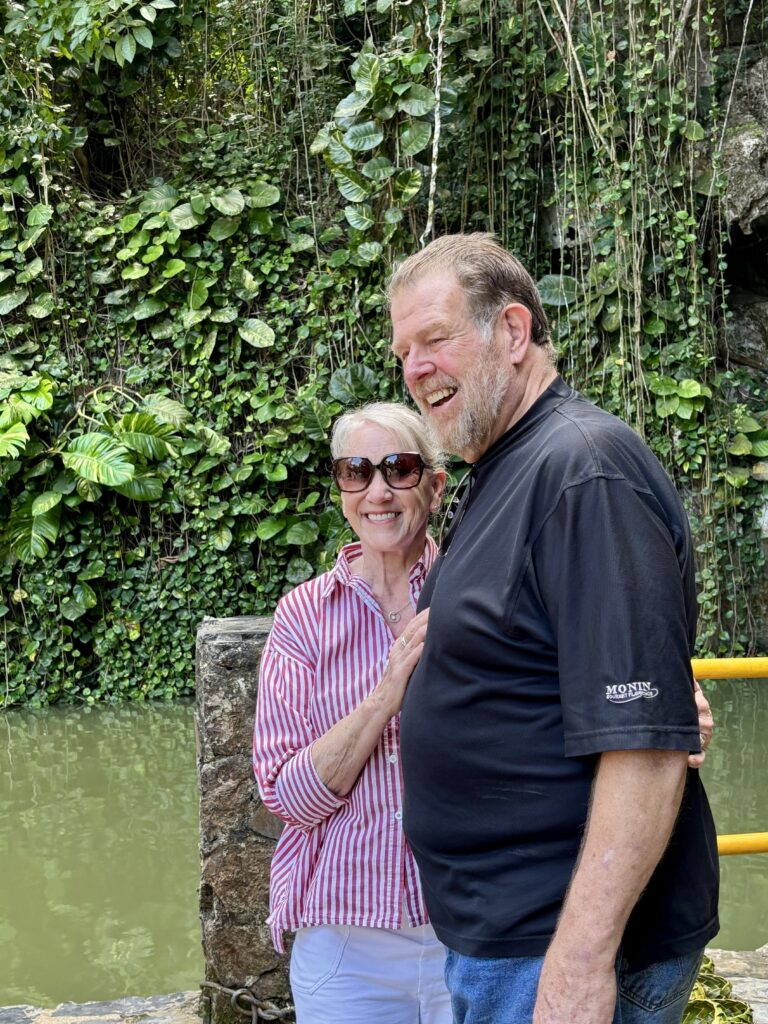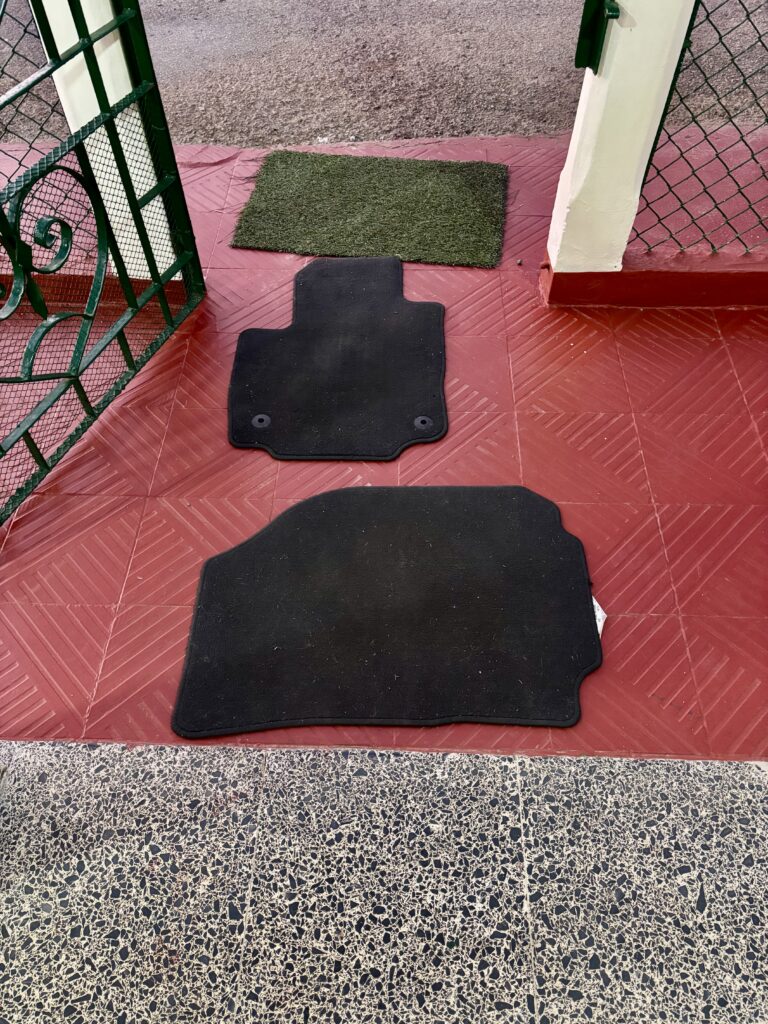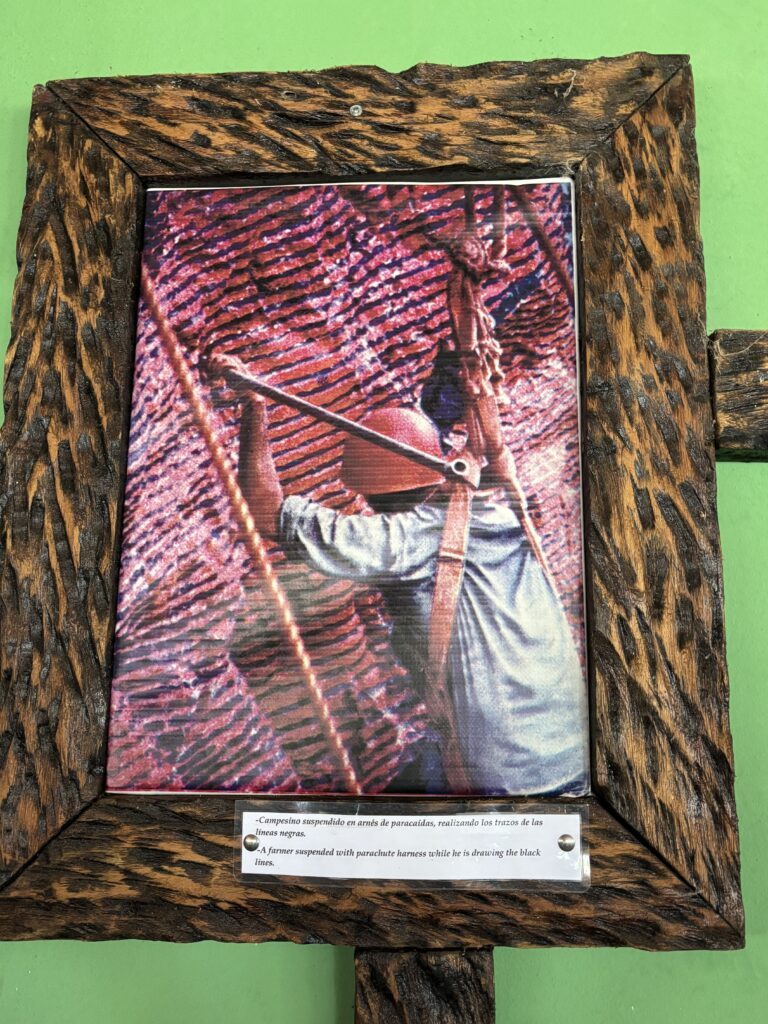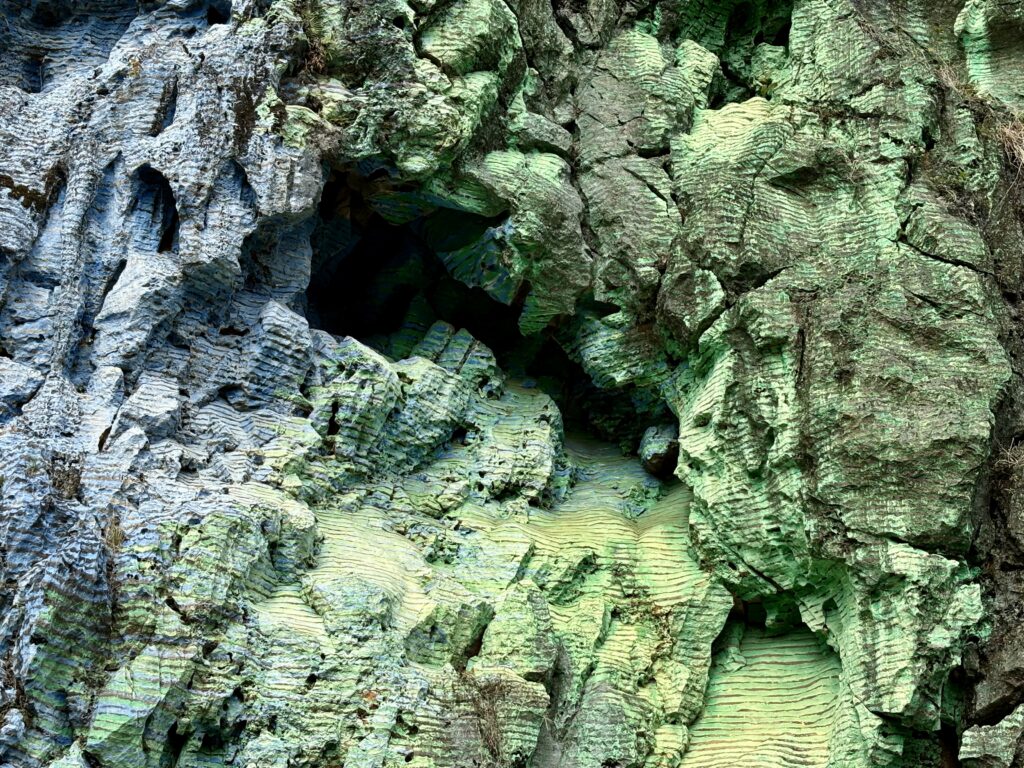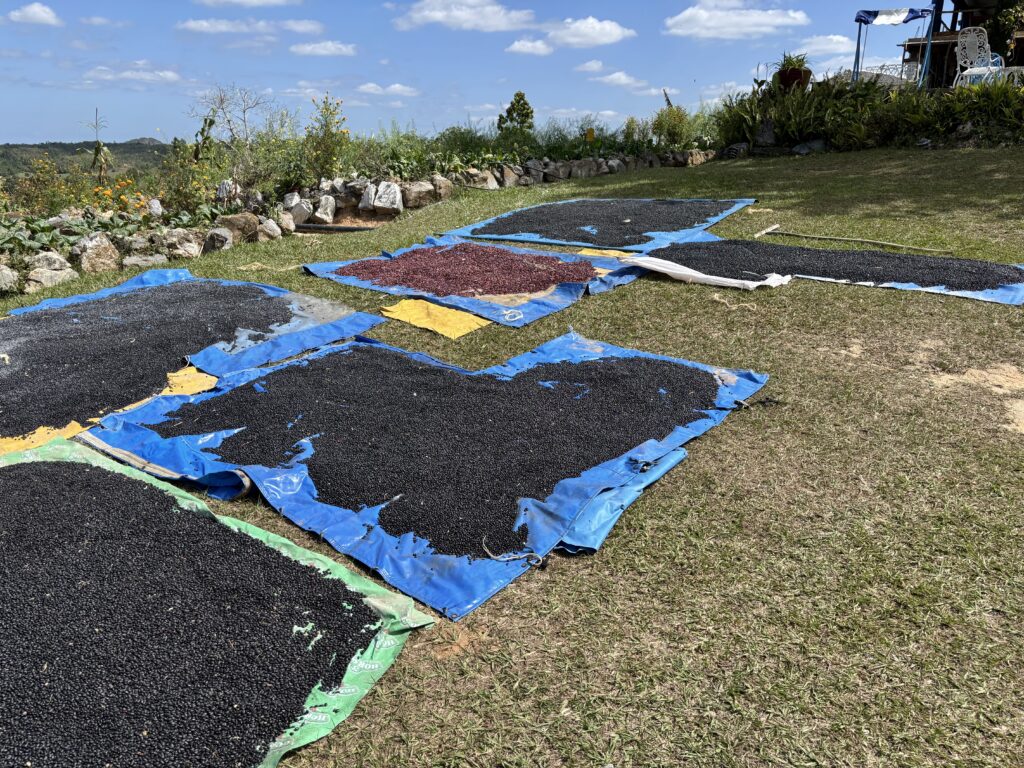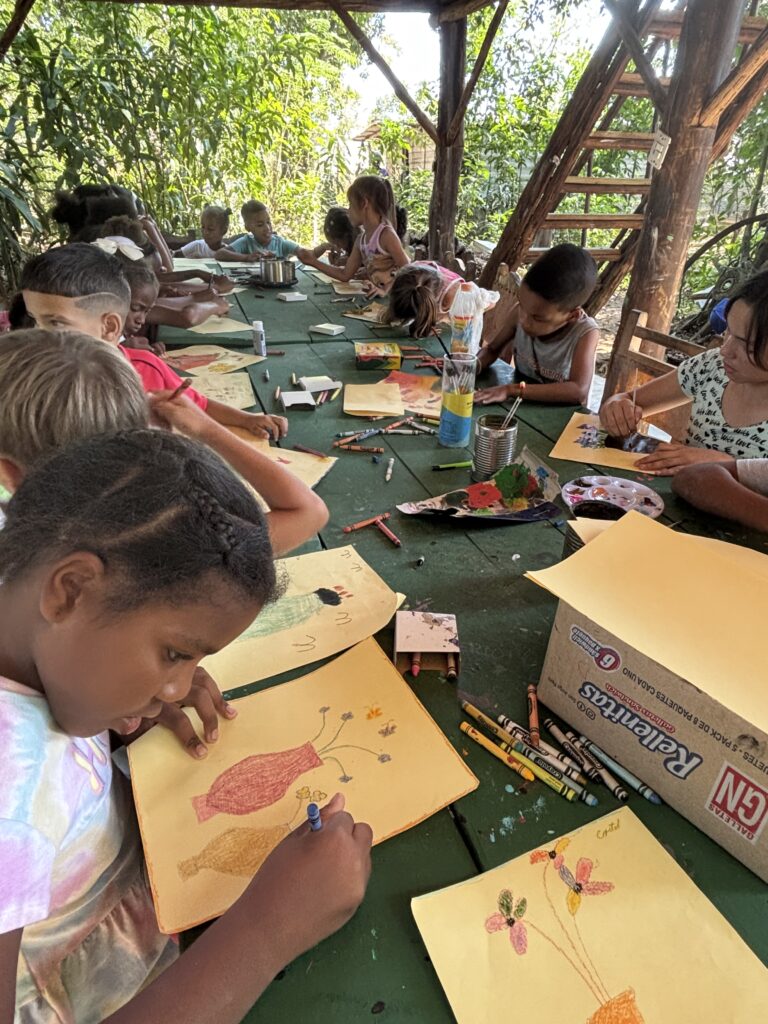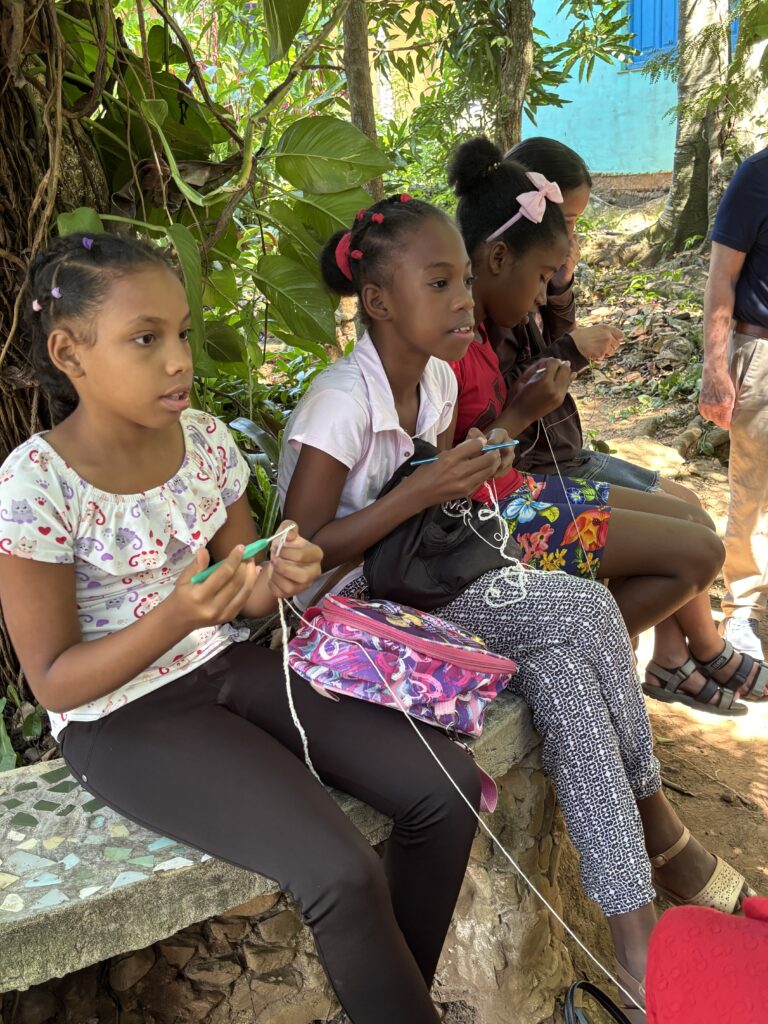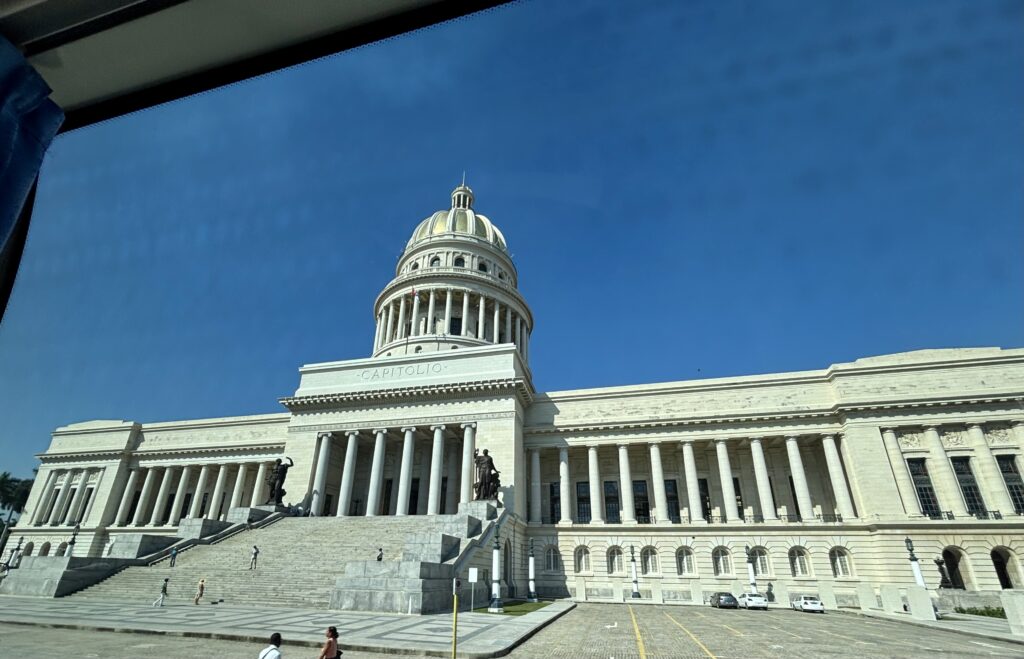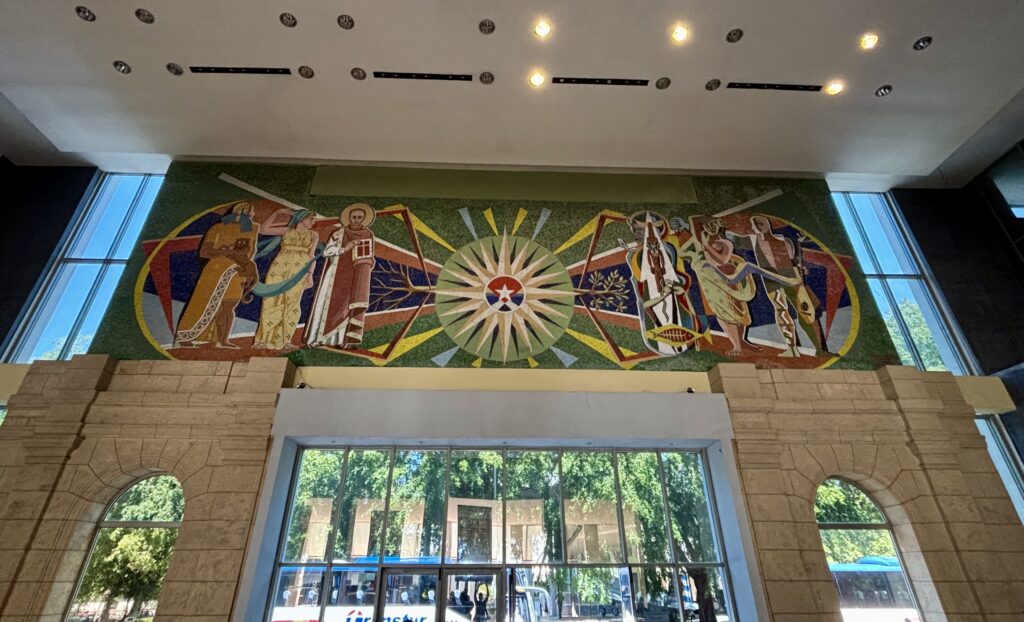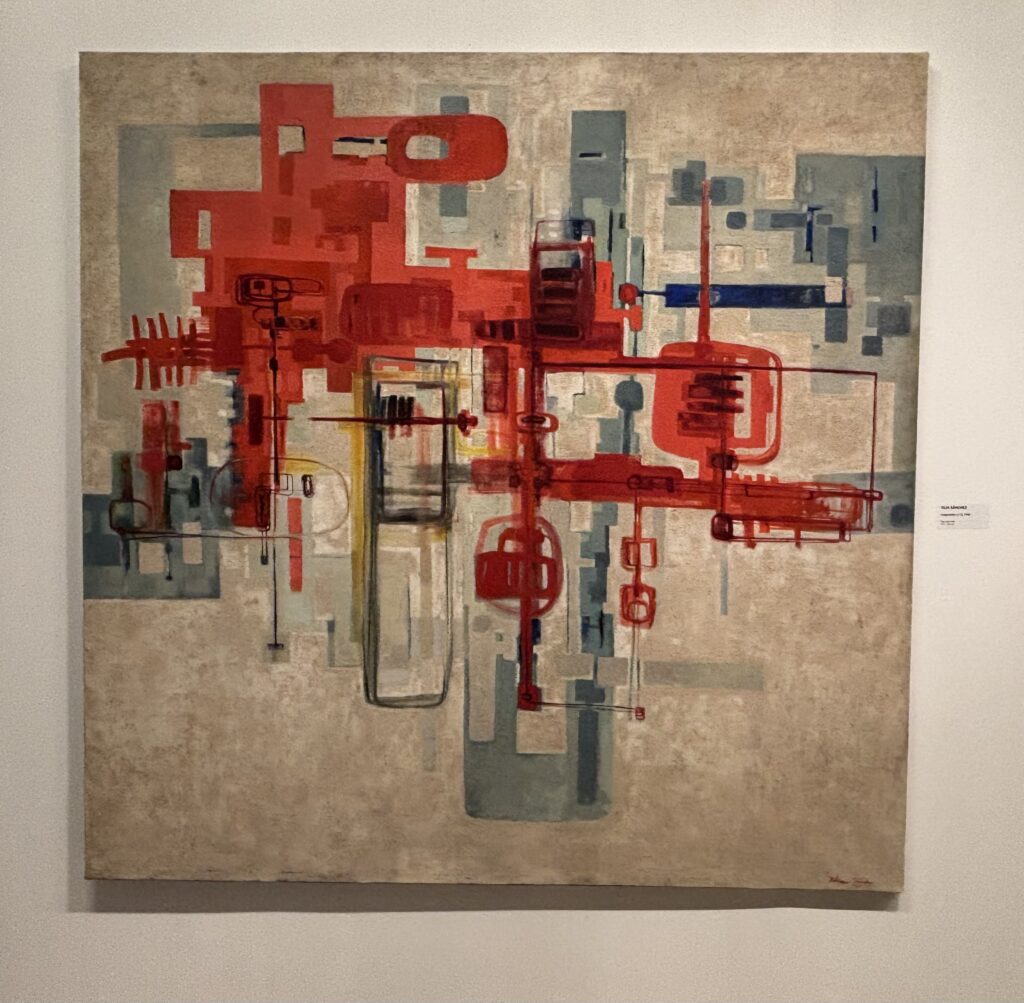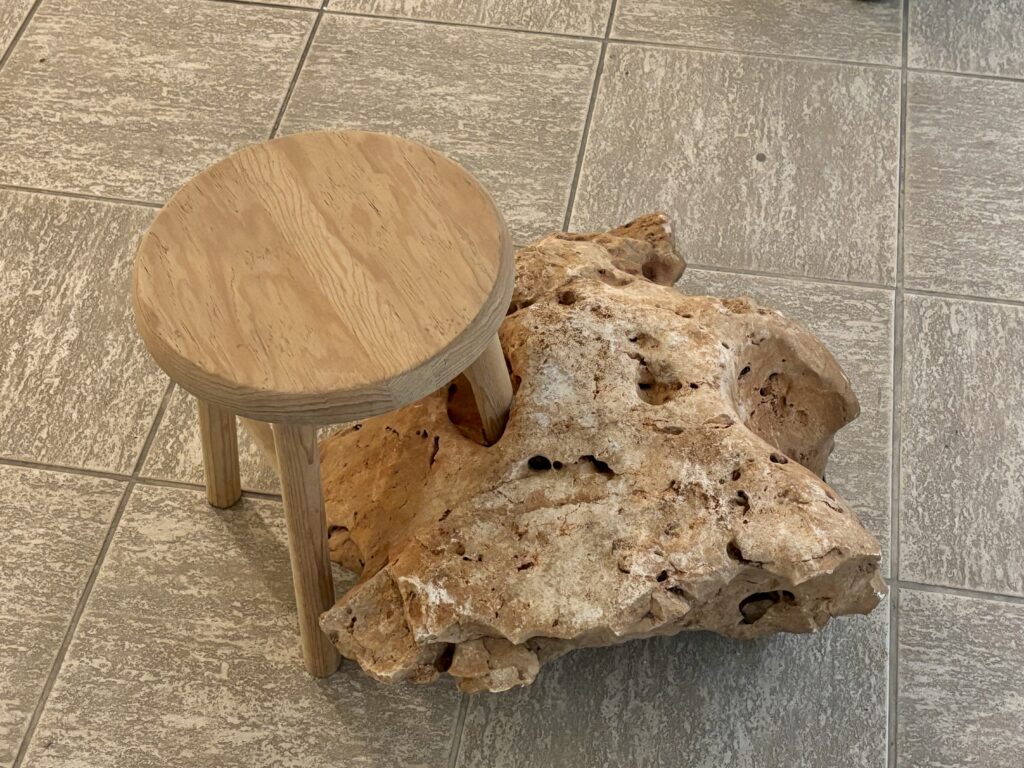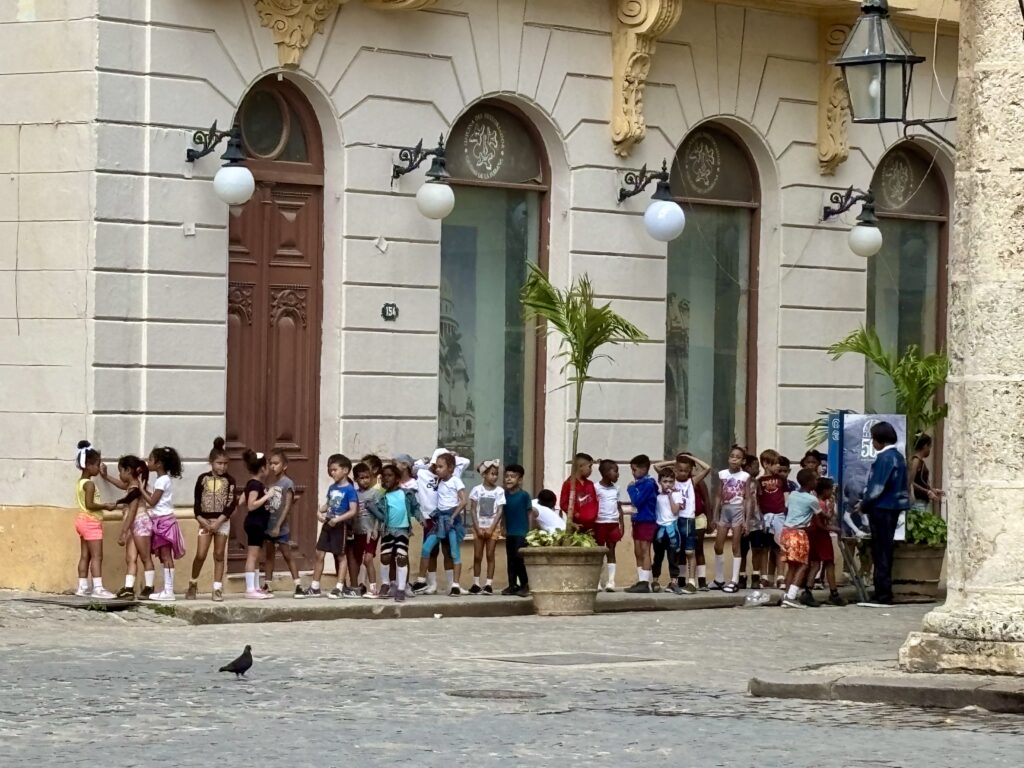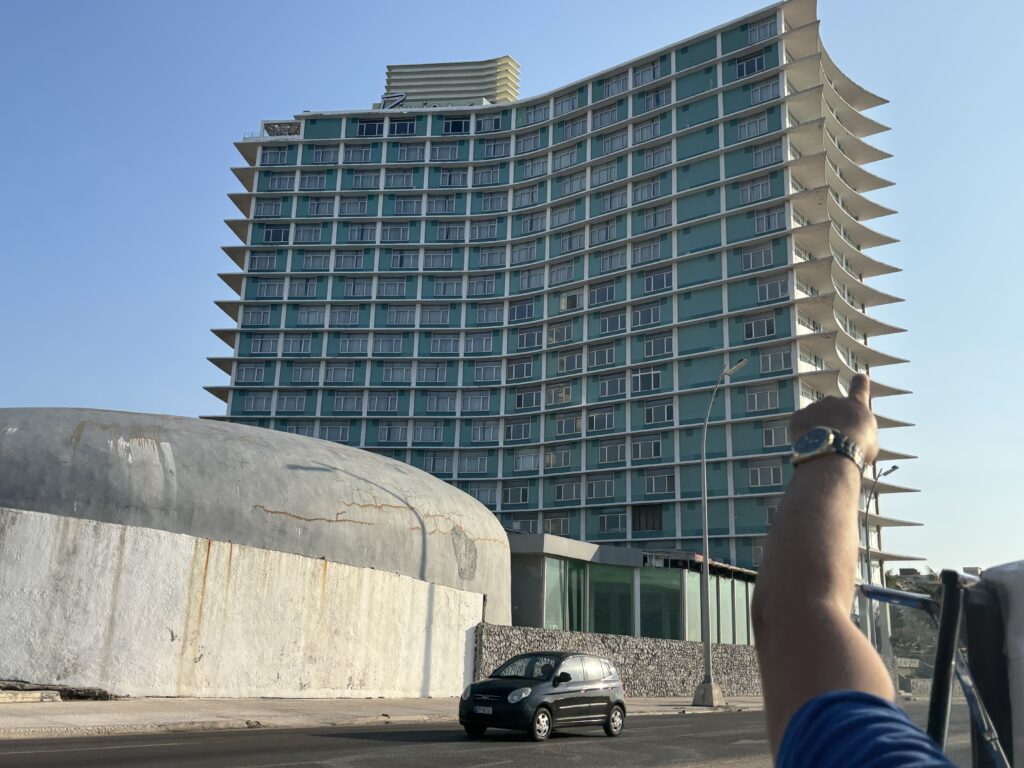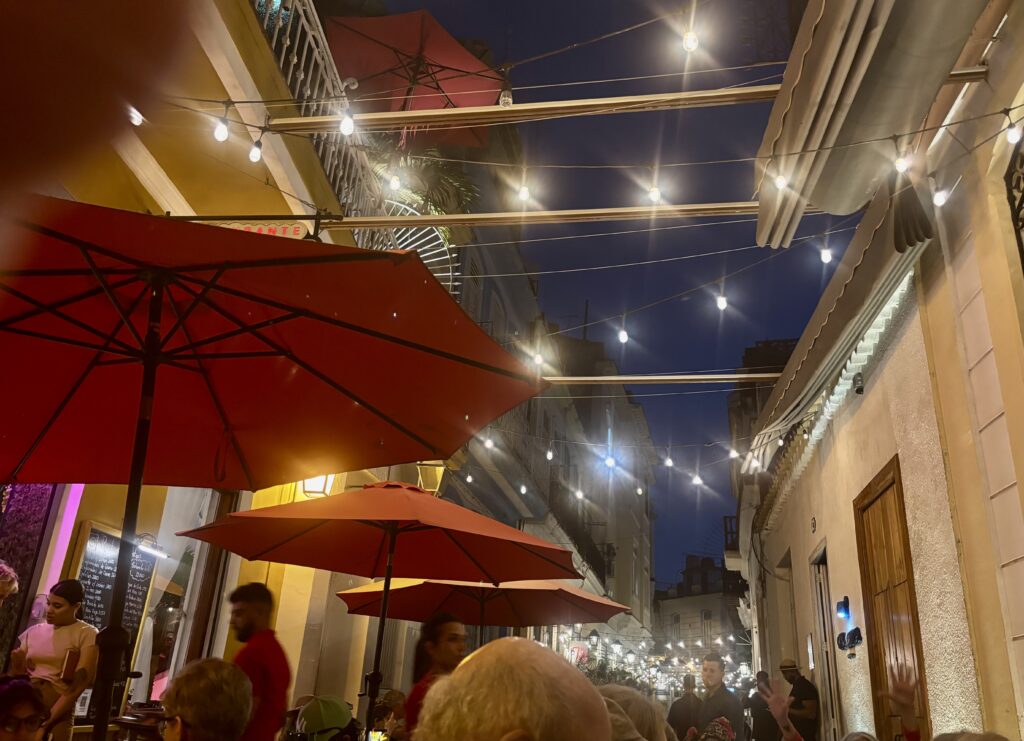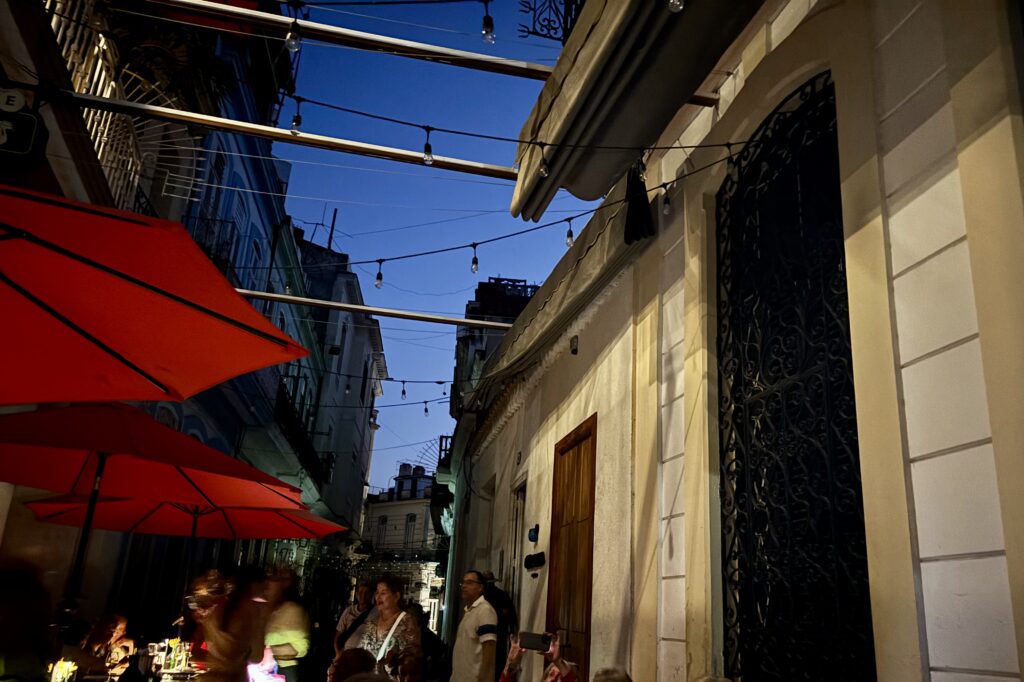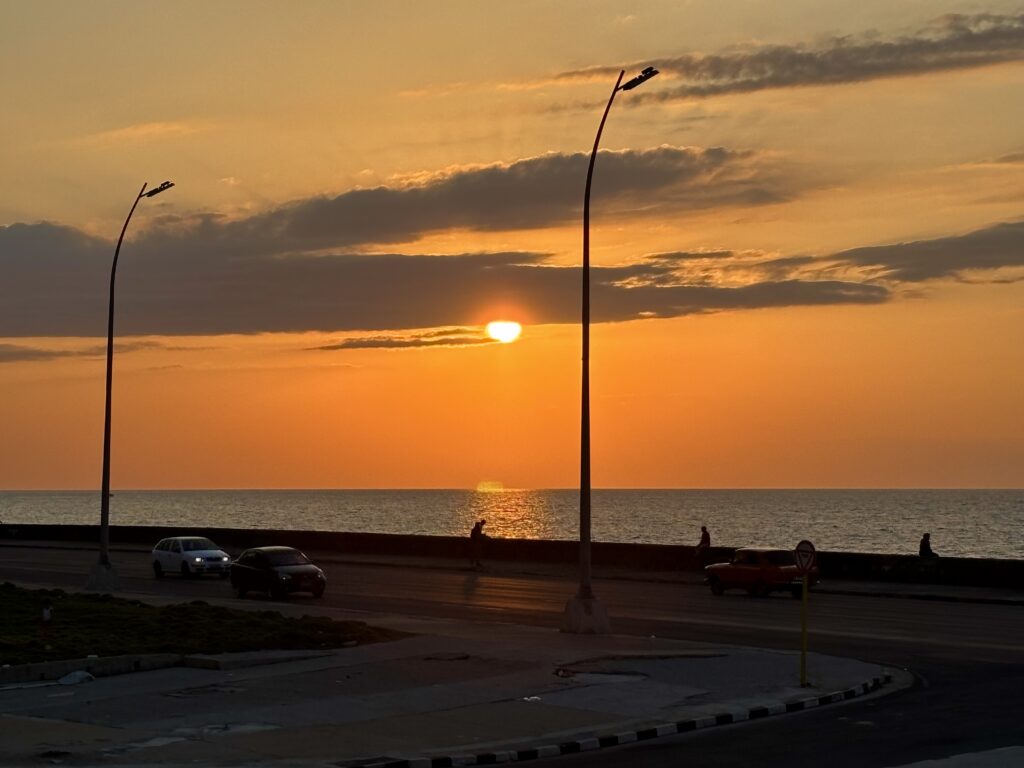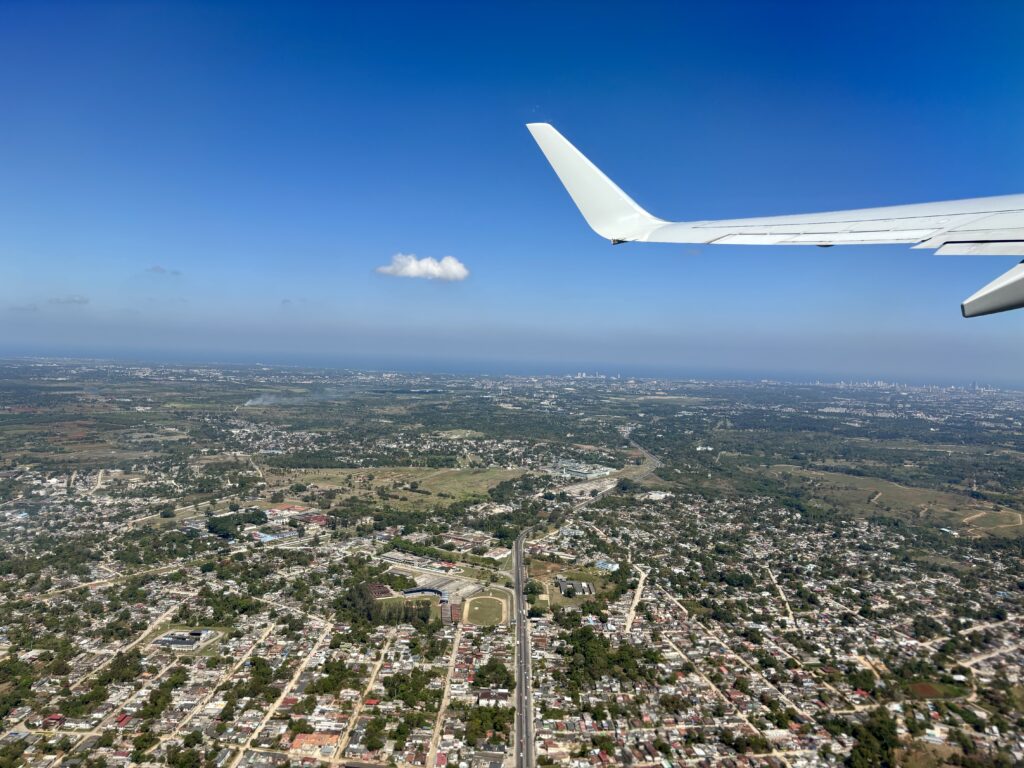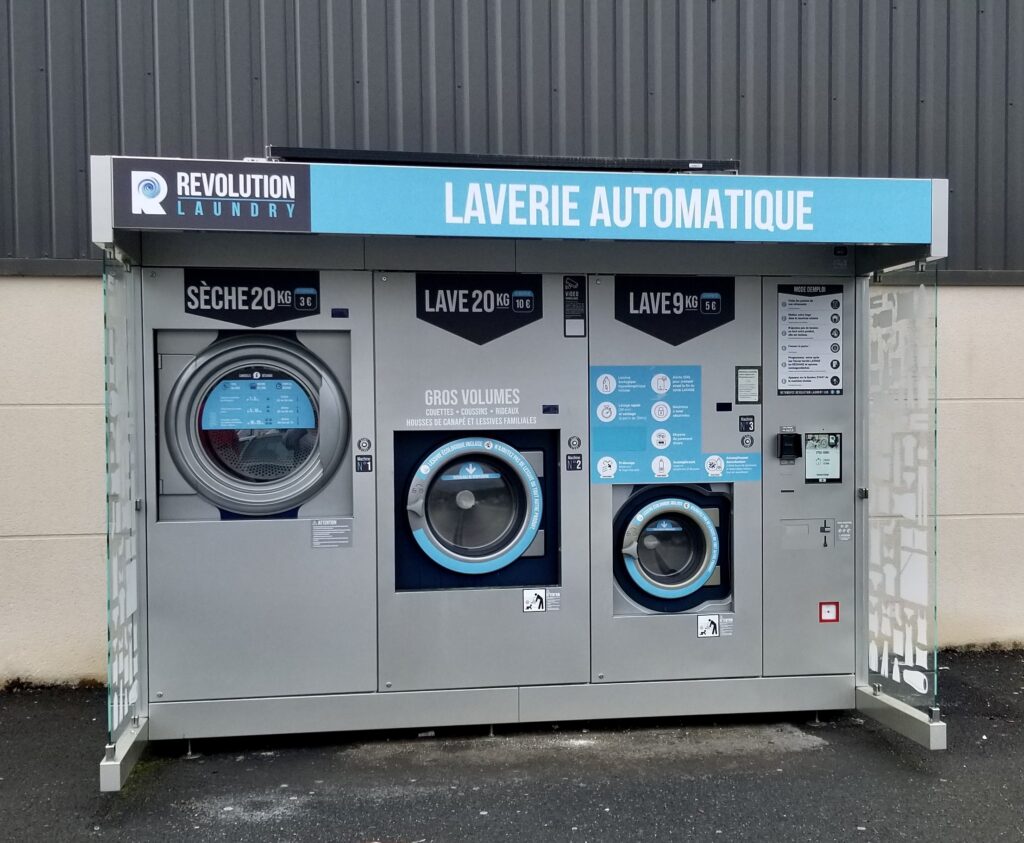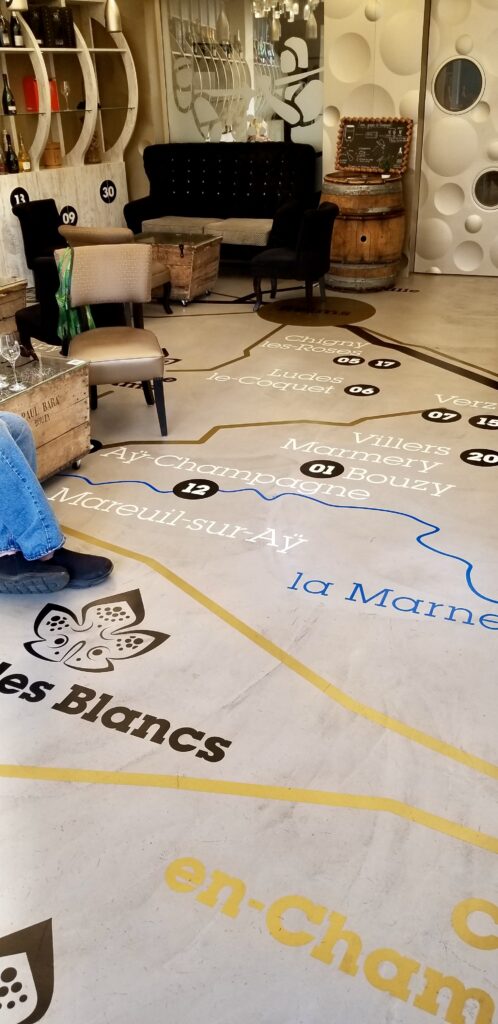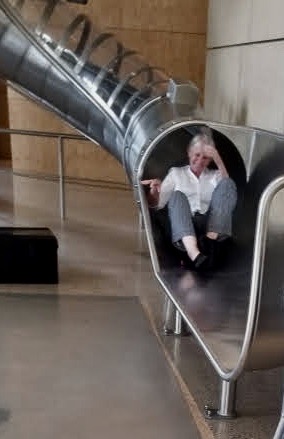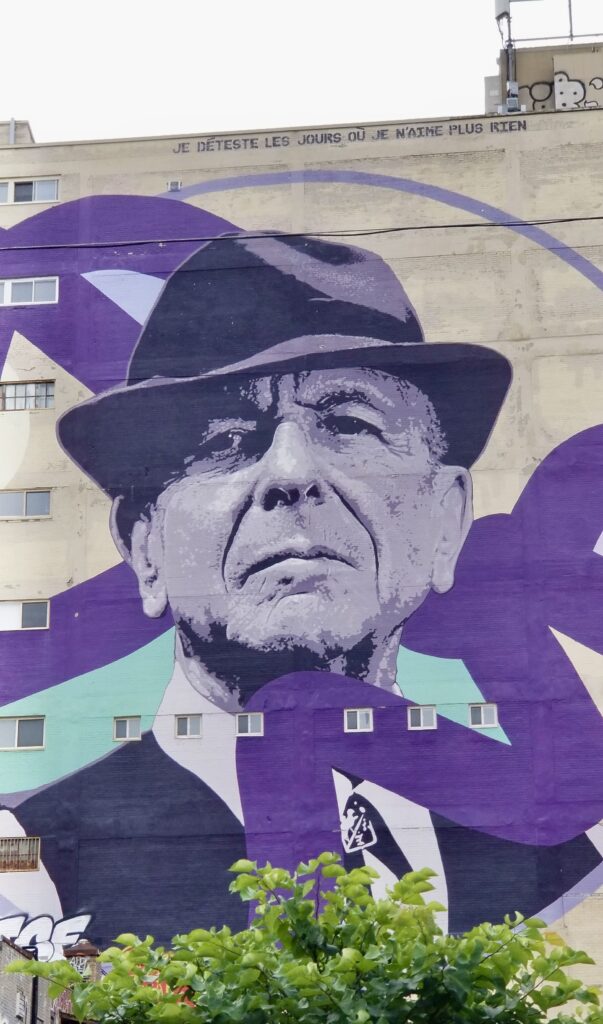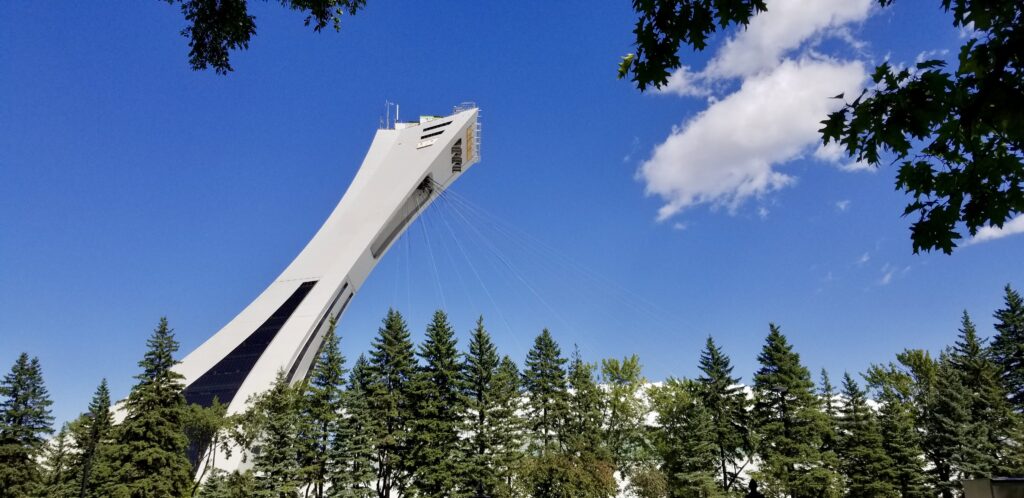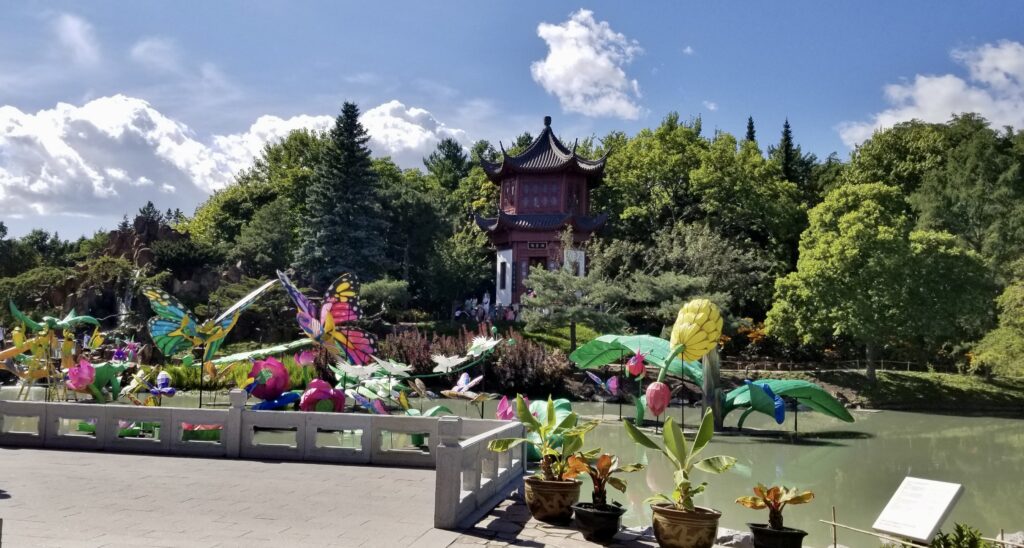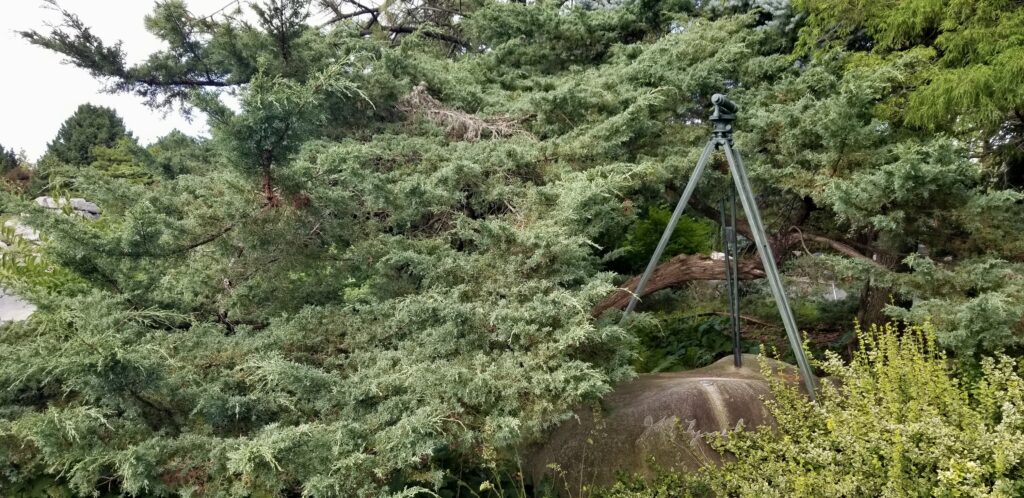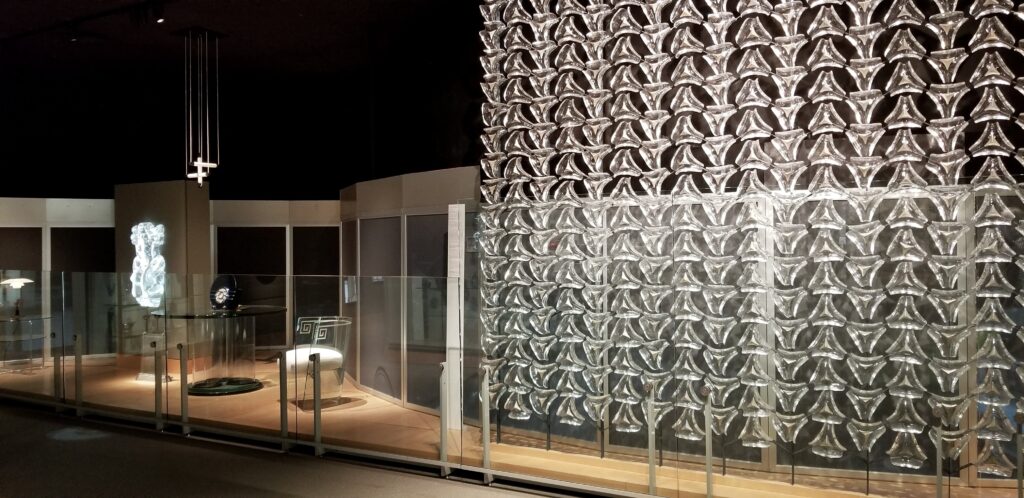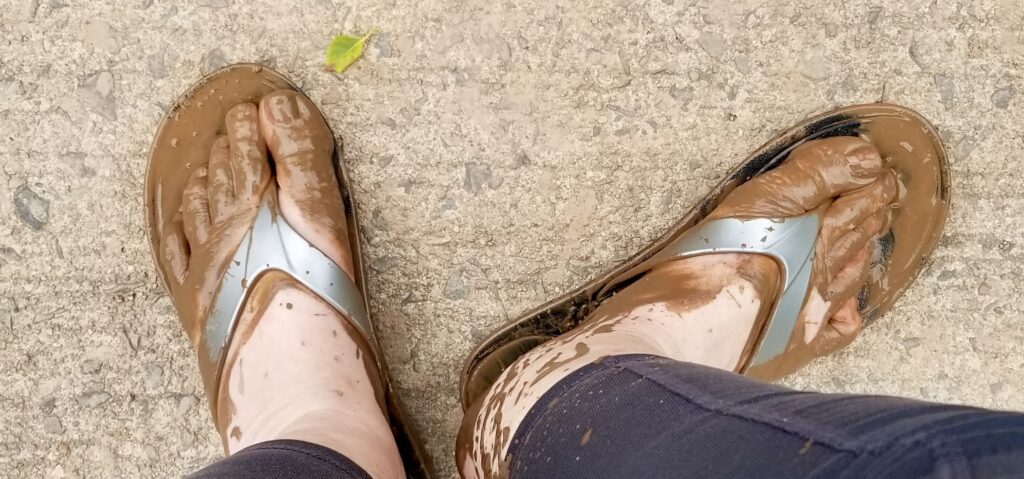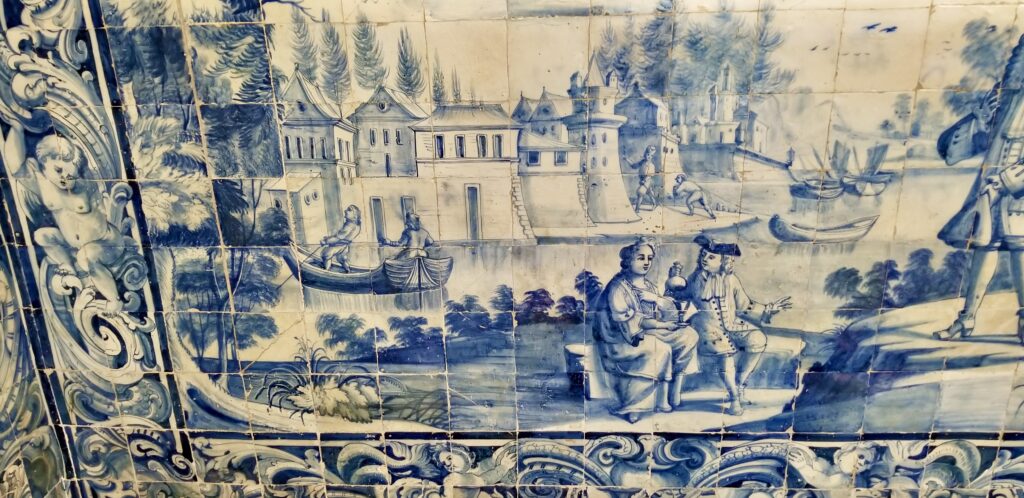We have been back in the states for about a month and the delight of our trip is still with us. I have been wrestling with the blog, however, as I struggle to encapsulate the experience. As I cleaned up photos to share I knew that the saying, “A picture is worth a thousand words.” didn’t fit in this case as no picture (or pictures) can really do justice to our visit. Moreover, the words that came to mind as I pondered what to say in the blog don’t convey it fully either. It was about the new understandings we came to, the feelings engendered, the appreciation for a culture and people that have such a mixed relationship with the United States. But anyway…here goes…
We met up with our Road Scholar group in Miami. Since this was our first ever group travel outing we were eager to see how it would all evolve. Our group leader, Jim, impressed us with his pleasant demeanor, depth of knowledge, and sense of humor. He assured us he knew Cuba well as he has lead over 100 group outings to the island. In the group itself there were 24 of us: six couples, one solo male, eleven solo women. Interestingly, Minnesota was well represented: 5 residents and 2 who grew up there. Only three in our group were from west of the Mississippi. Yes, I fit in both those categories and, yes, this nerdy stuff interests me.
Havana – Part 1
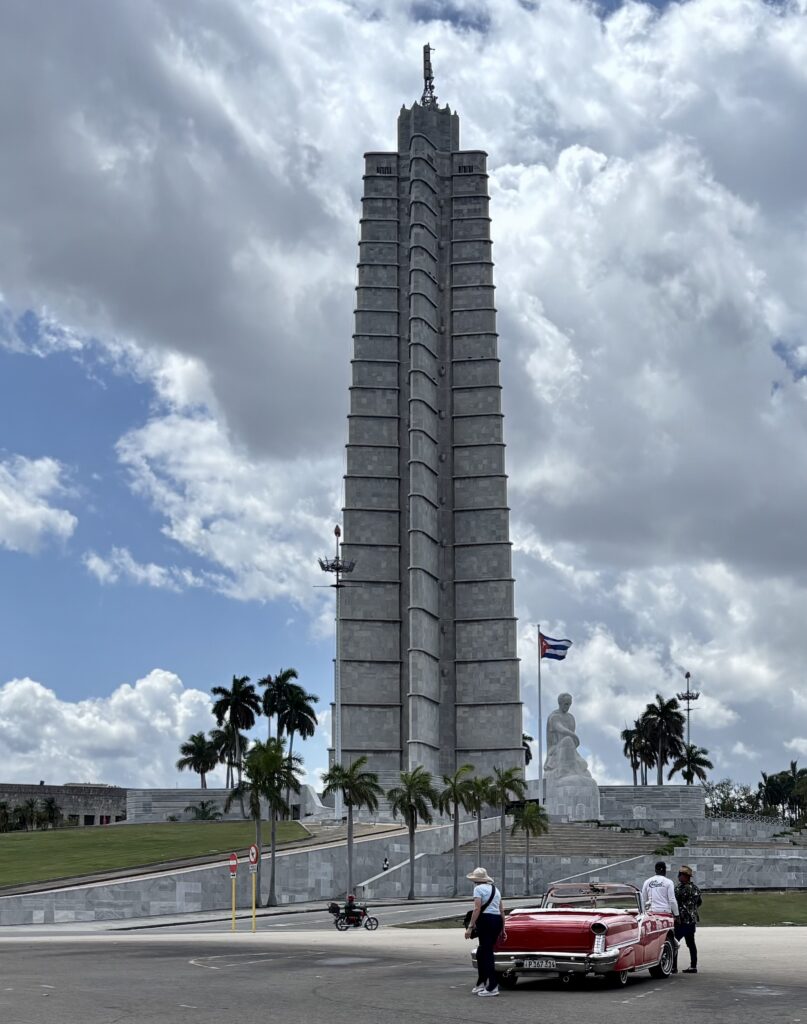
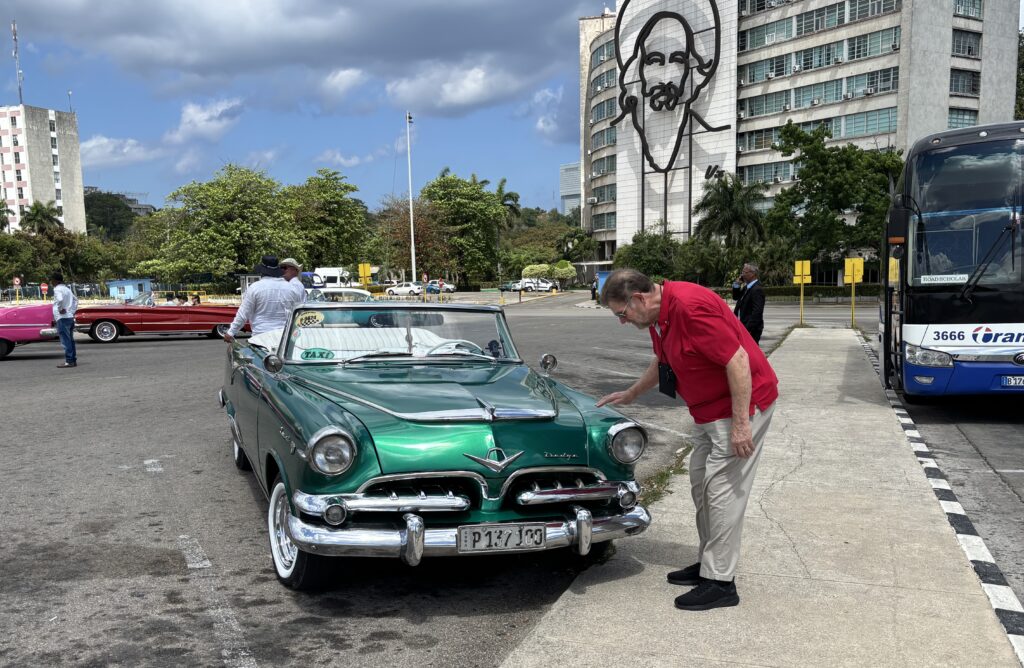
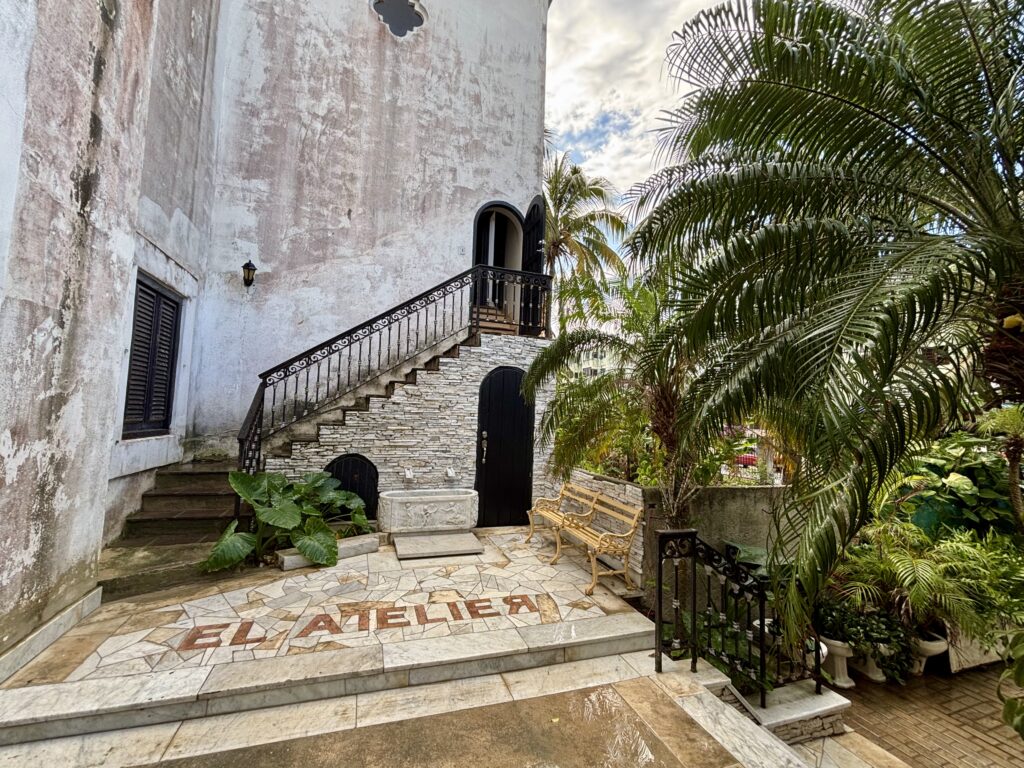
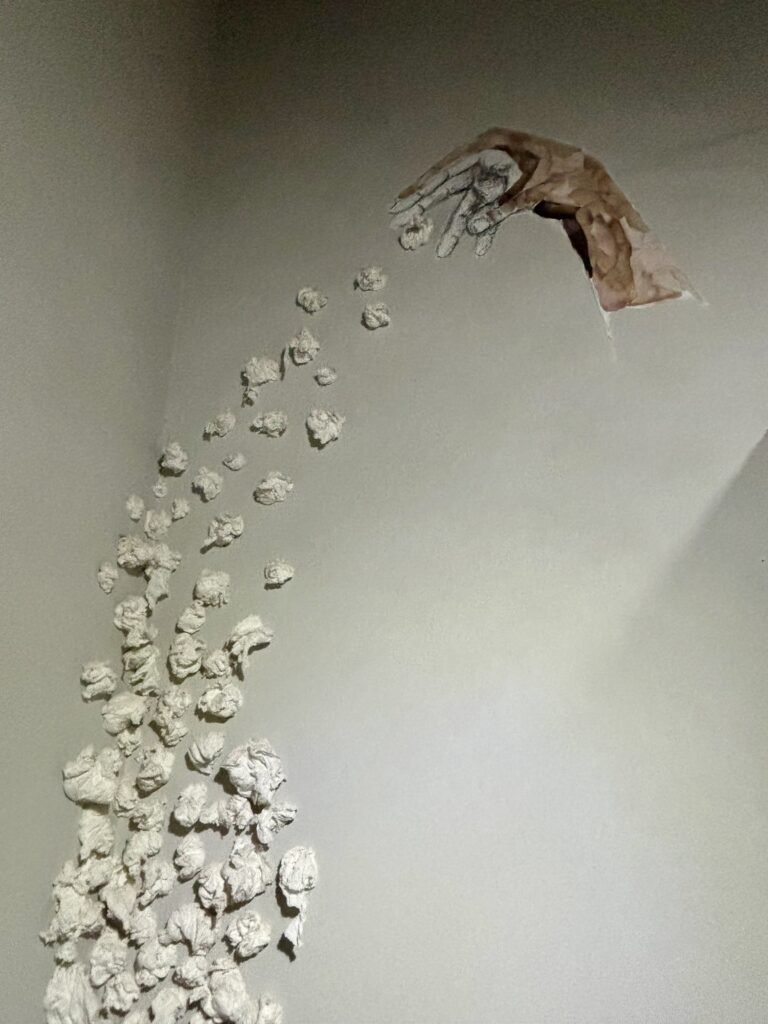
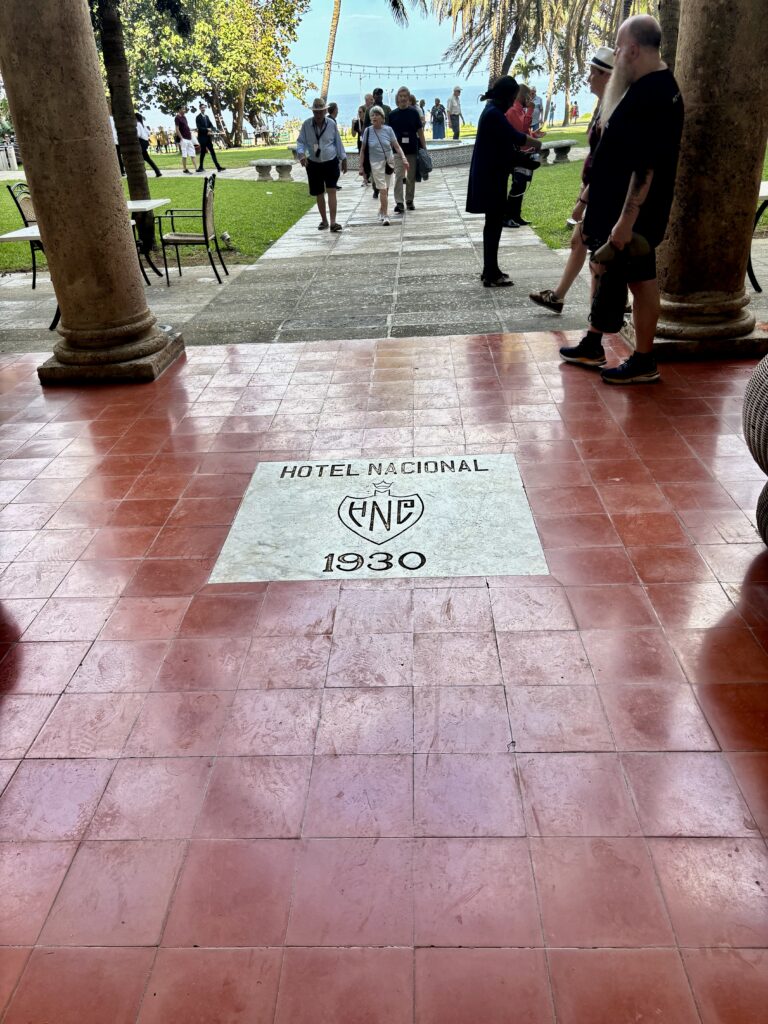
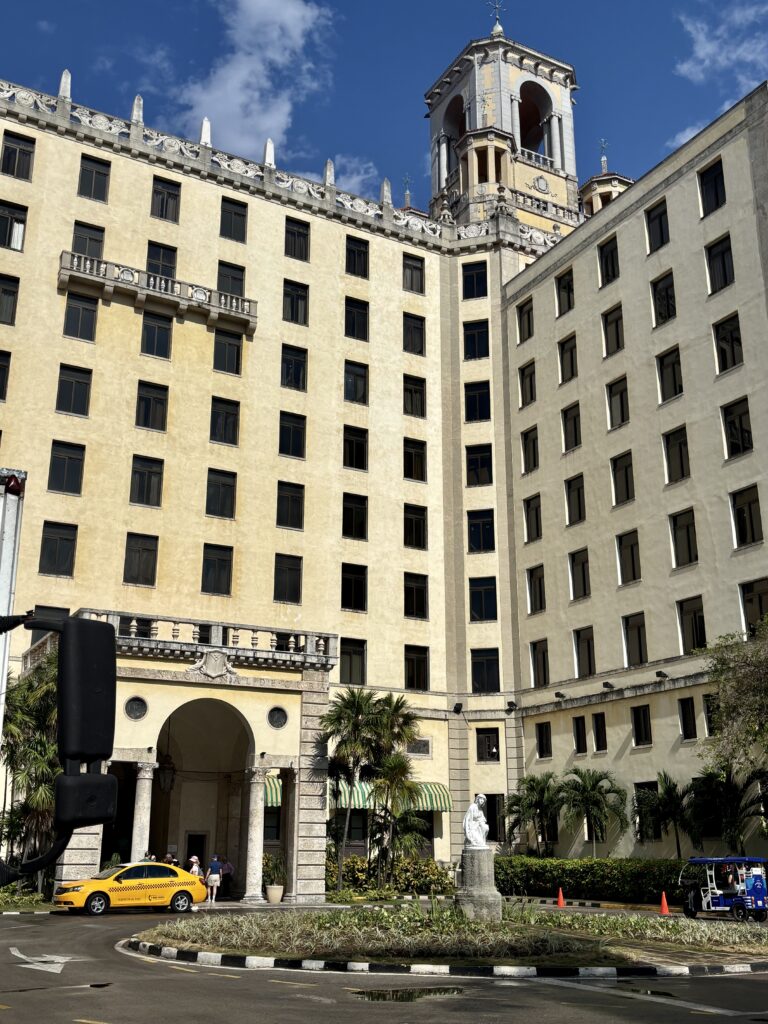
The afternoon was spent at our hotel, meeting with local dominos league members to learn how to play the national game. It was such fun, and a great ice breaker activity for our group. We chatted with the league members, many of whom spoke excellent English, and were entertained by their strong competitive and vocal play of the game. Those guys were amazingly good. For dinner that evening we were on our own and were given a number of restaurant options to choose from. Bob and I walked a couple of blocks and found a seafood spot and had our first introduction to spiny lobster. We’re still not sure how much we enjoyed it, but it was worth a try.
Cienfuegos
Leaving Havana, we drove 150 miles south to the town of Cienfuegos. The trip took about four hours with stops. Note: Our bus had a restroom but it was requested that we not use it except for an emergency. Reason – there are no dumping stations to use and the driver would have to clean it out himself. (And Joel, our driver, was a really wonderful person who didn’t deserve this task.) So a restroom stop was scheduled for every hour and a half of travel. Yup – a bus of old folks.
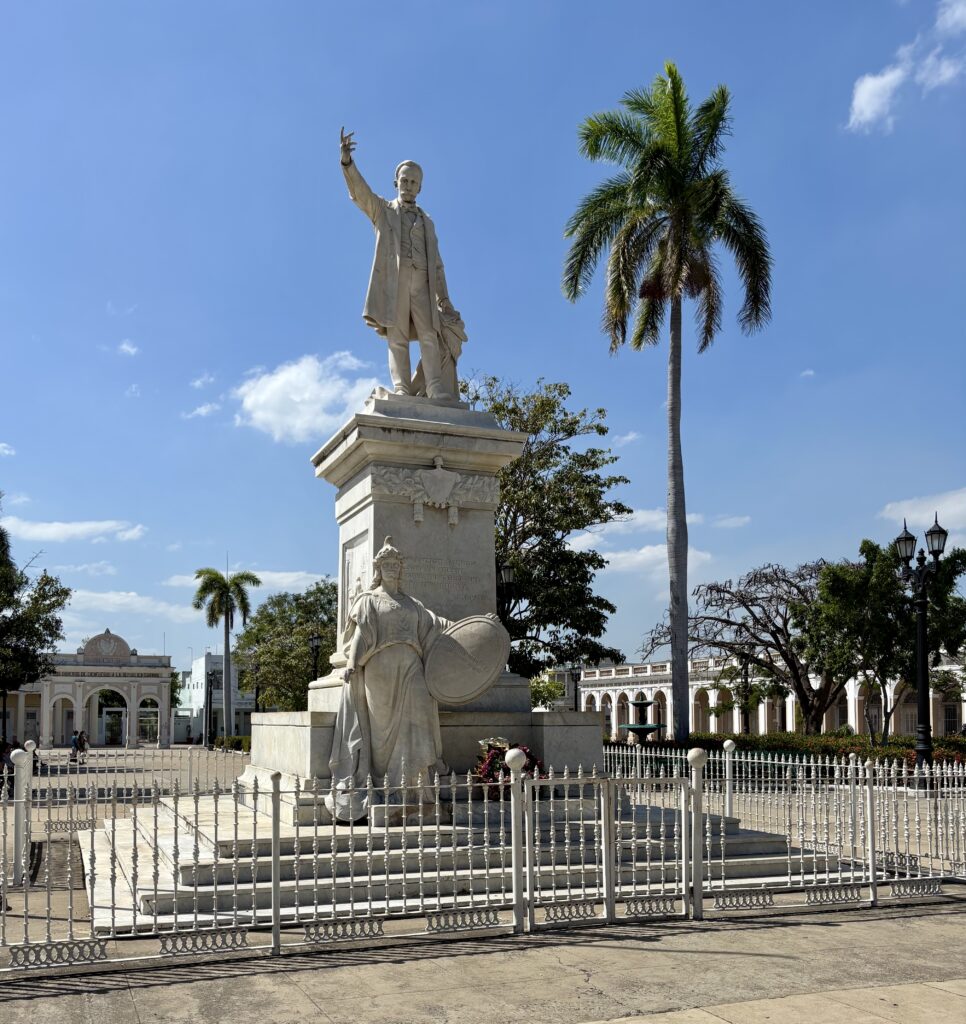
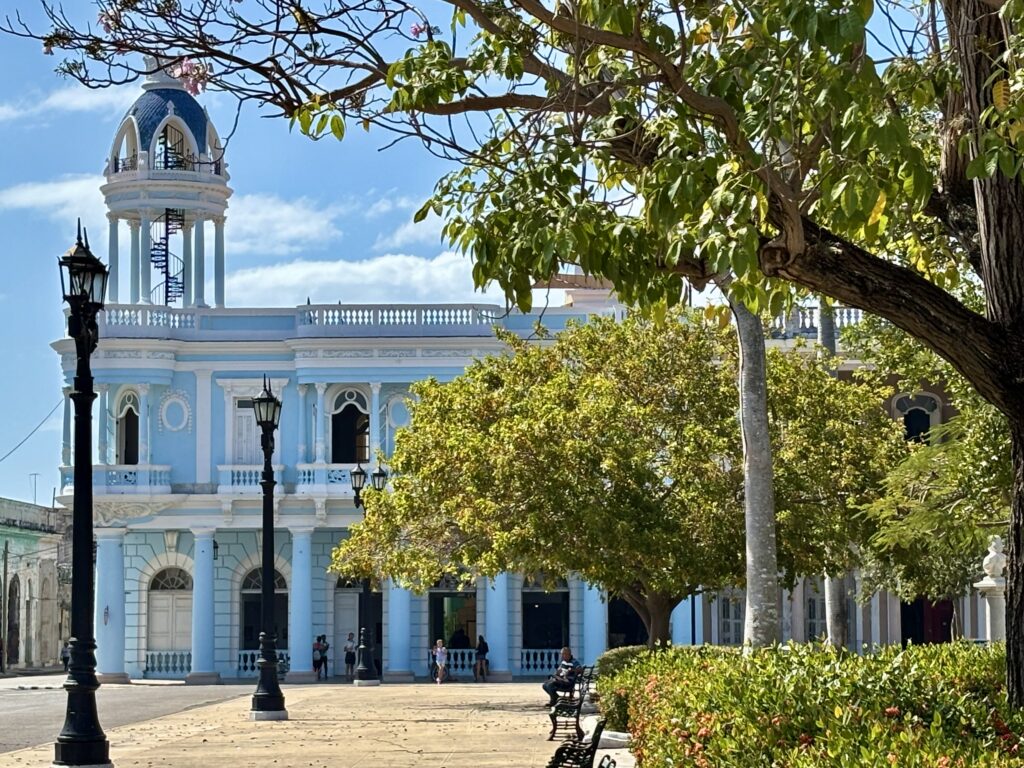
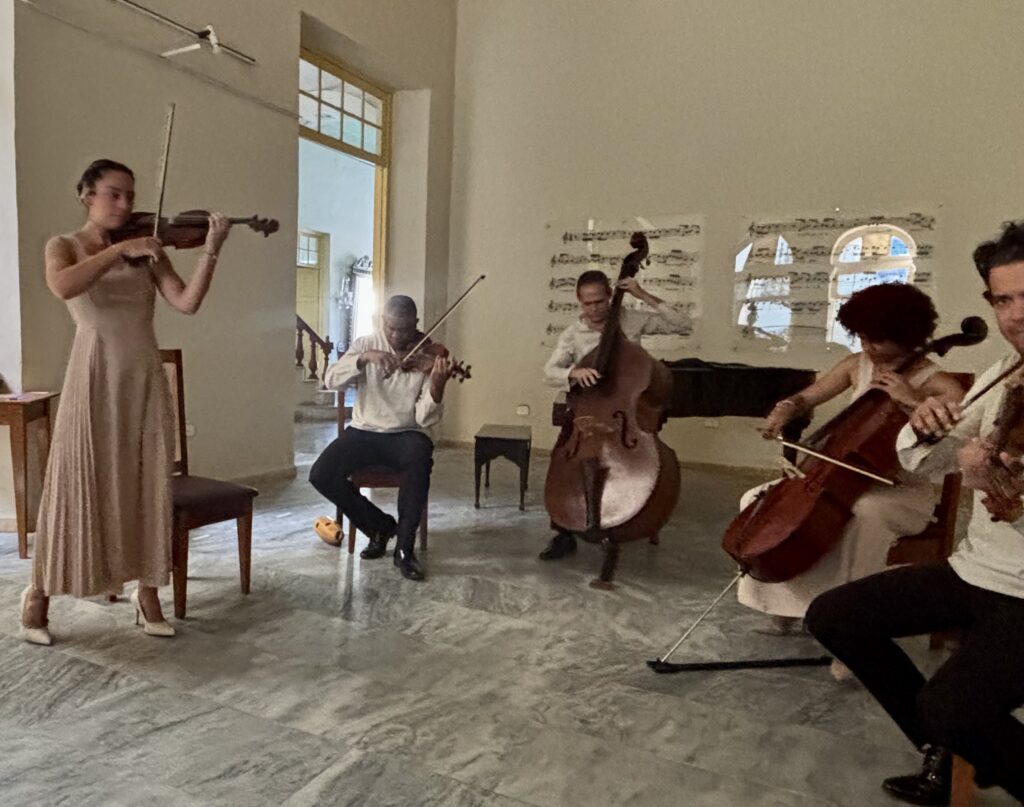
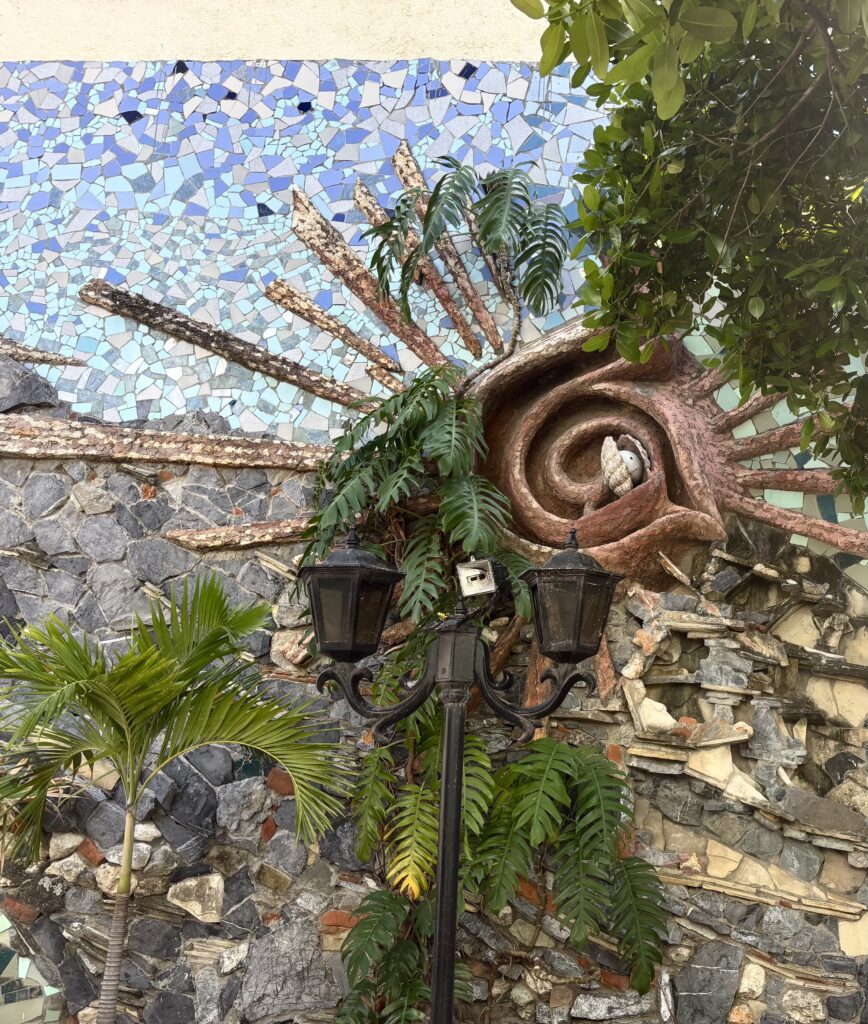
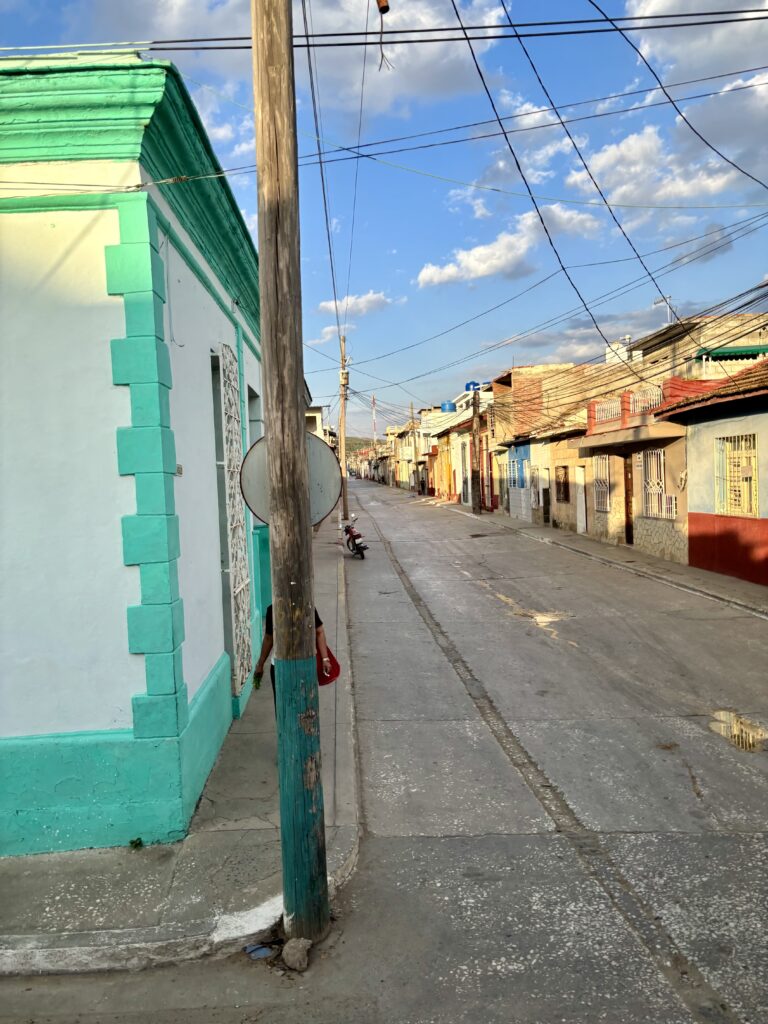
Trinidad
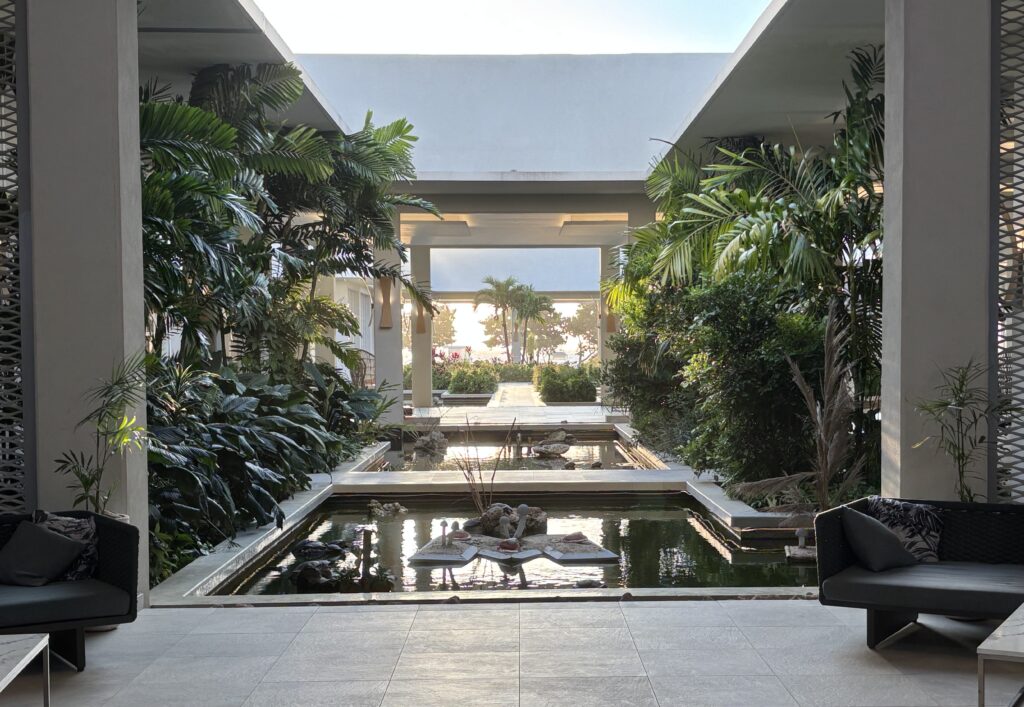
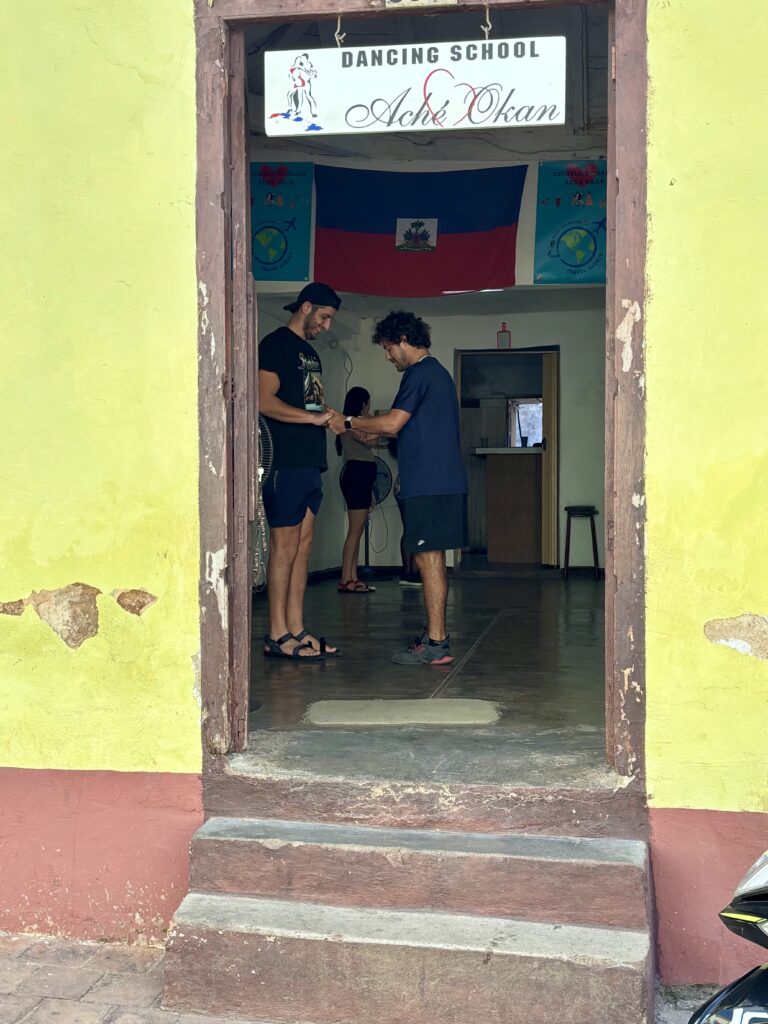
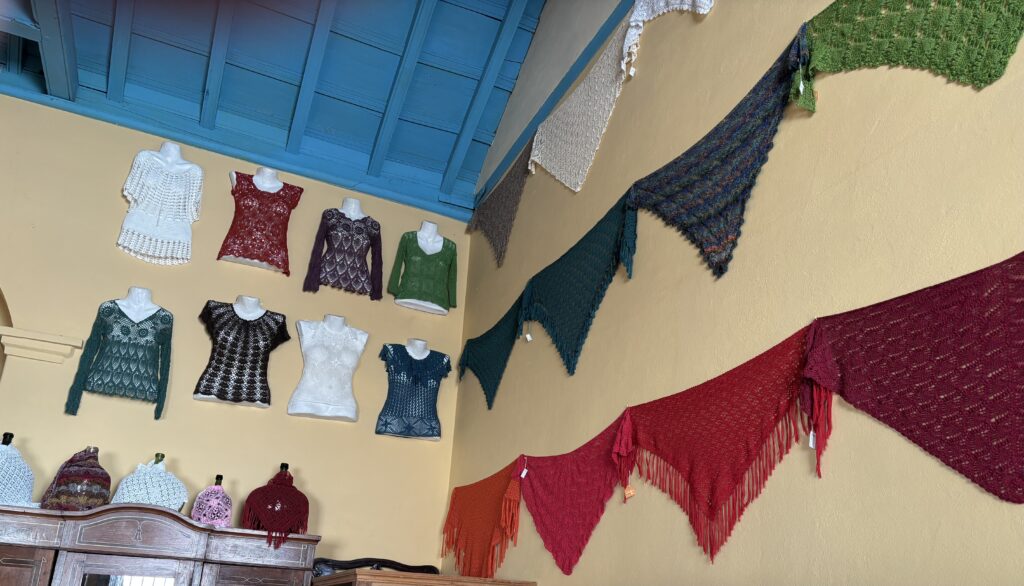
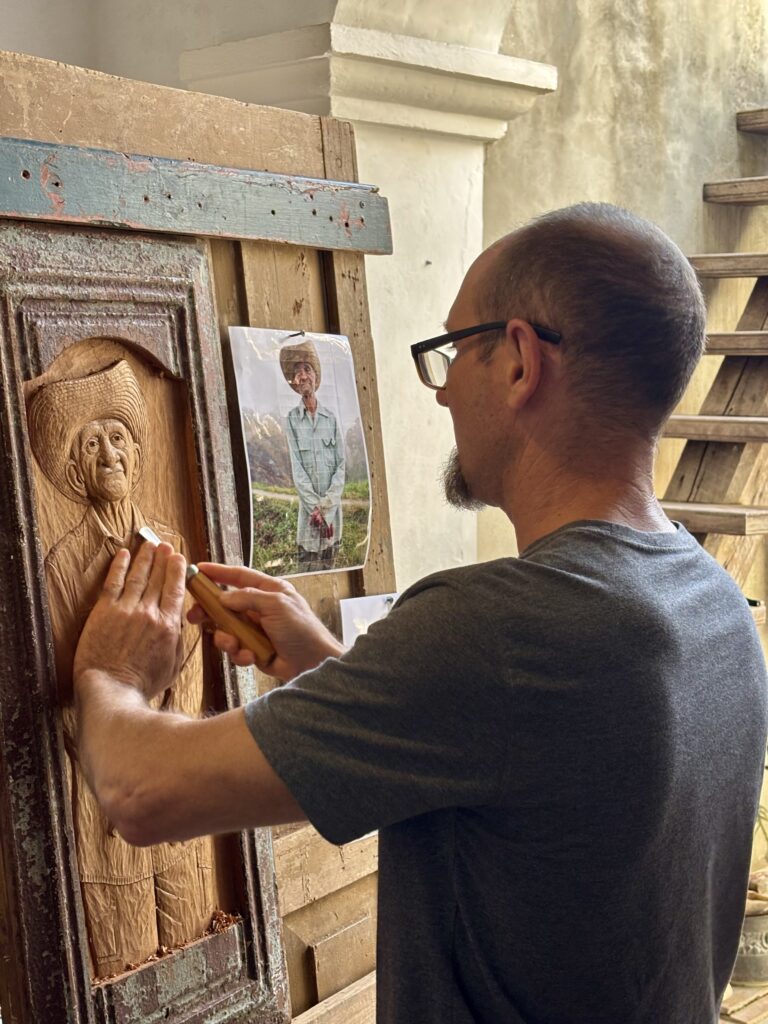
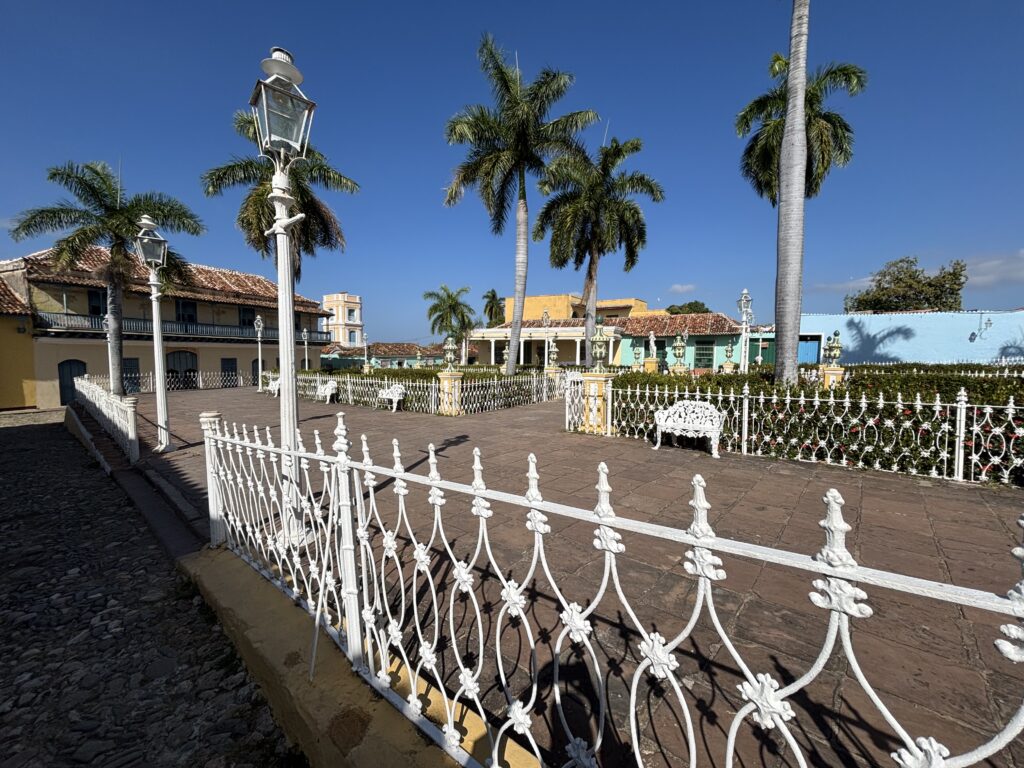

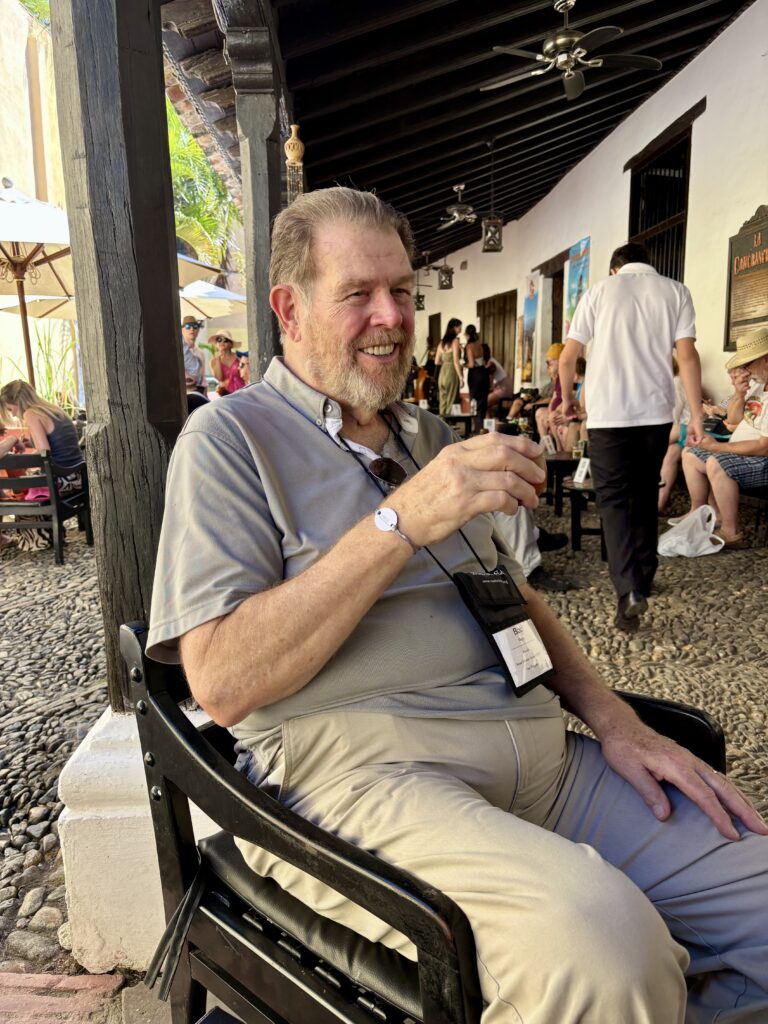
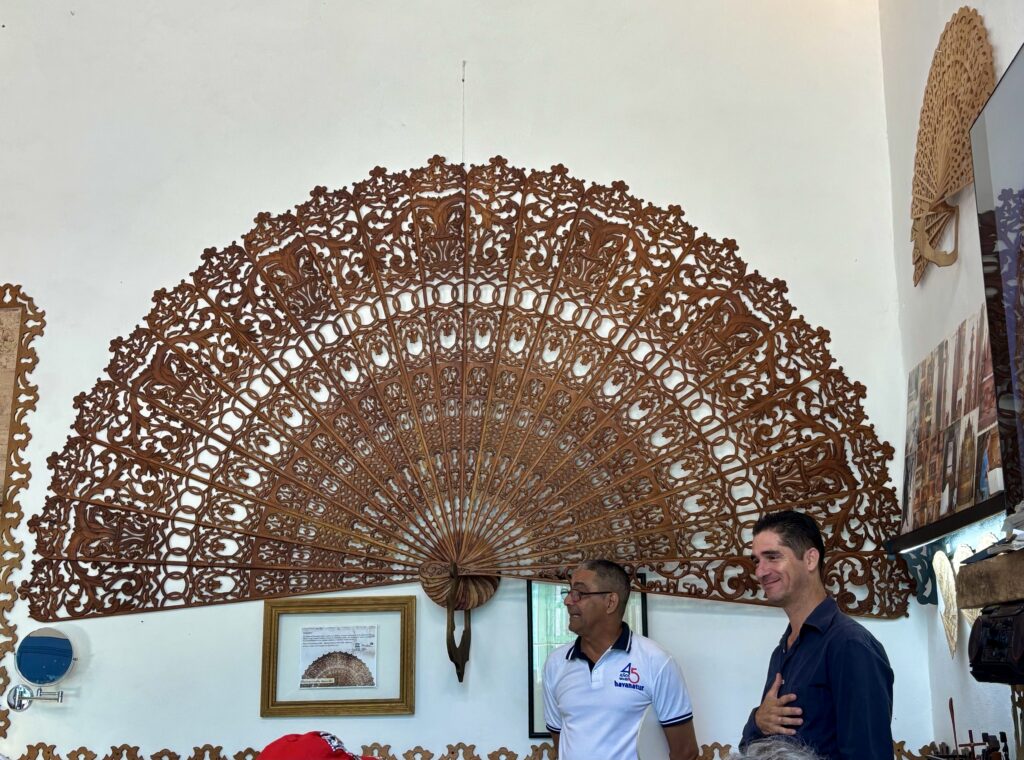
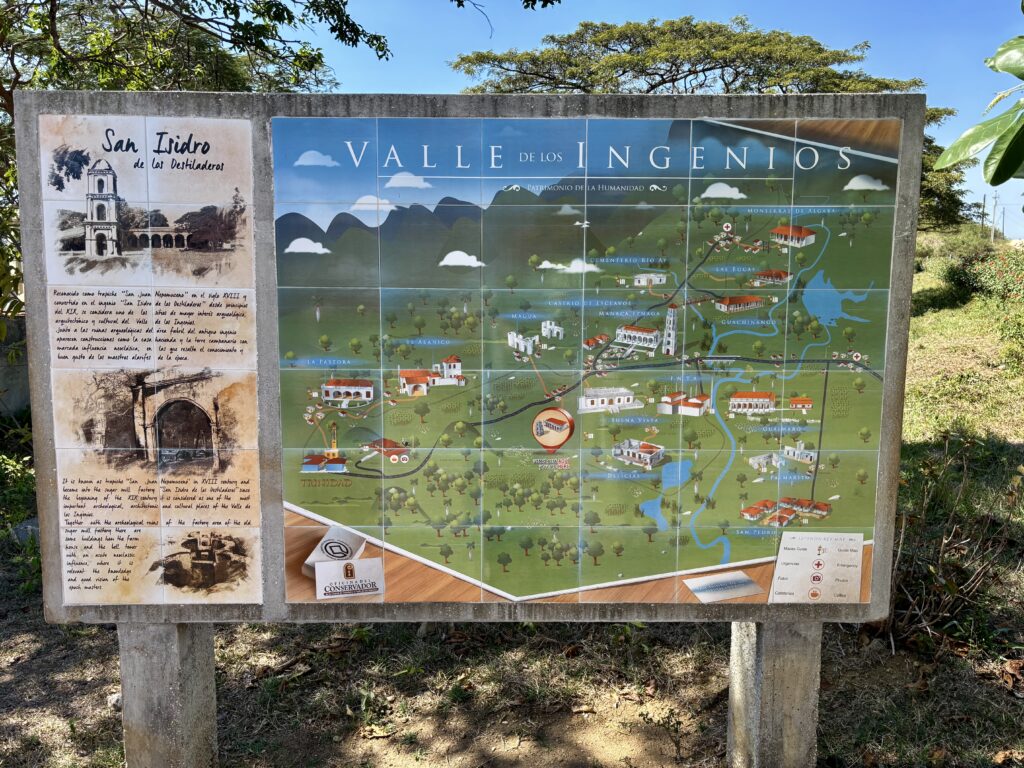
Matanzas
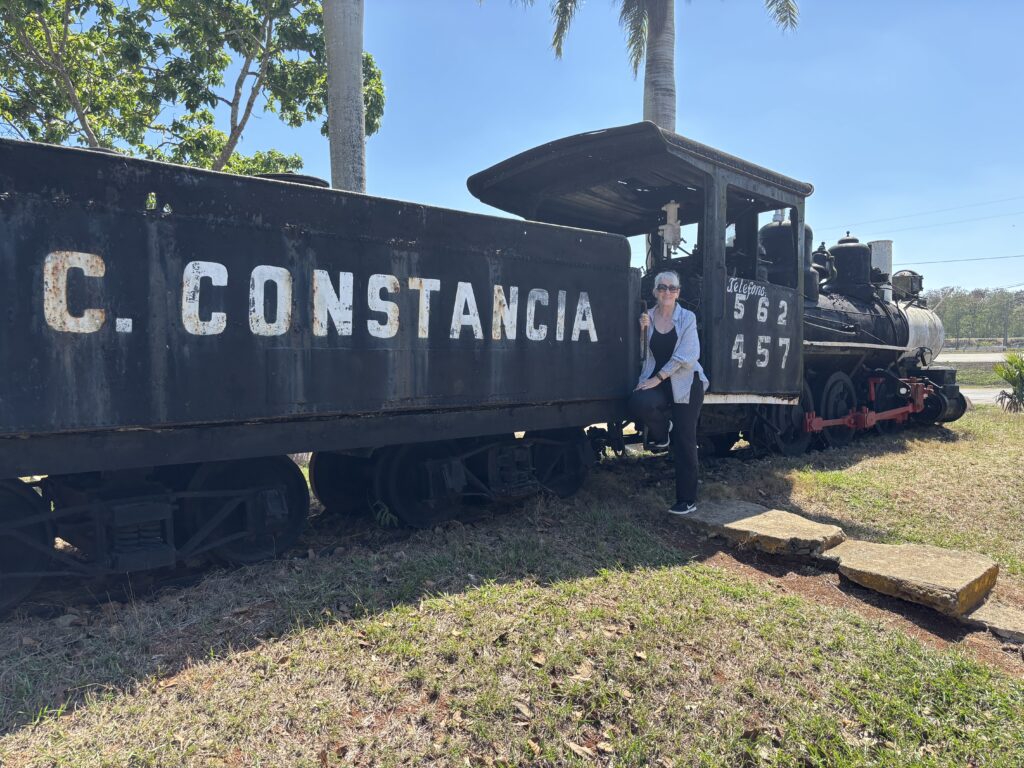
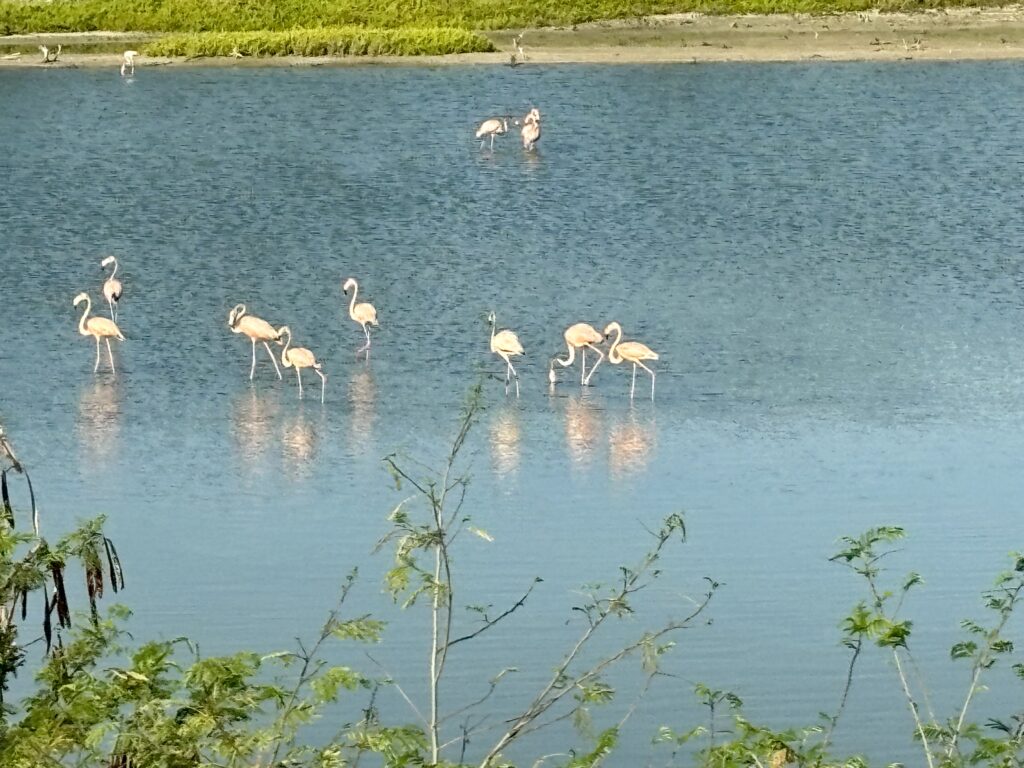
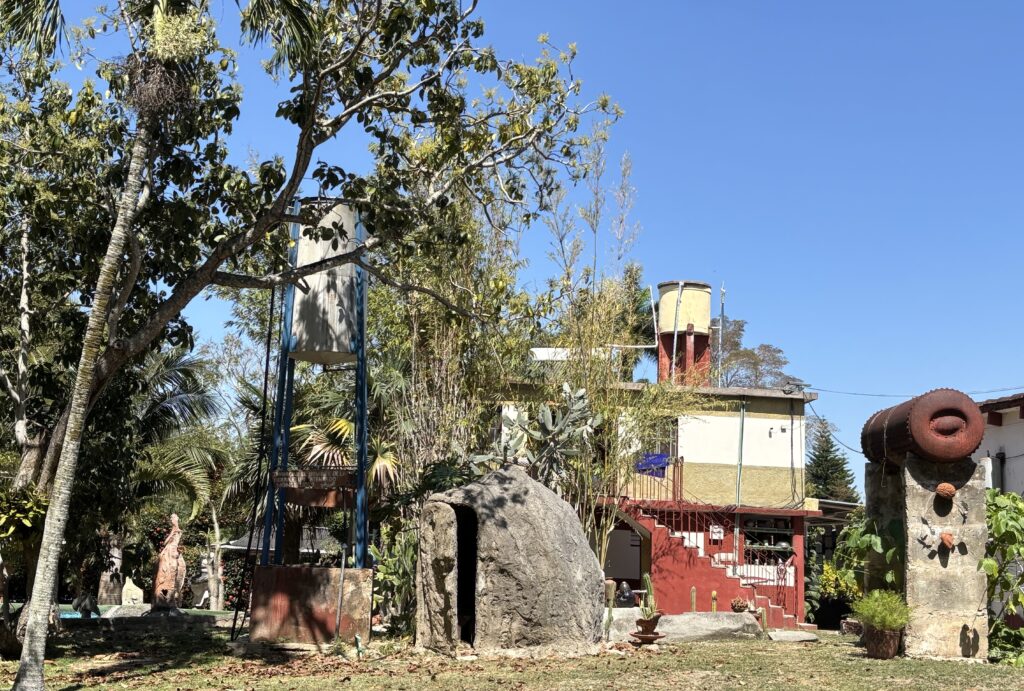

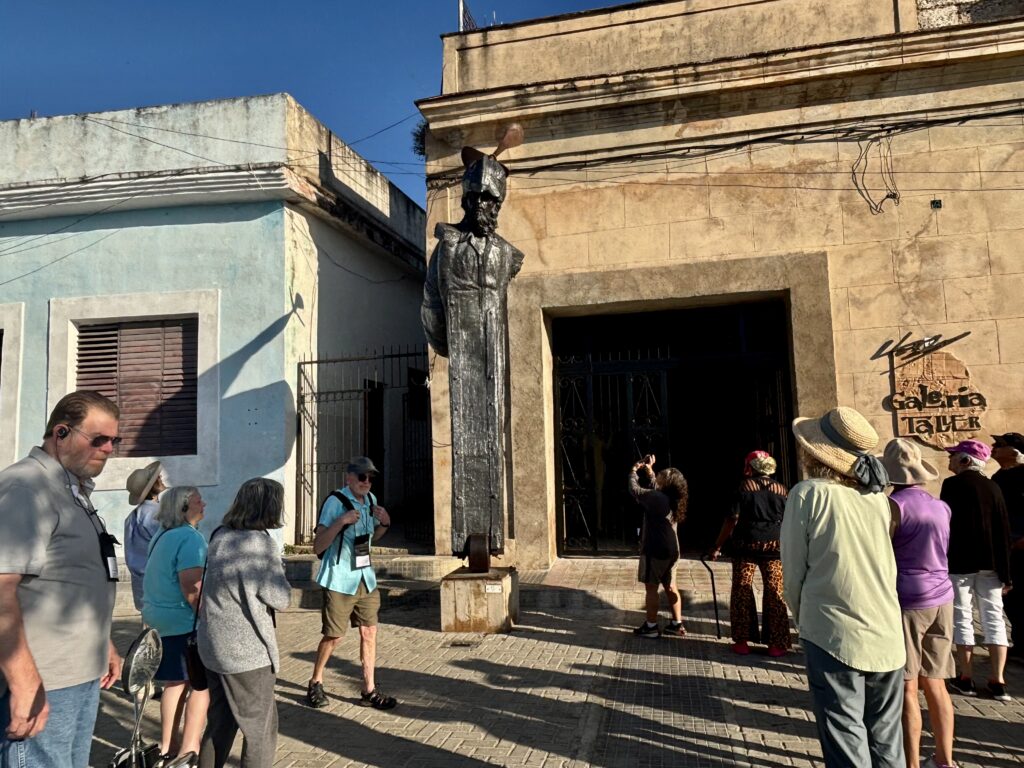
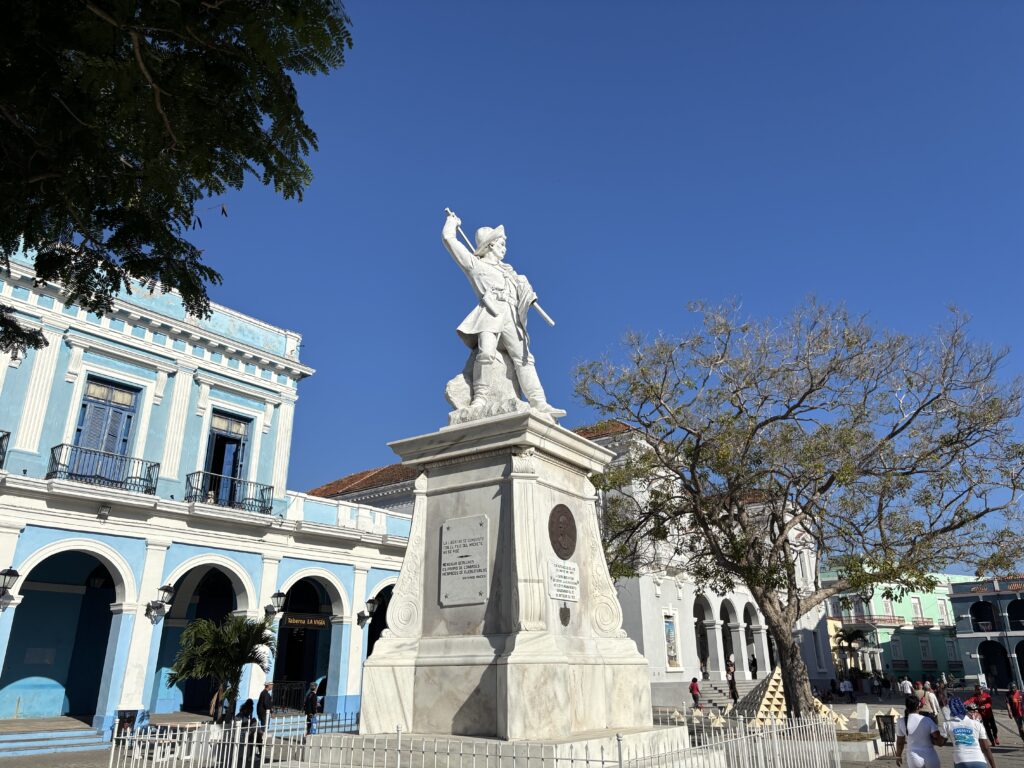
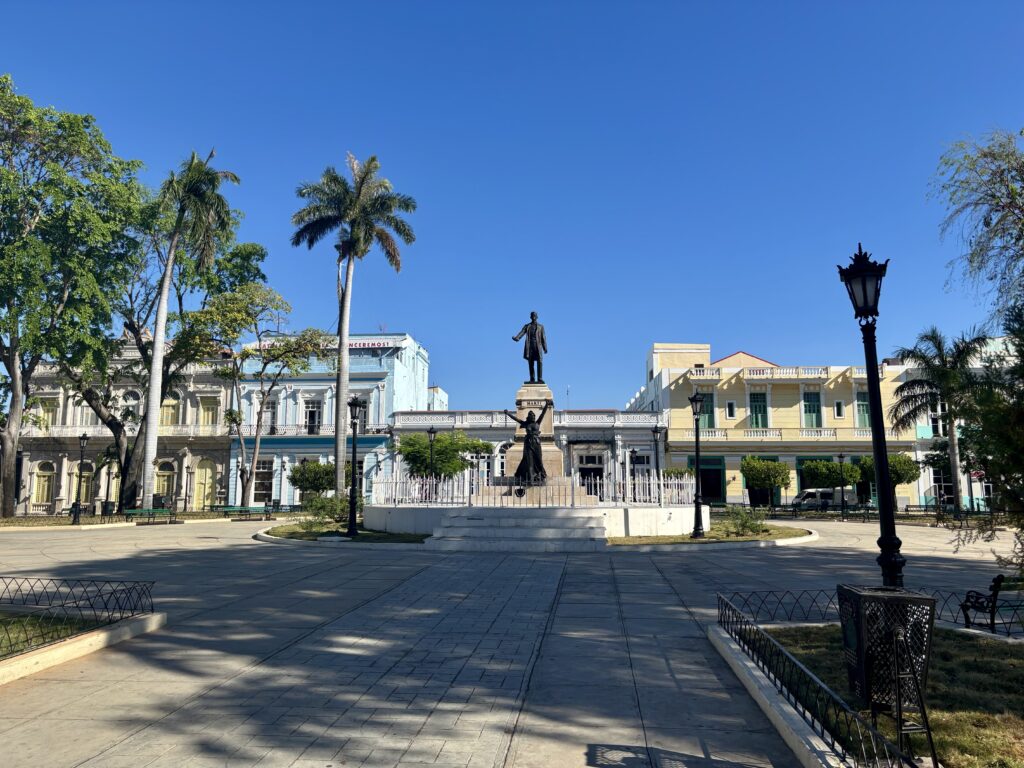


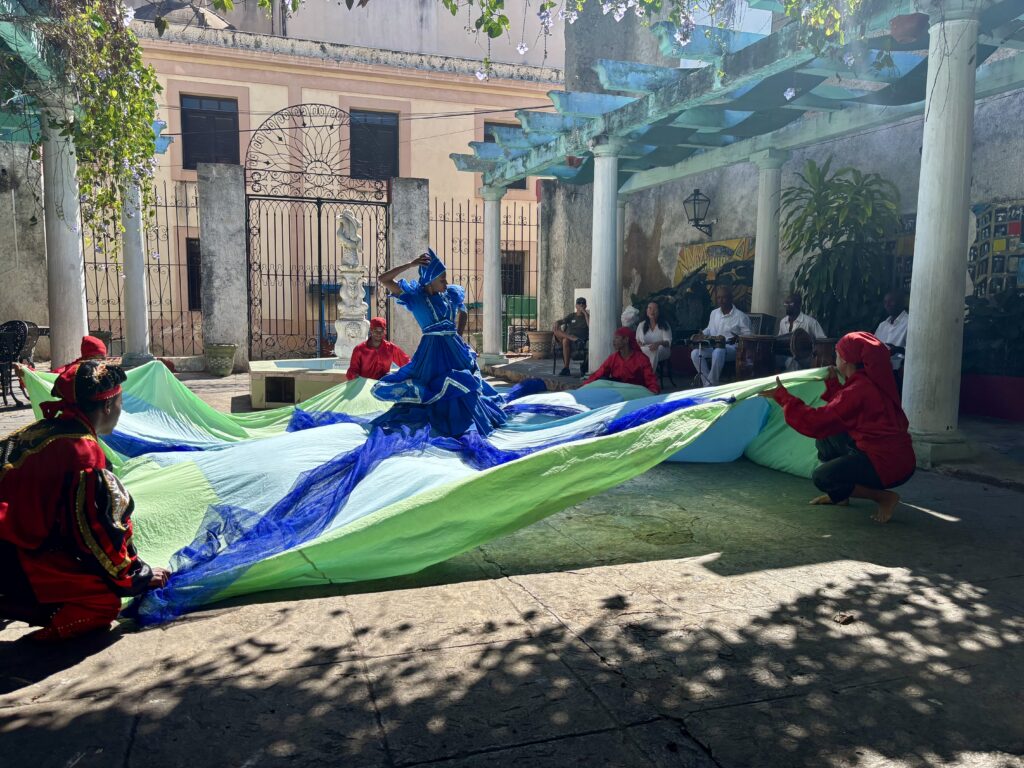
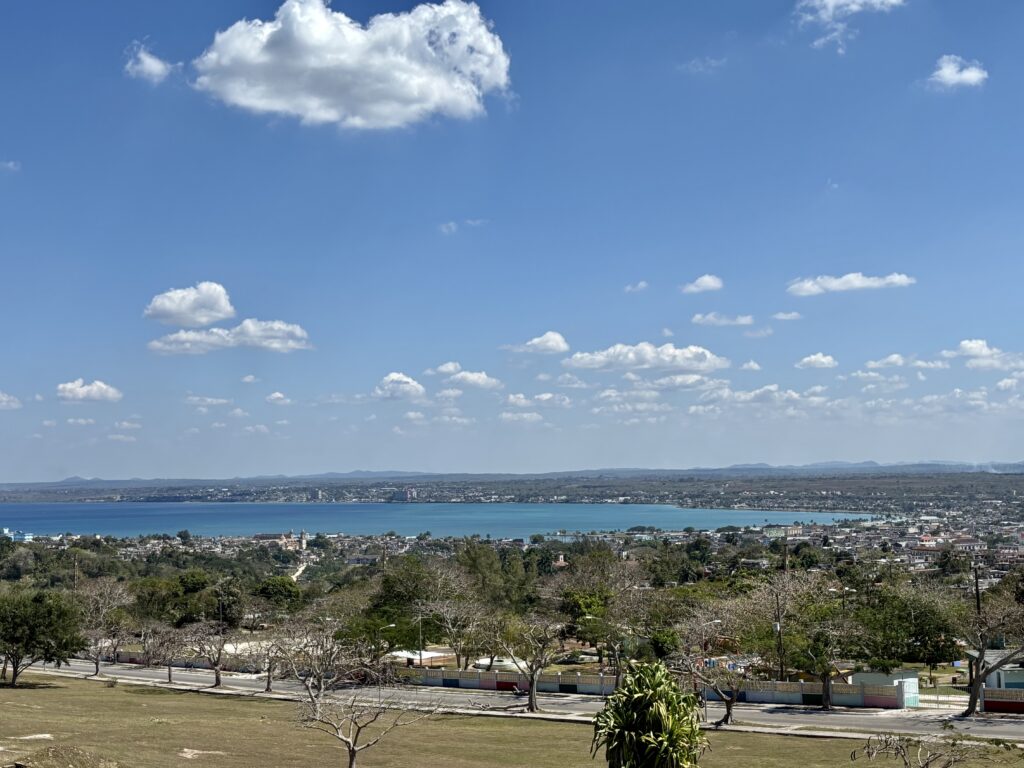

Vinales
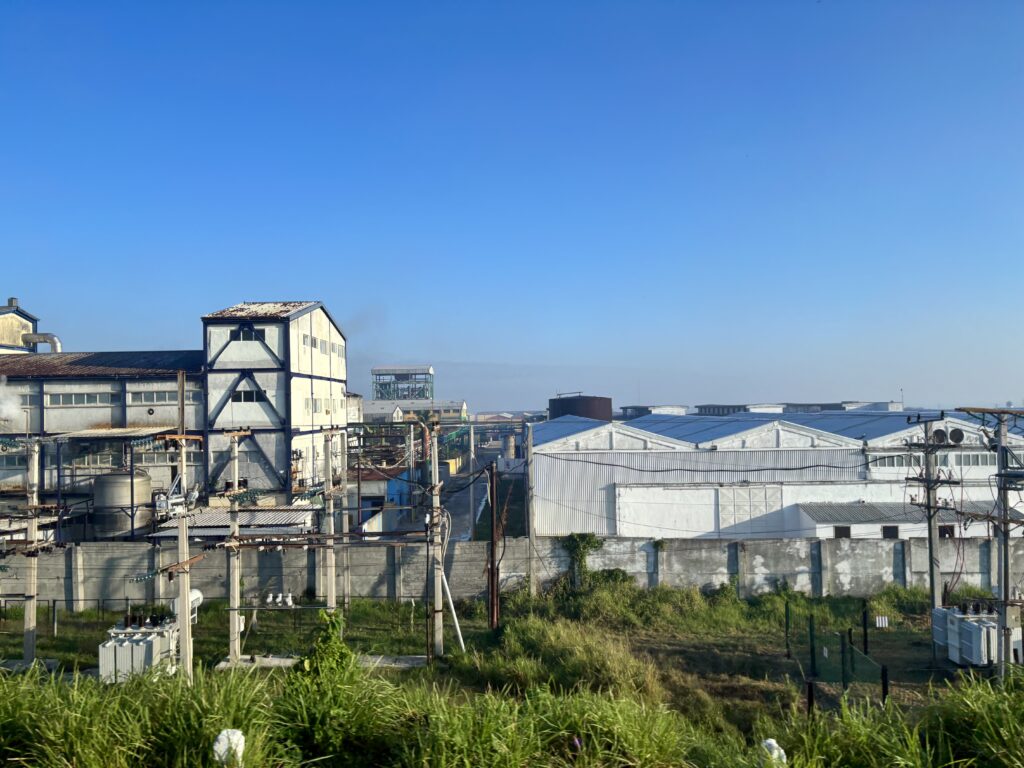
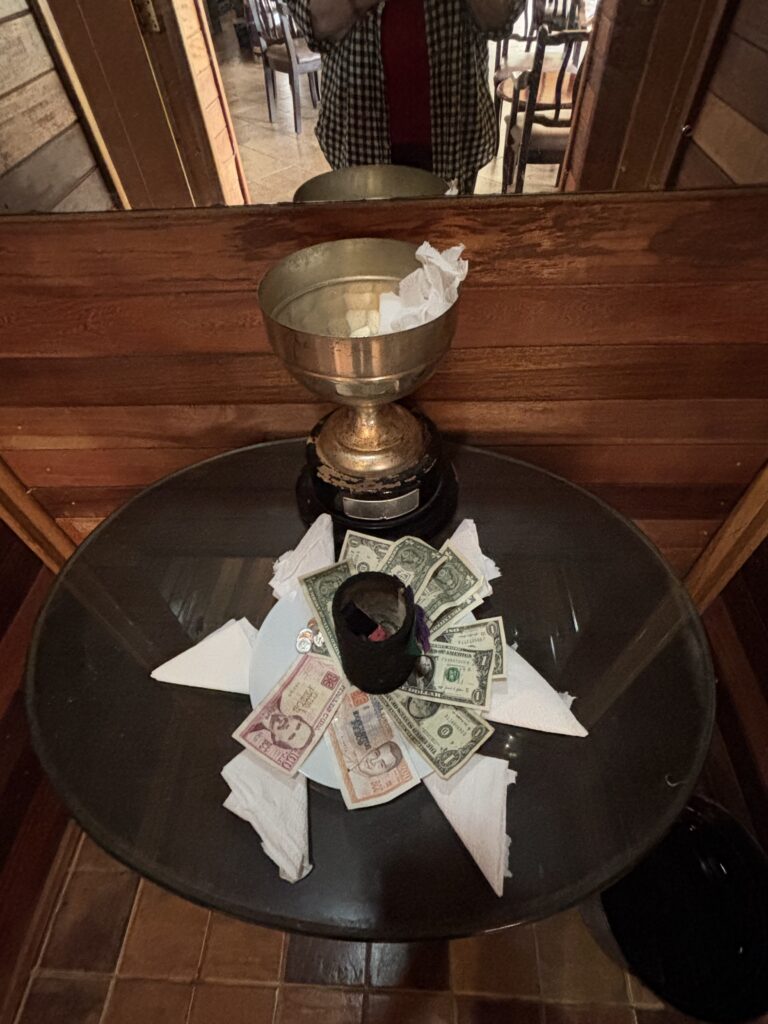

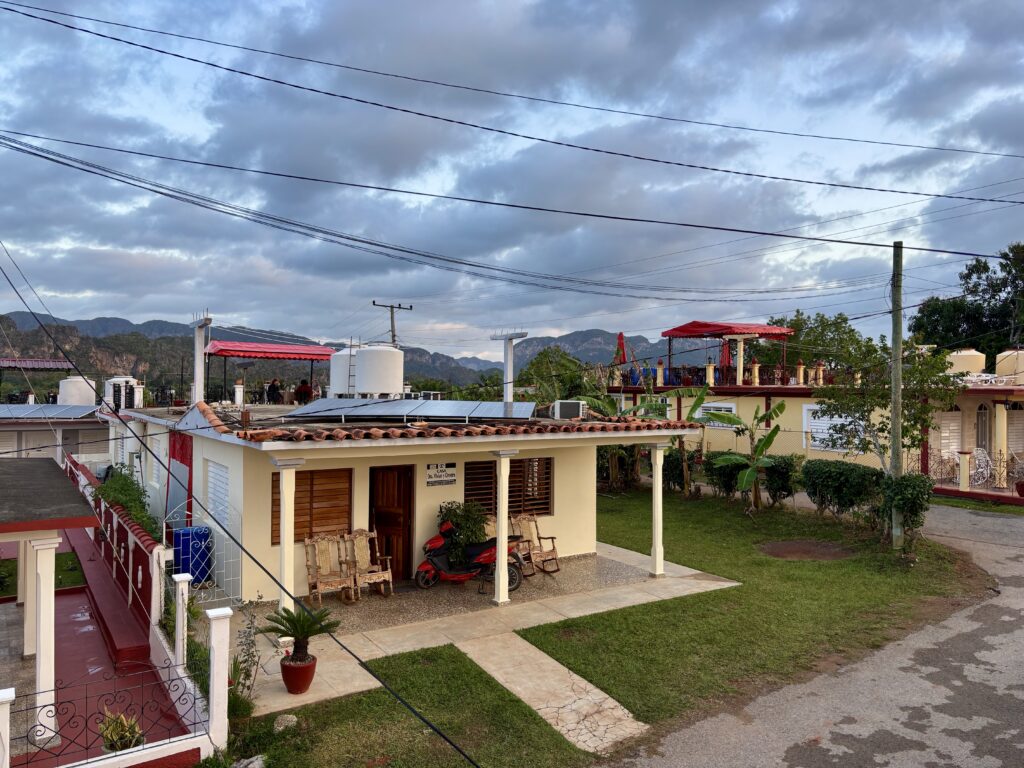
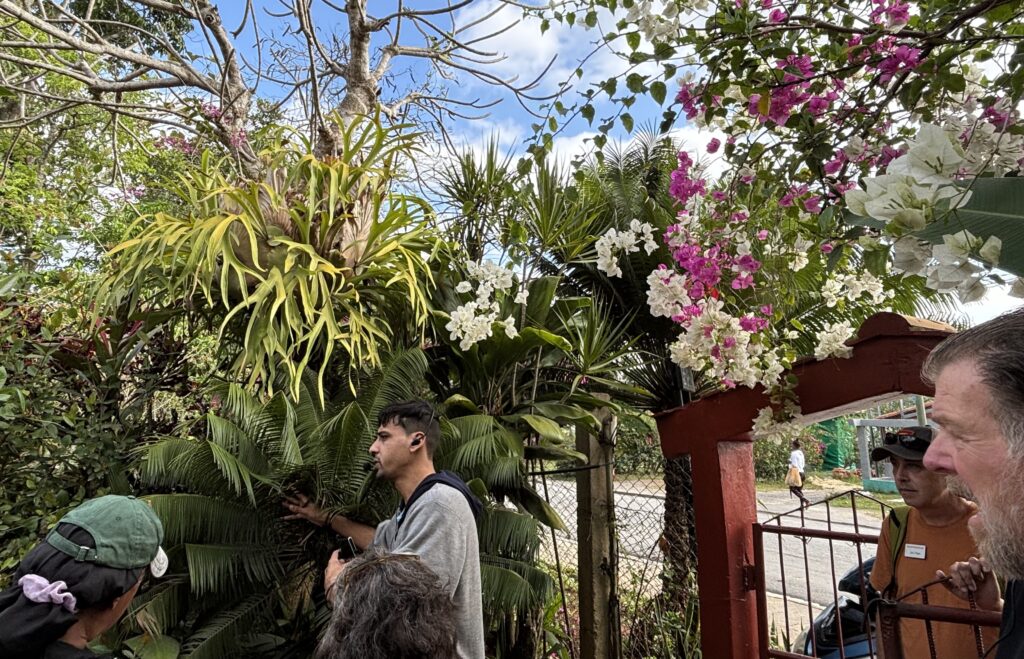
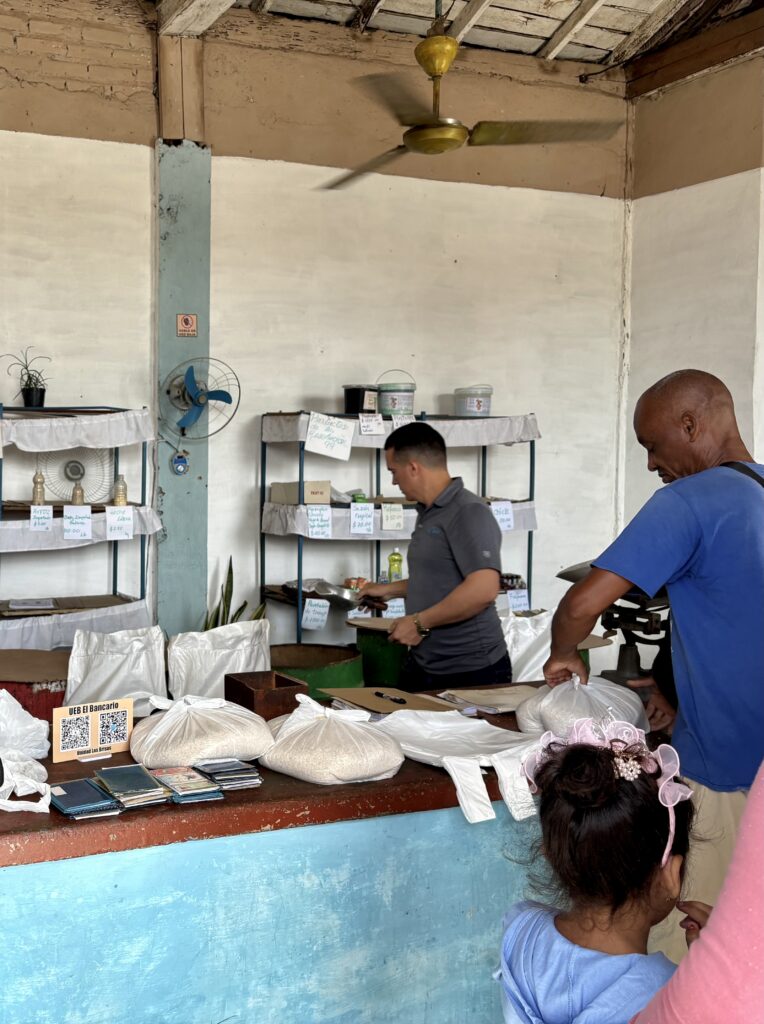
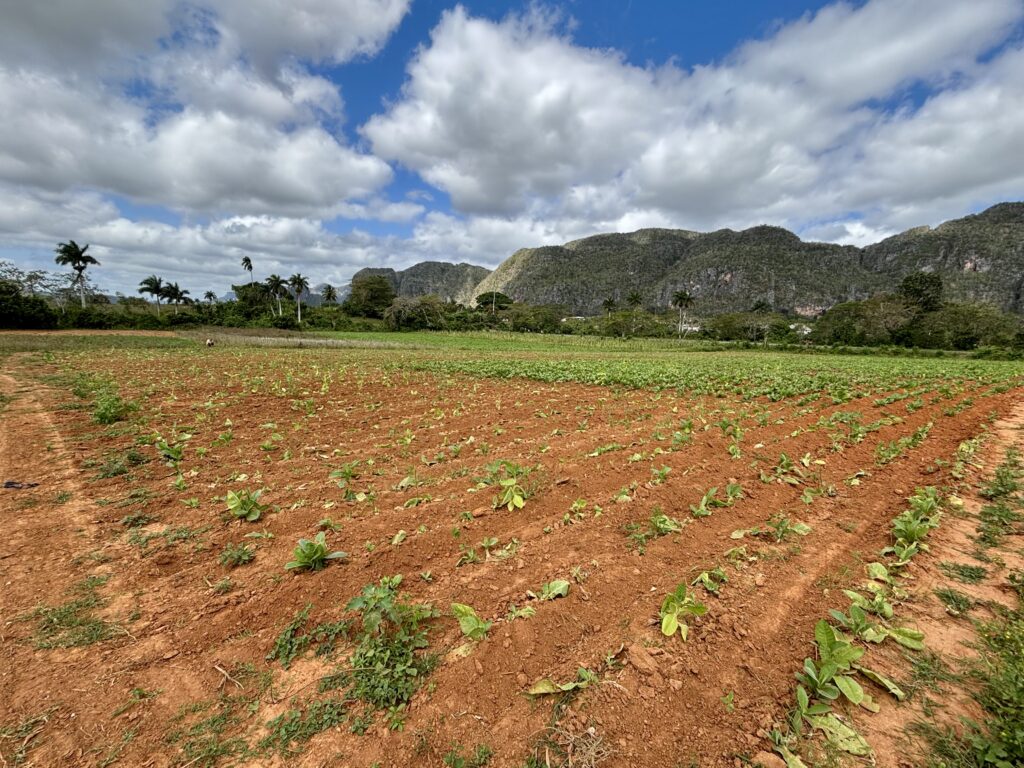
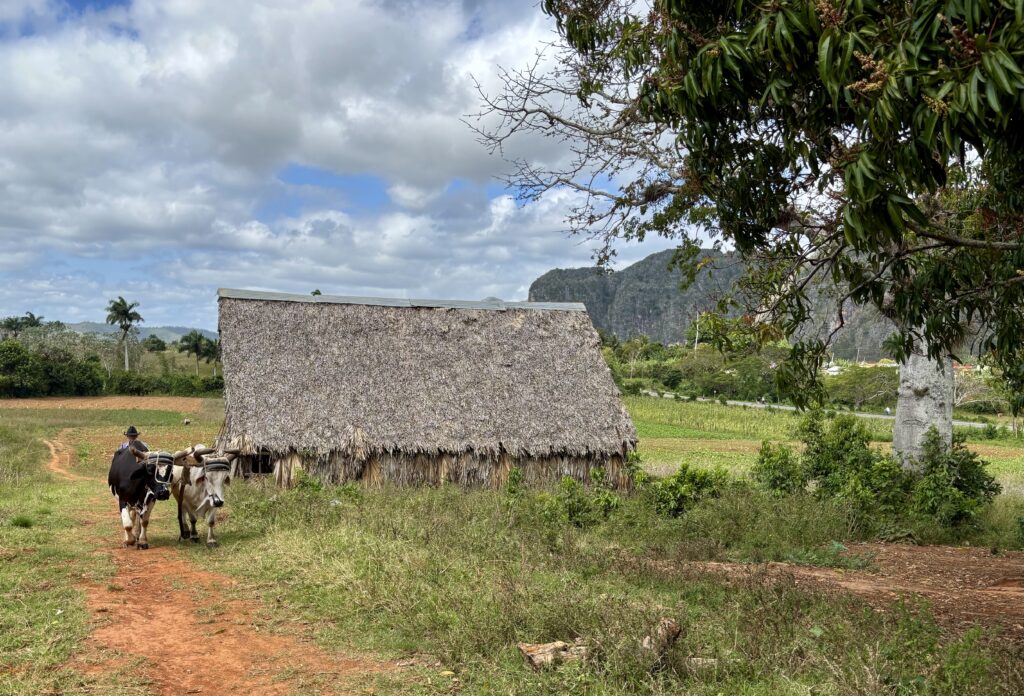
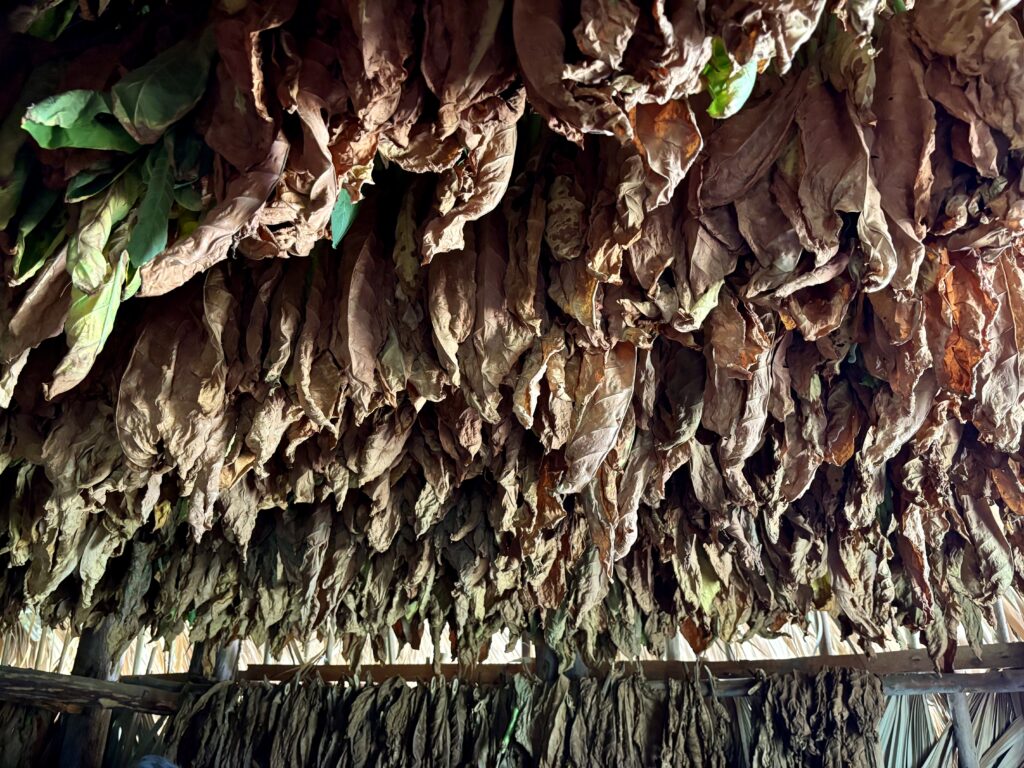

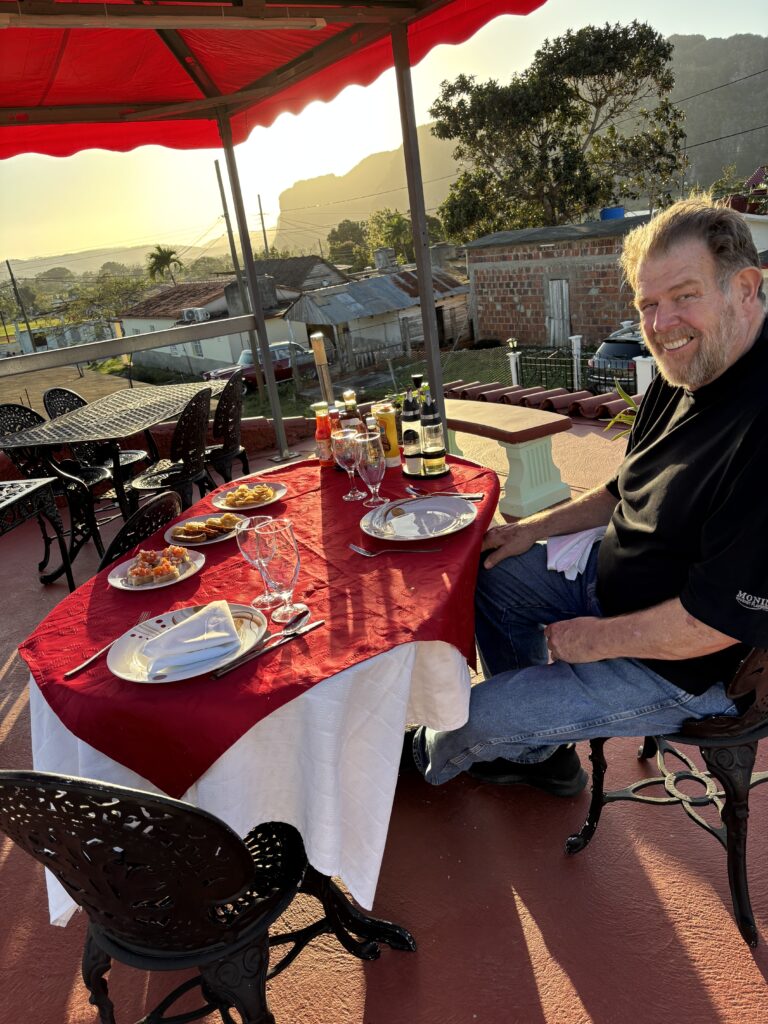
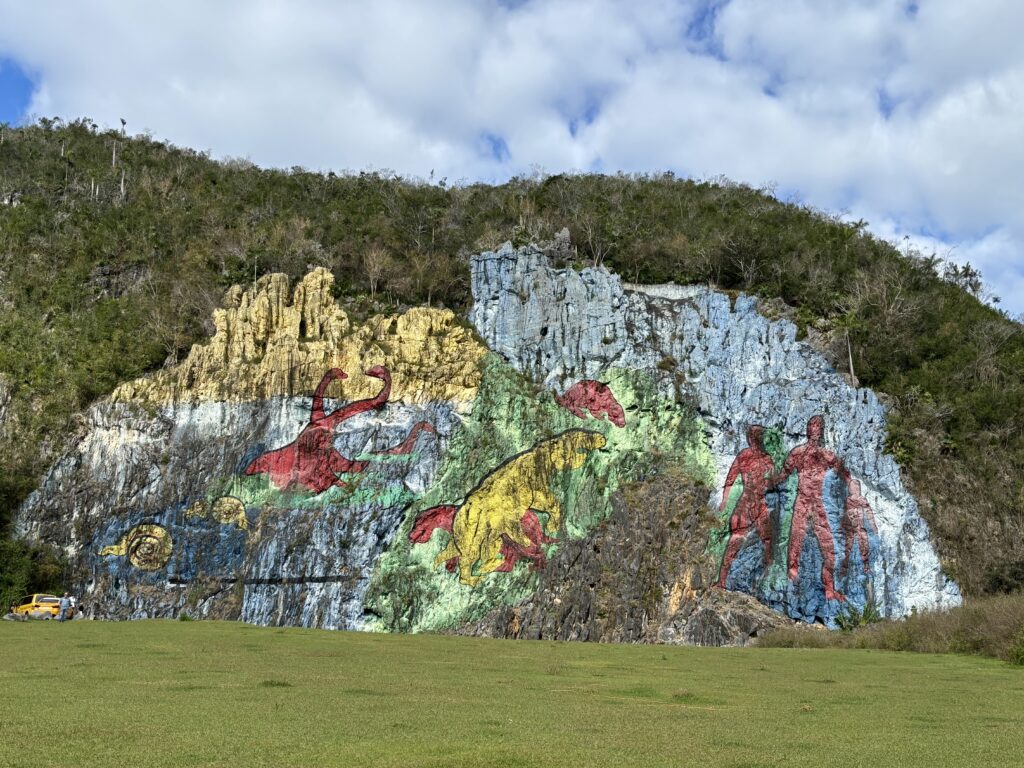
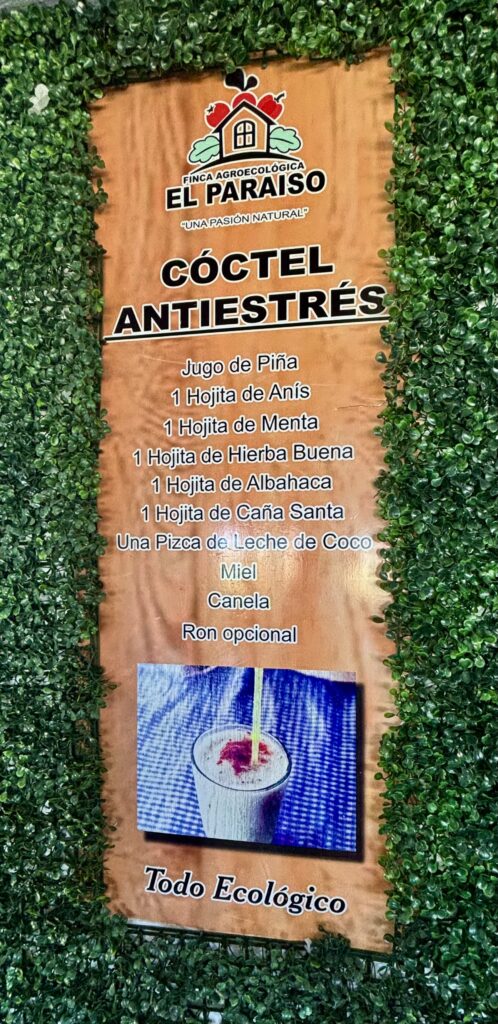
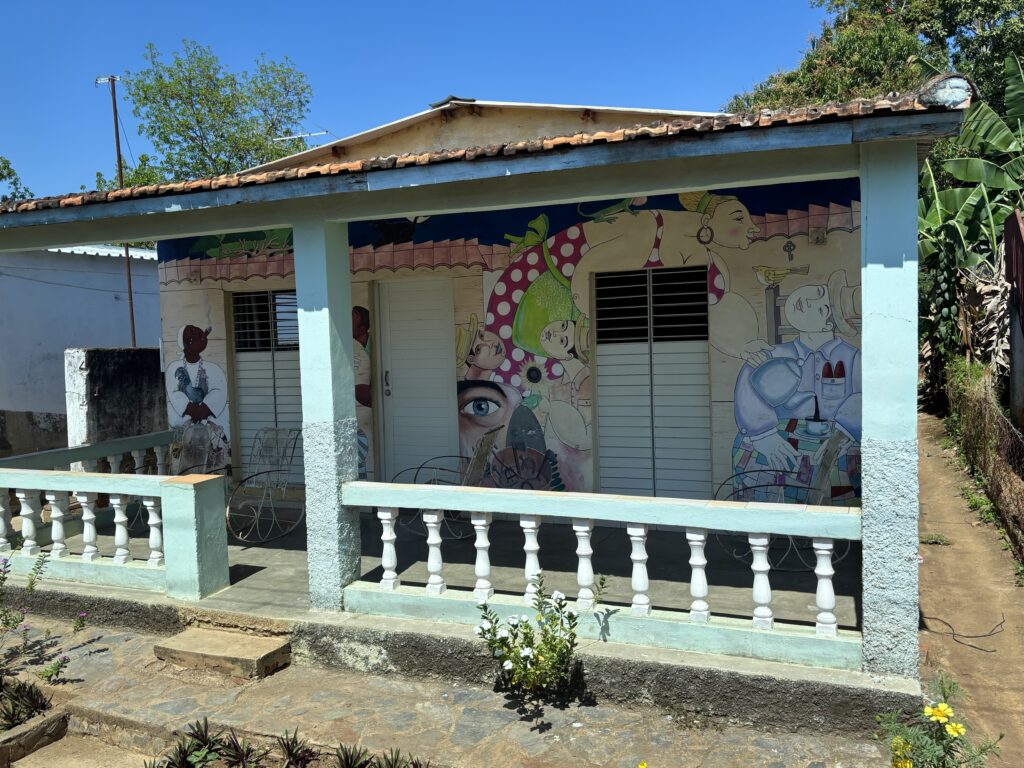
Mentioning art classes brings me to an aside: Before we left the states we received a message from Road Scholar explaining “gifts” (read that as donations) to projects. Every project/group/artist we visit gets compensated by Road Scholar, so contributions are not expected. That said, many travelers, after seeing the circumstances in Cuba, have asked what else they can do. We were provided with a list of things that are scarce and needed: OTC medicines (particularly children’s dosages), reading glasses, art and school supplies, personal cleaning products, for example. Those who brought items loaded them onto the back seats of our bus and throughout our travels Jim, our fearless leader, made up bags to hand out. It was done discreetly, and by the end of our journey everything had been distributed.
Havana – Part 2
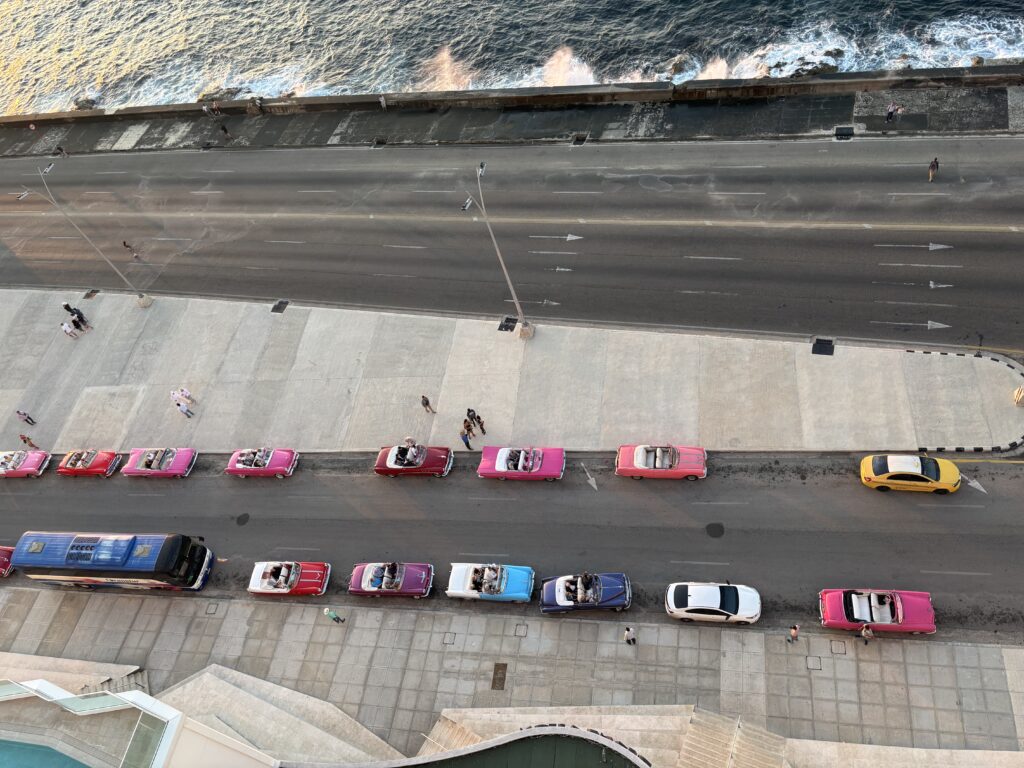
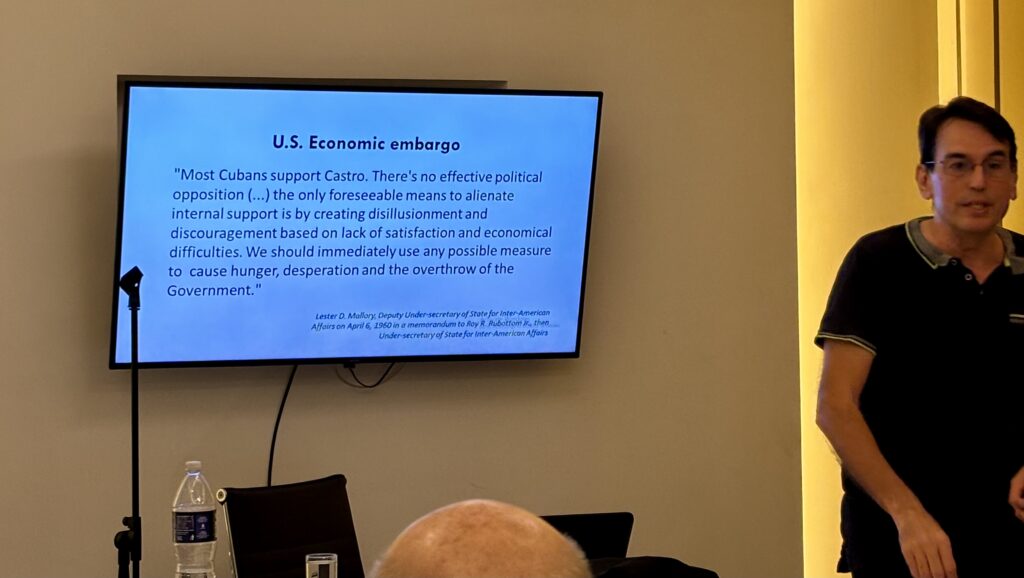
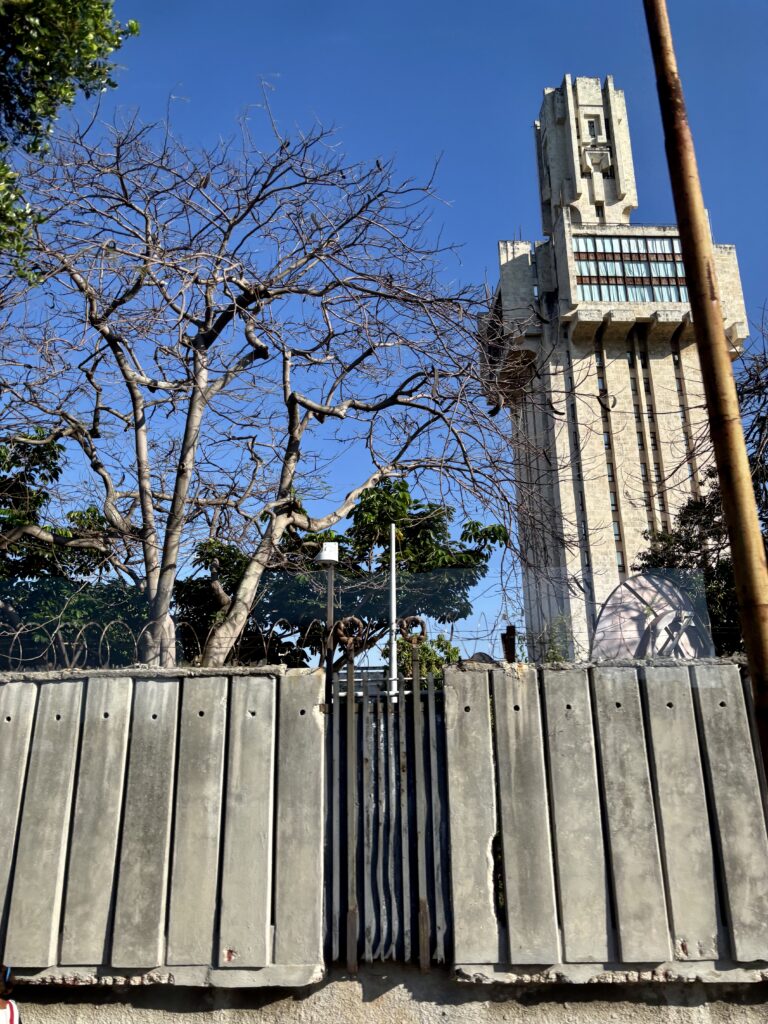
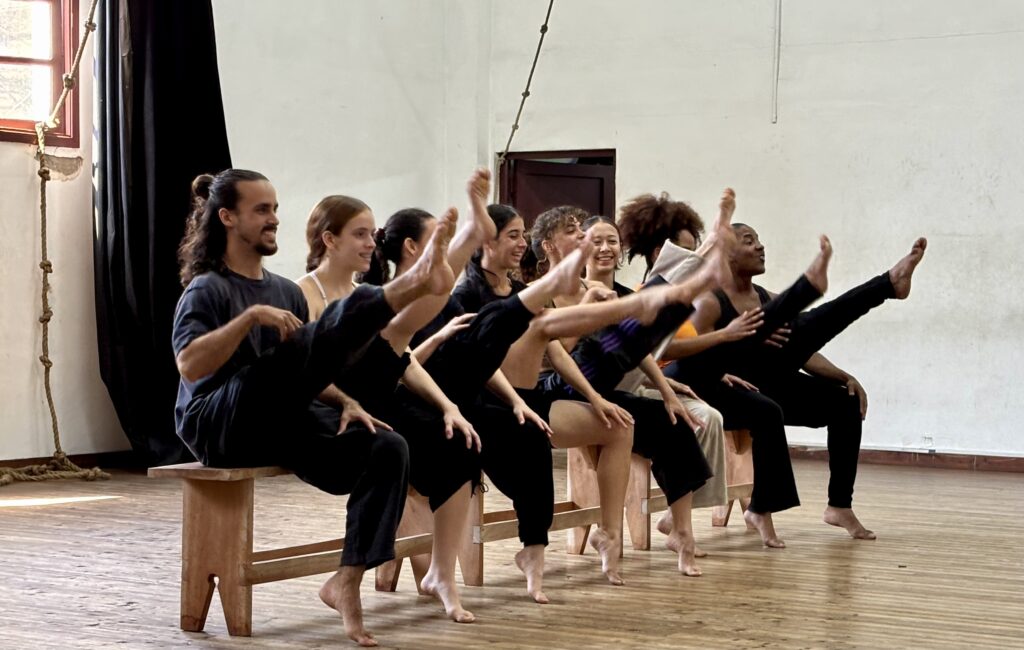
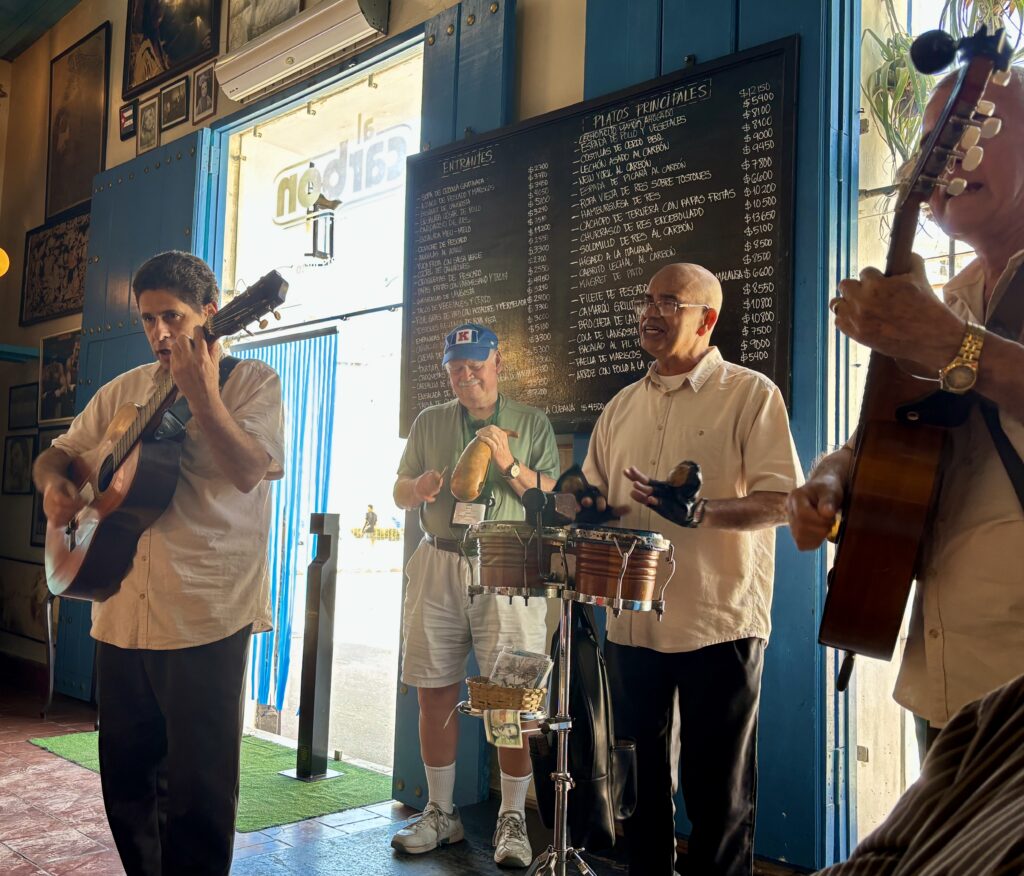
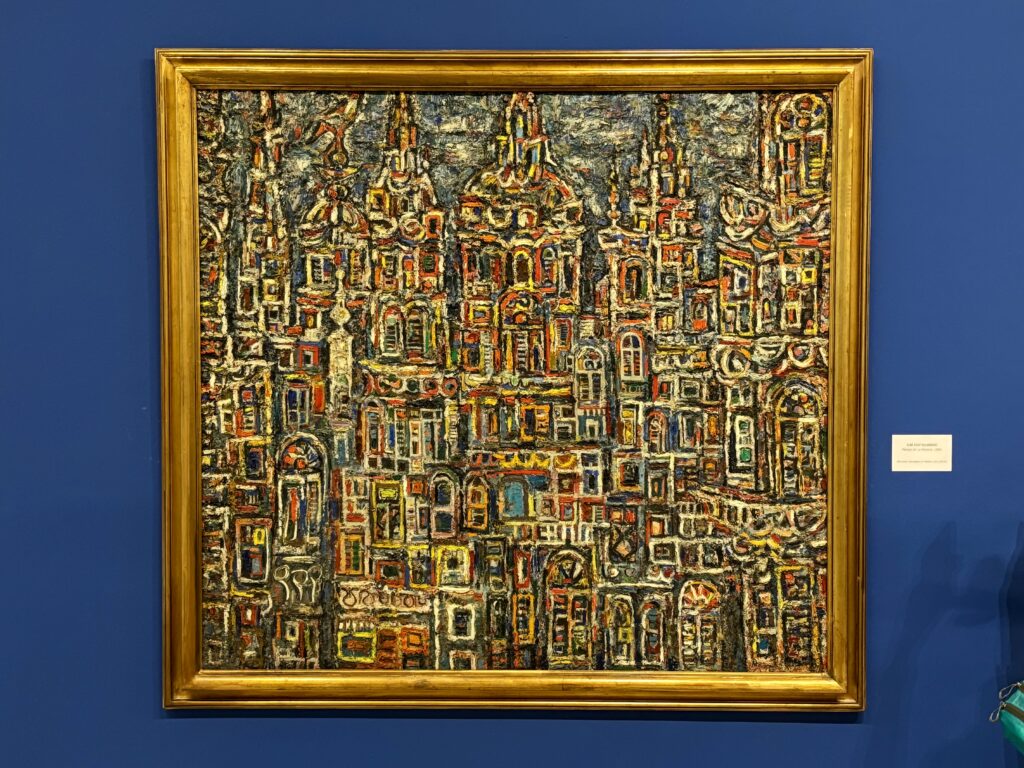
Our final day was a bit less busy. We started with a talk by a retired professor of methodology and gender studies. Her research focused on women and employment and images of Cuban women in mass media. She pointed out the vast disparity between current expectations for men and women with women still being expected to both work and be 100% responsible for the household. This is especially notable since women have a higher employment rate (currently 60% of doctors are women) and both sexes have an equal salary rate.
